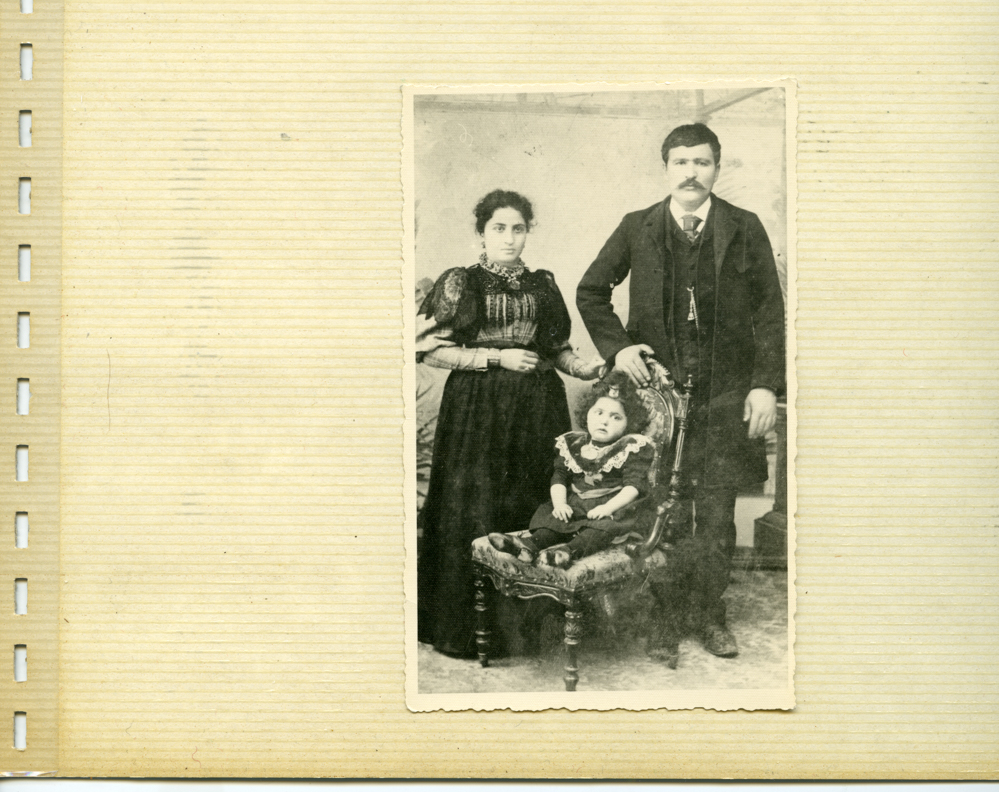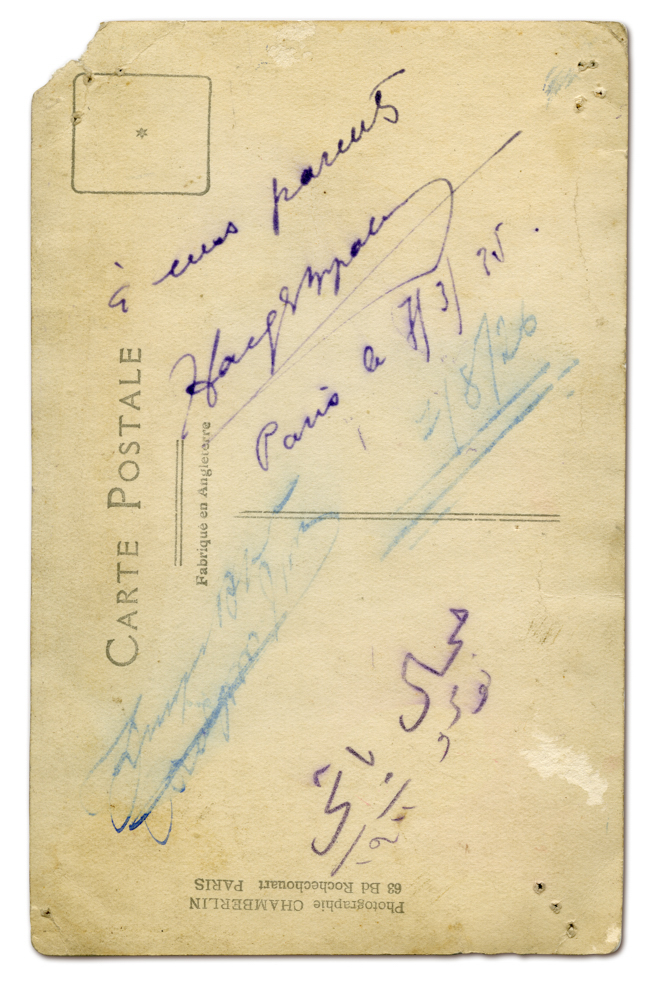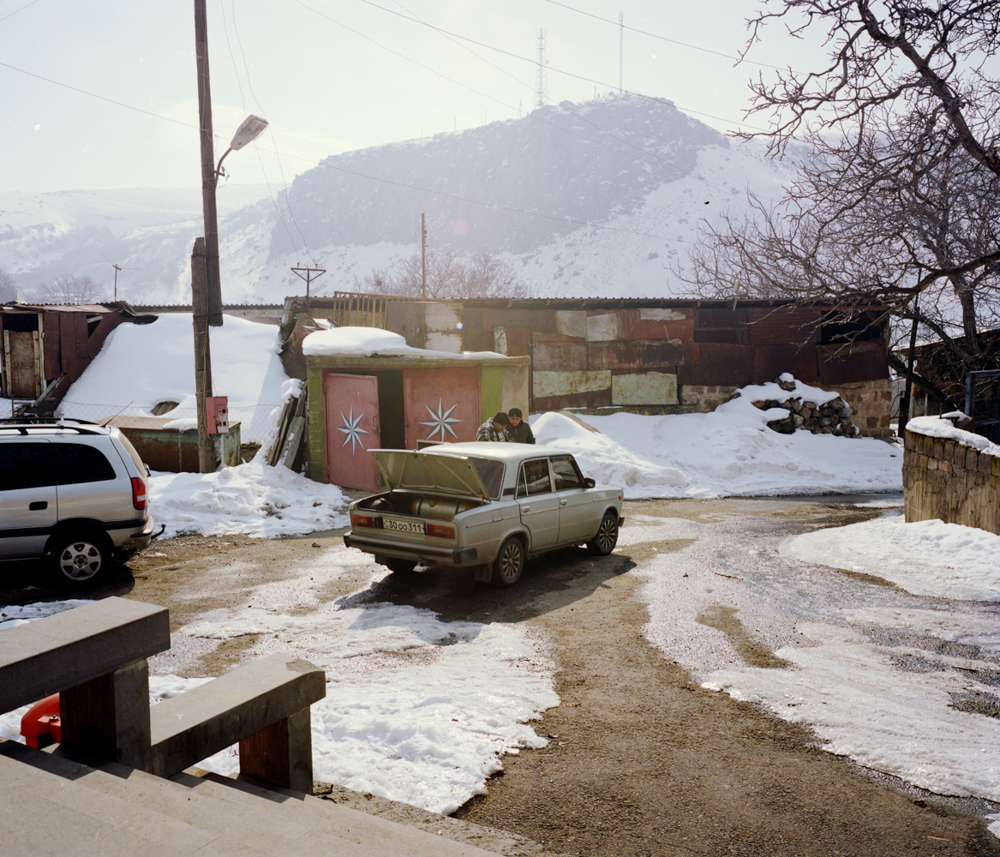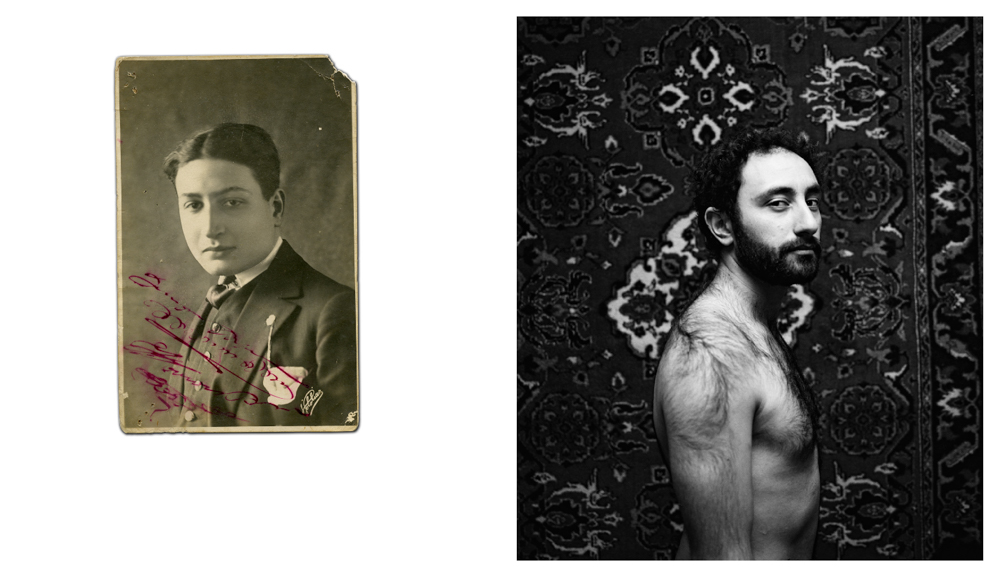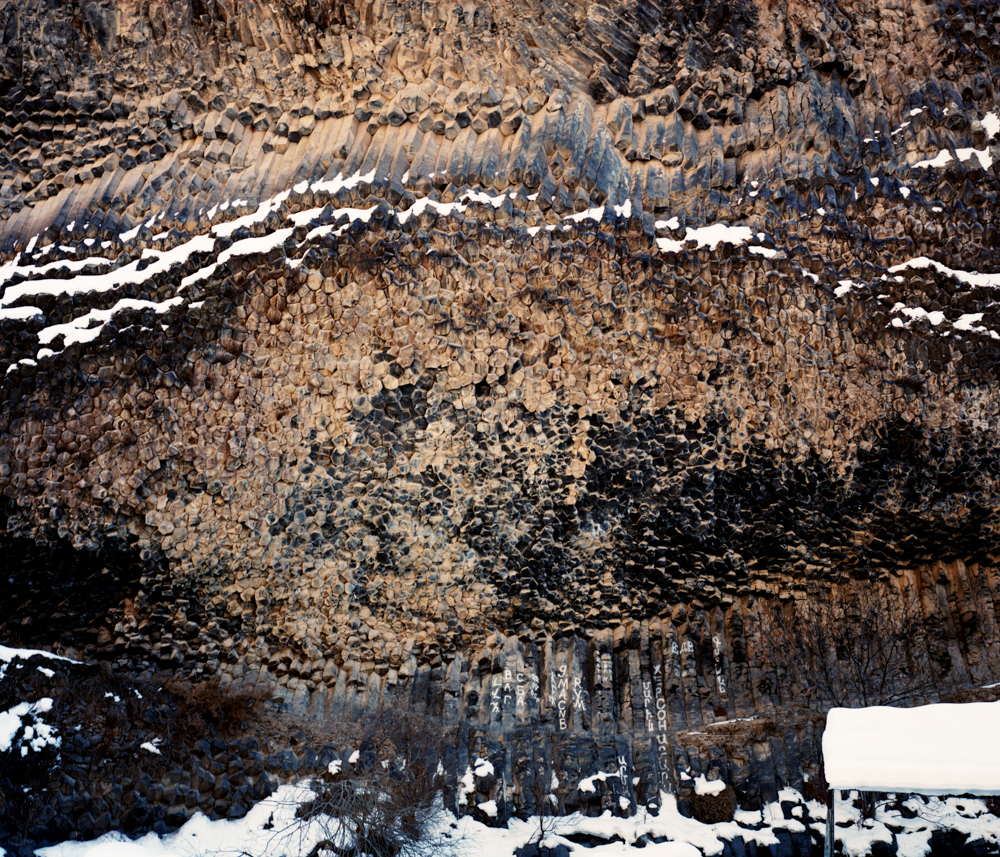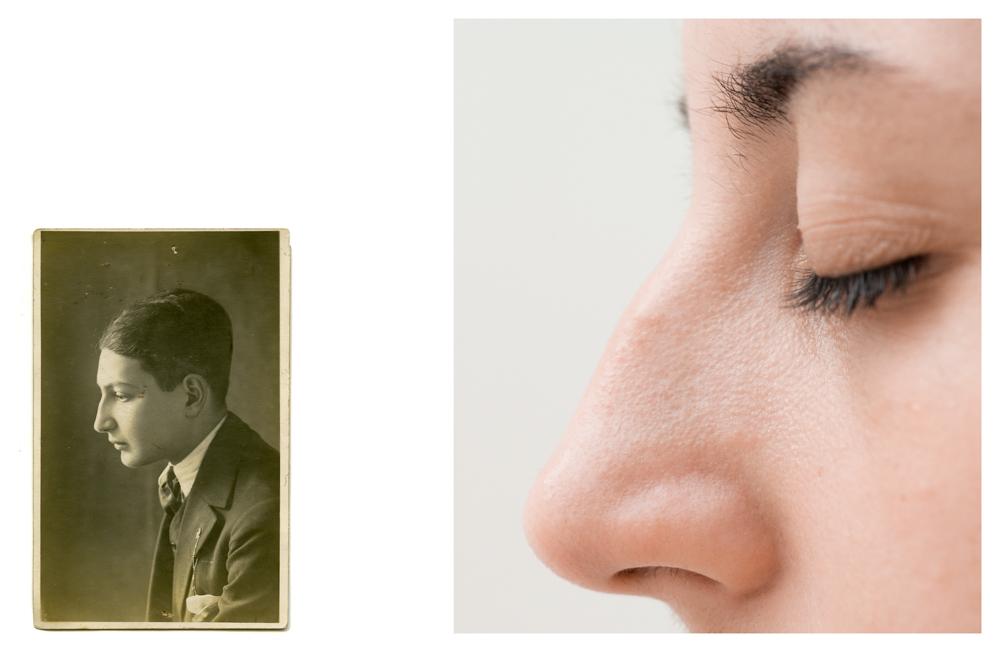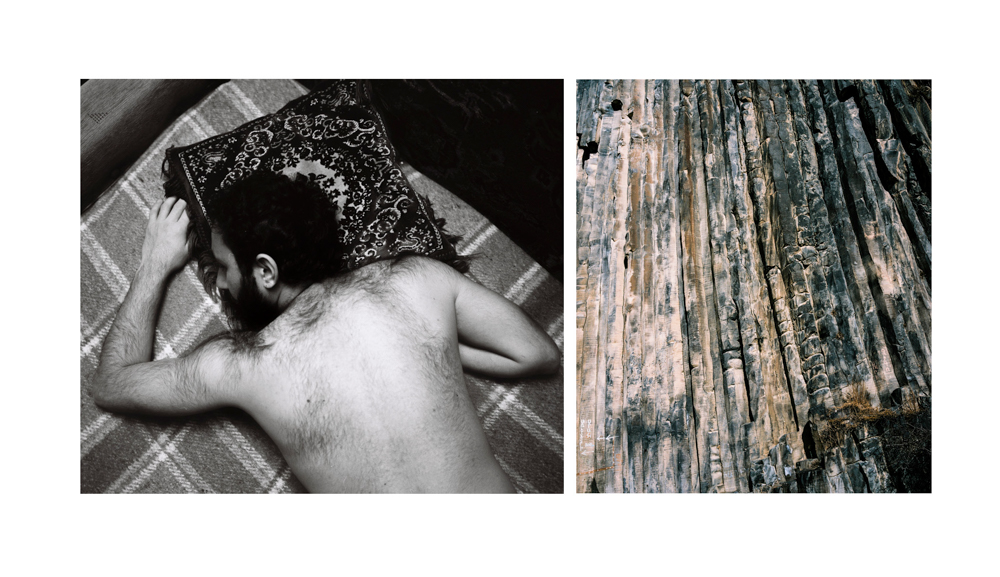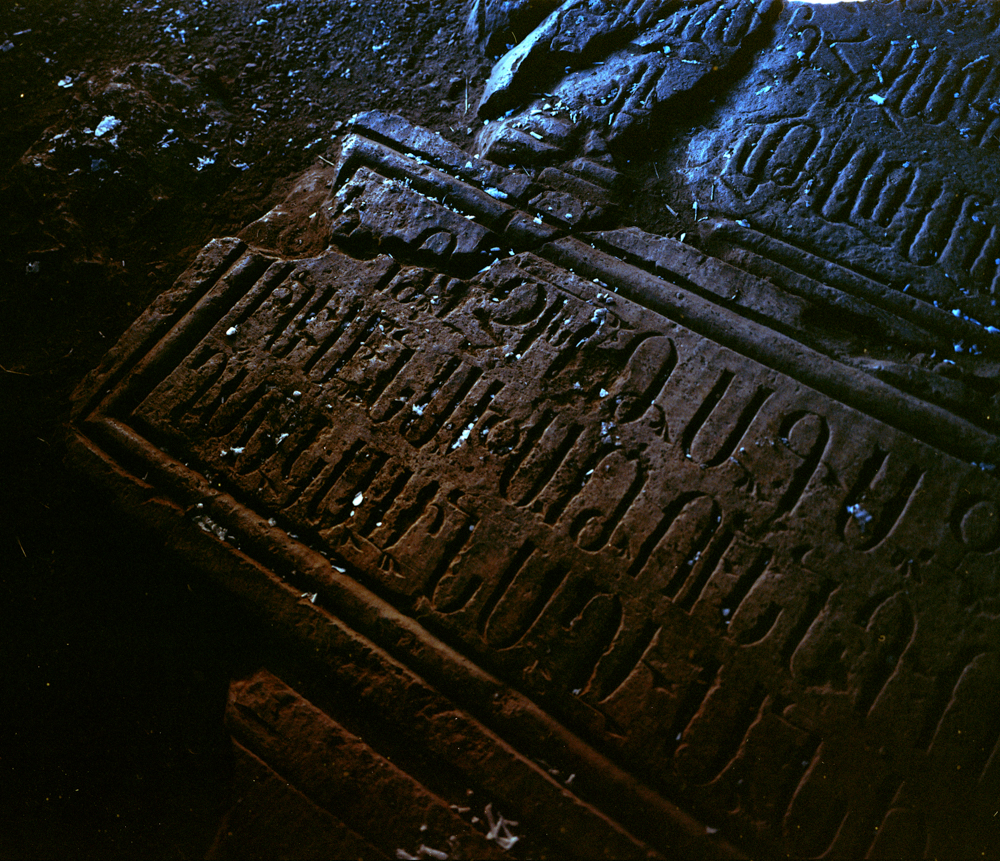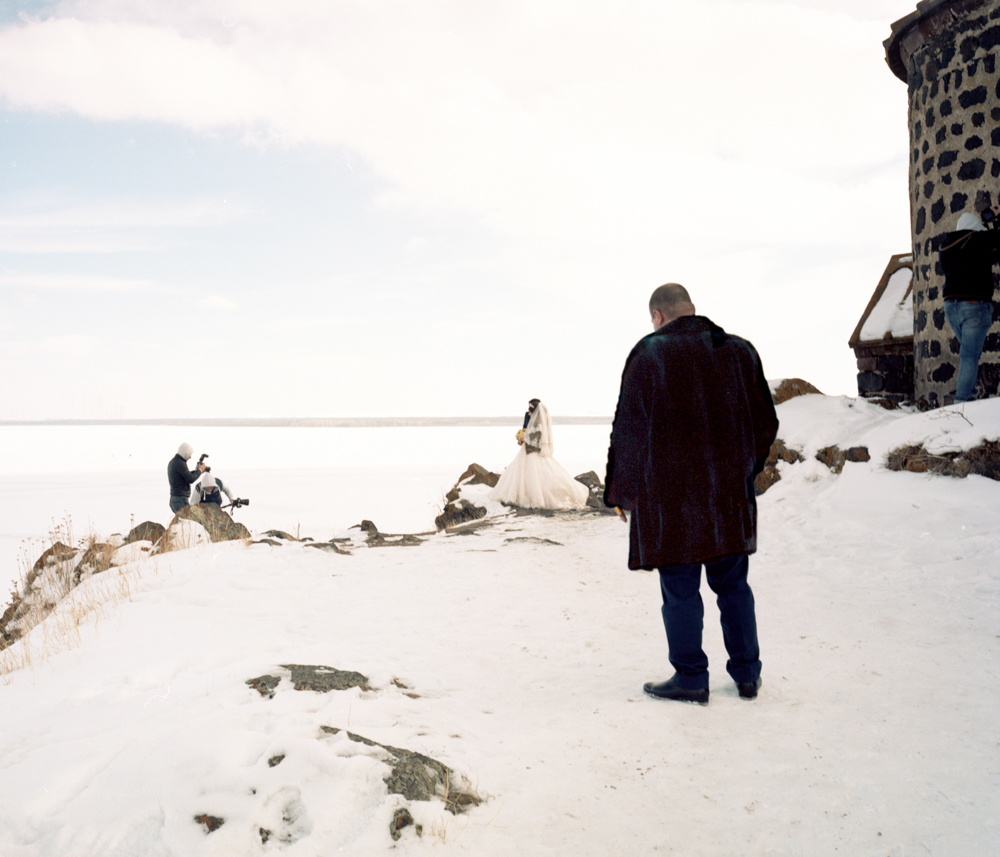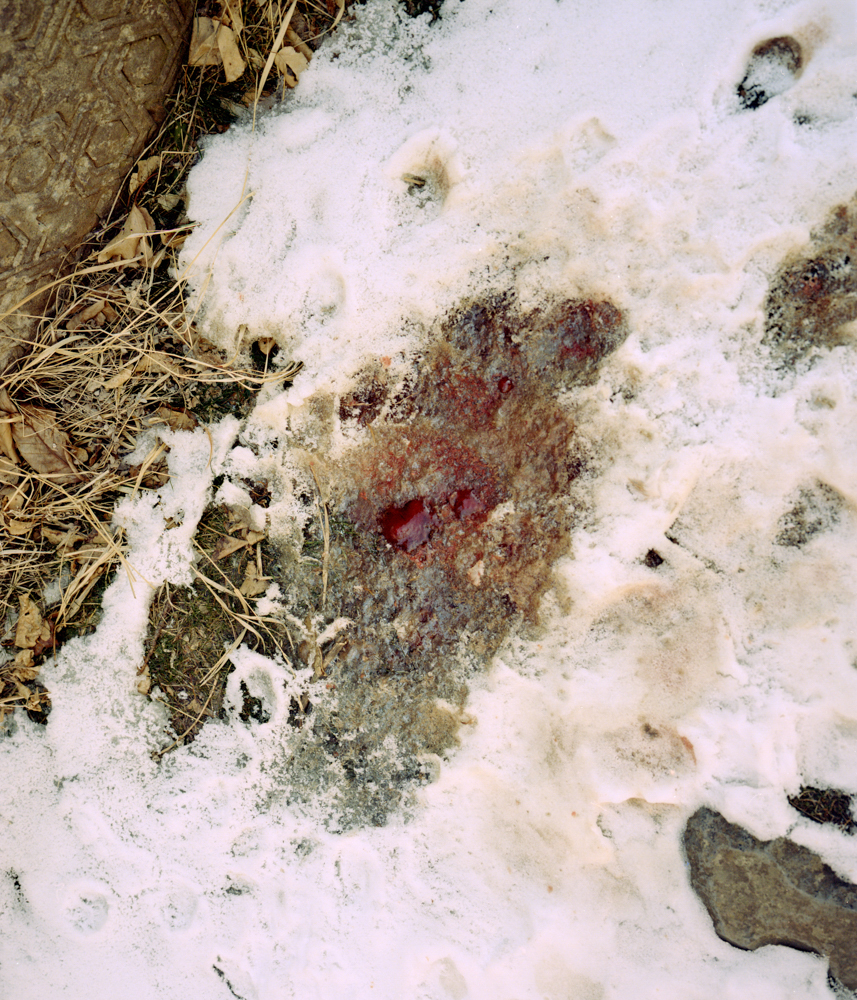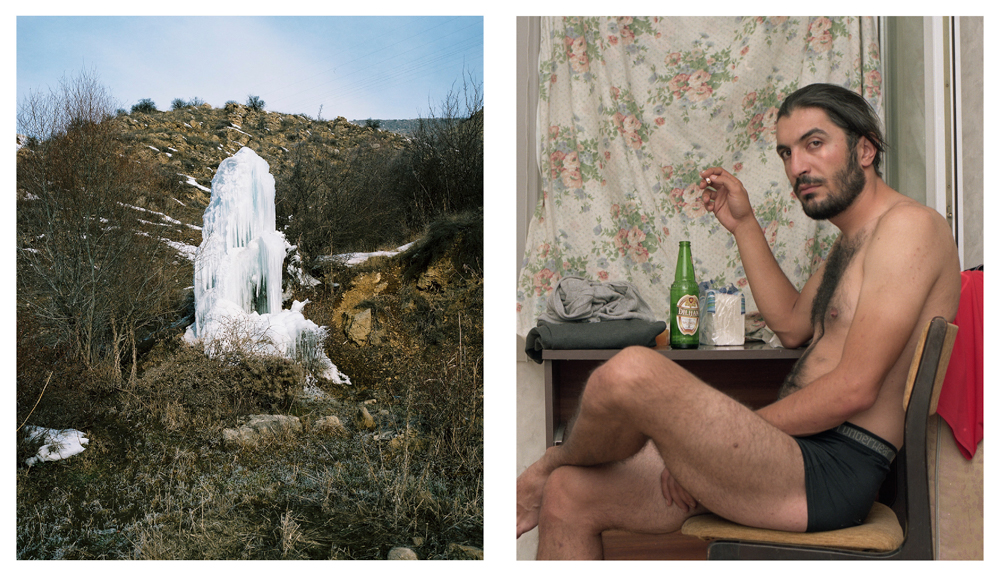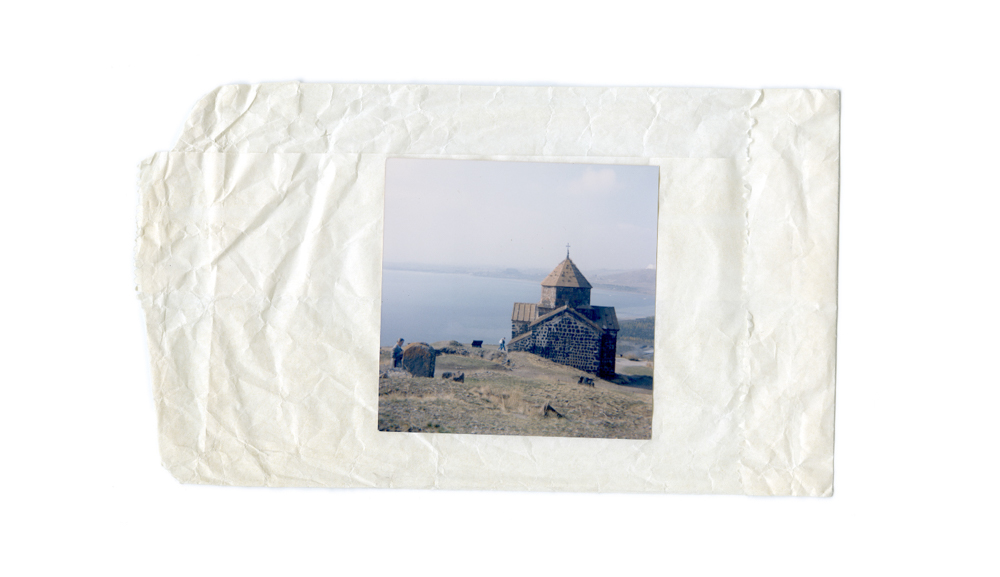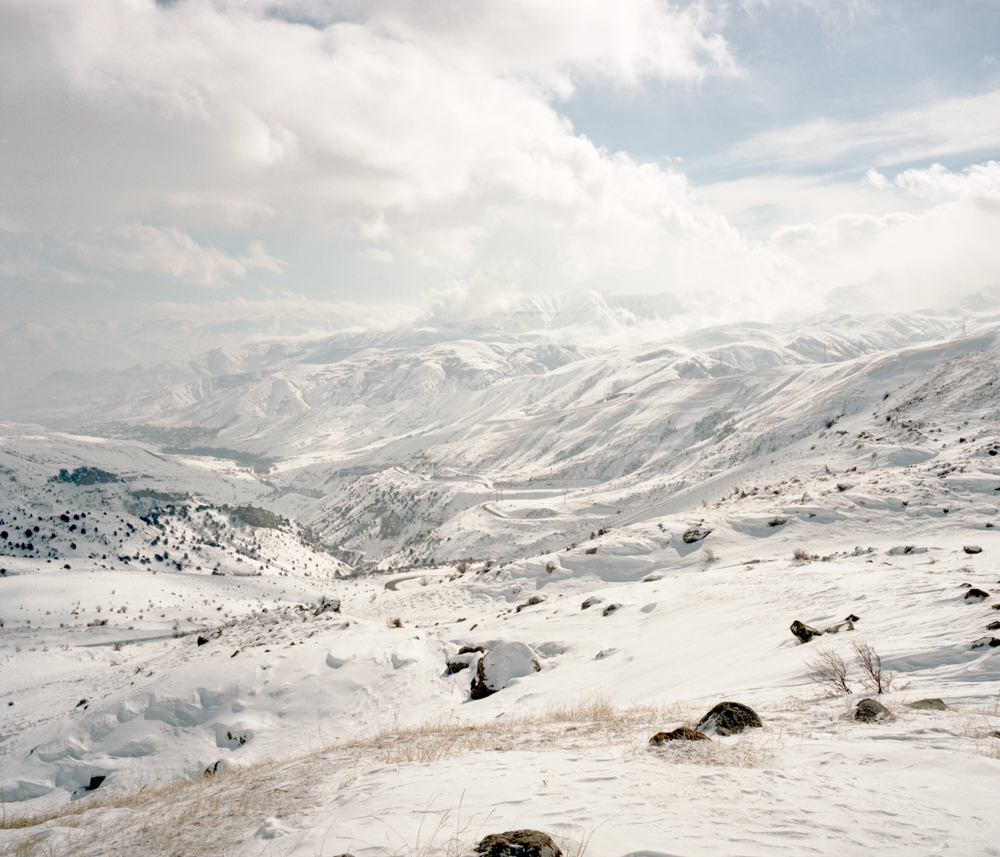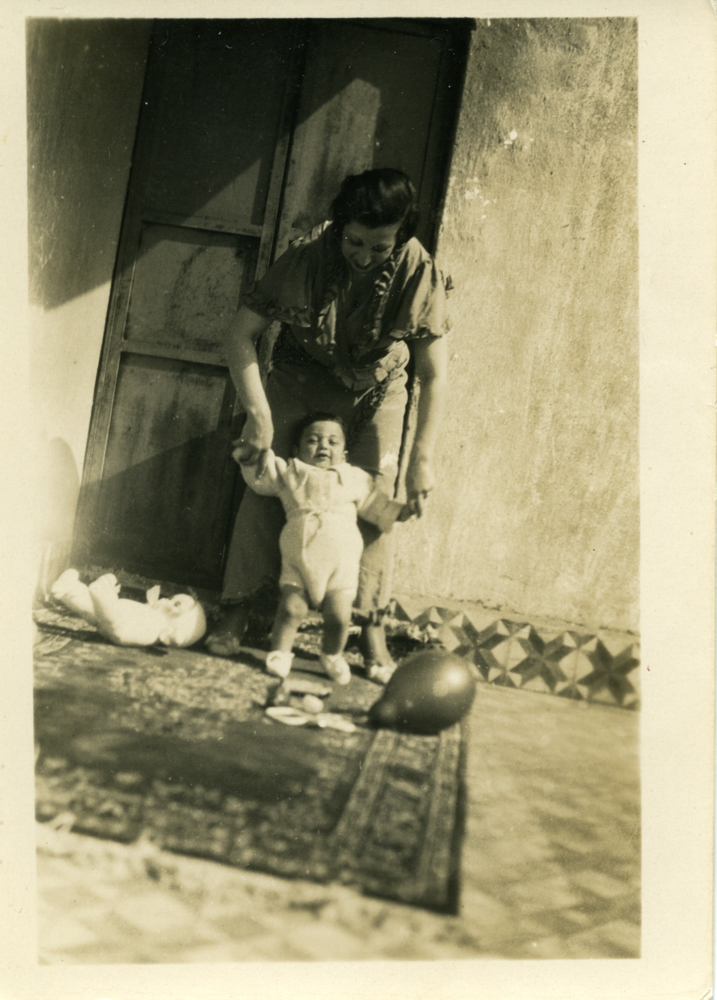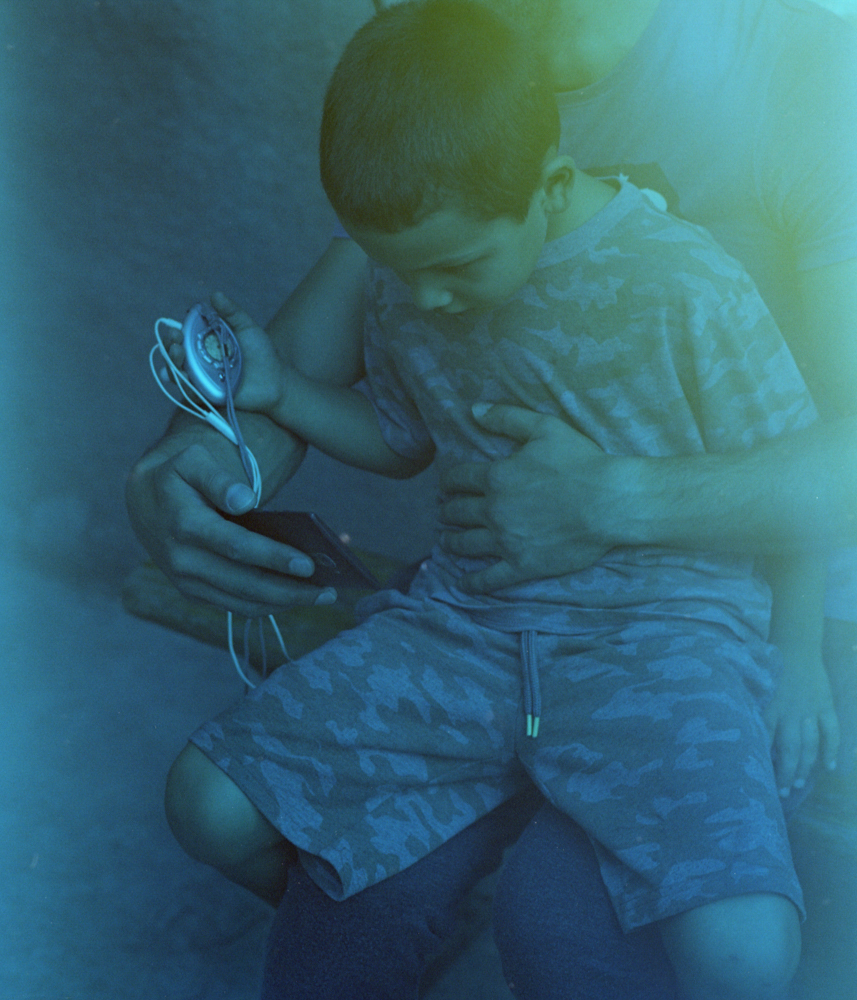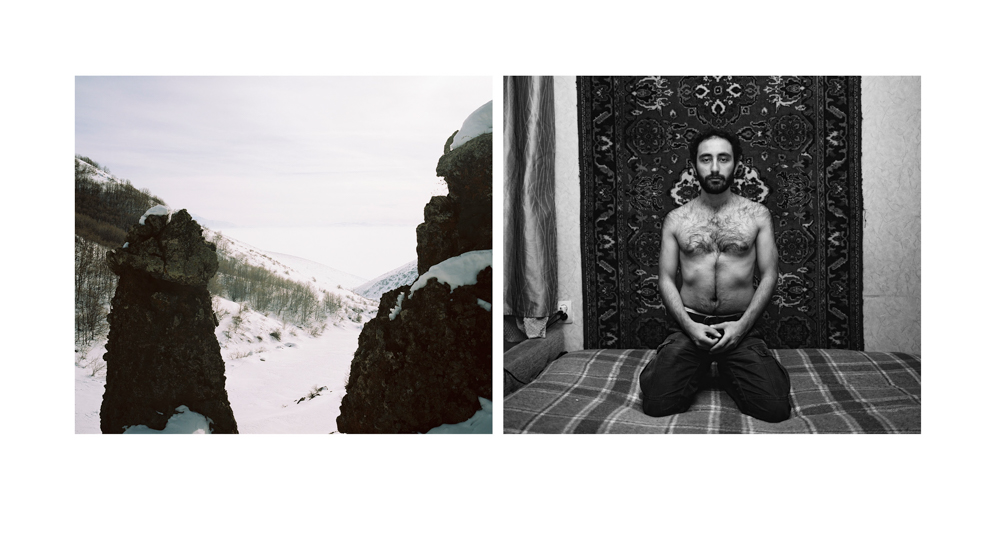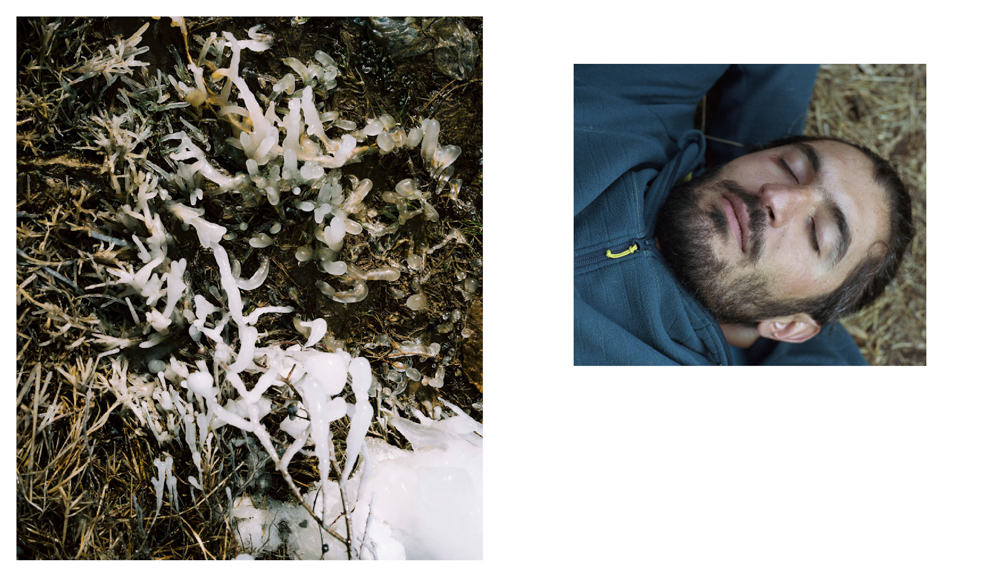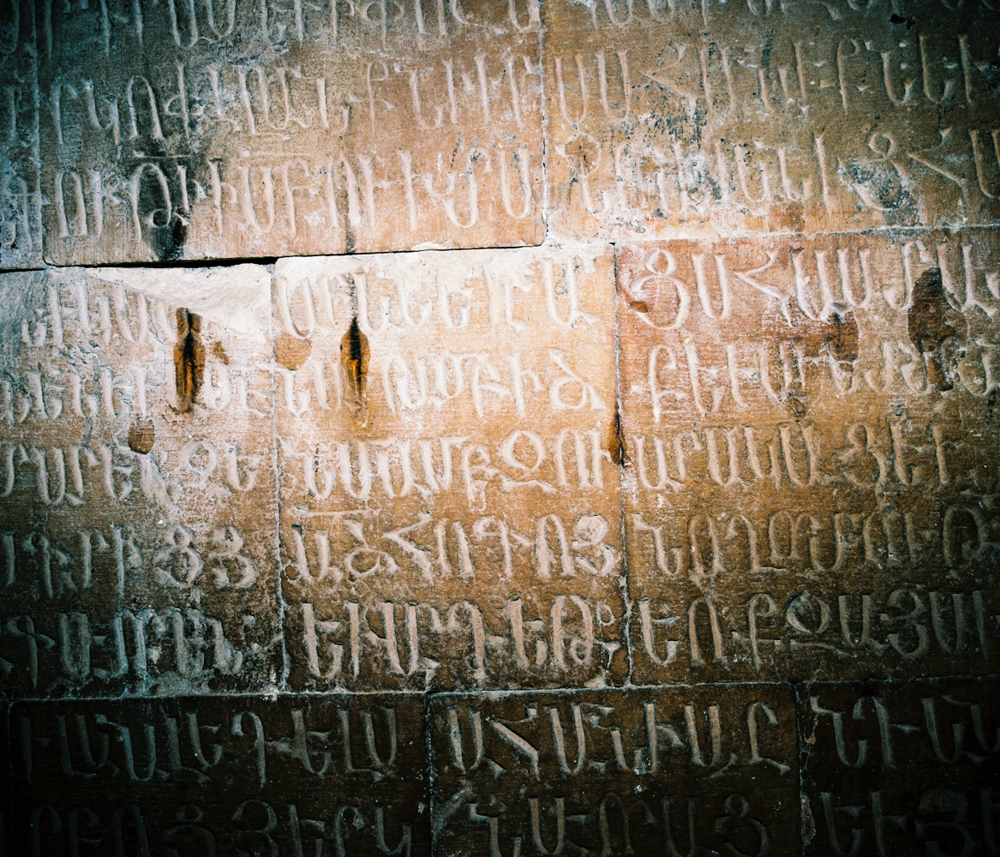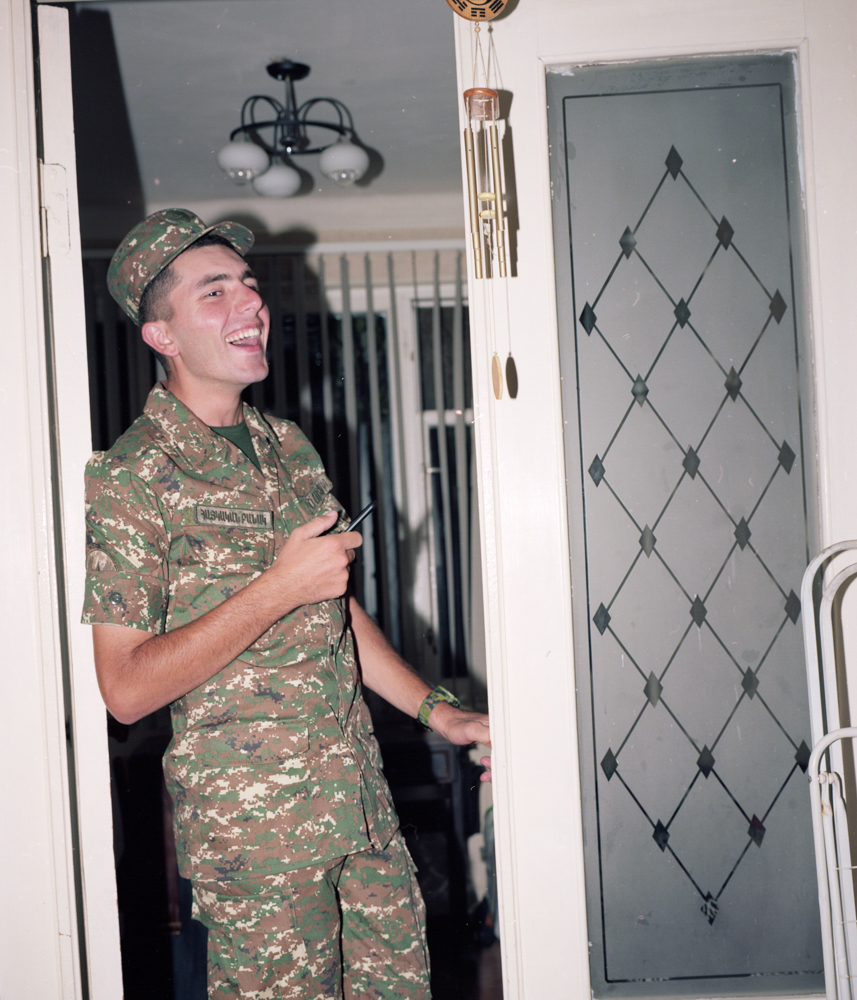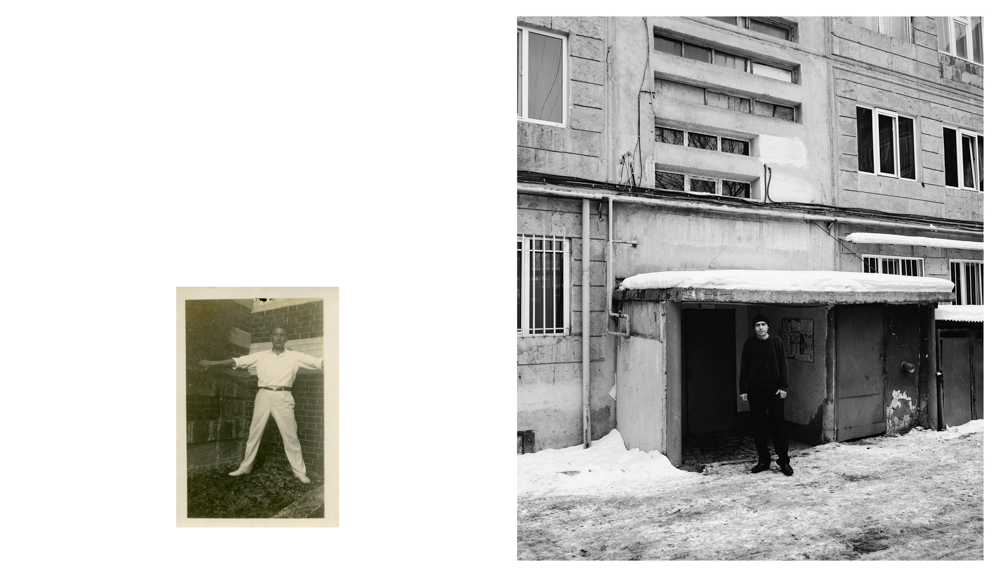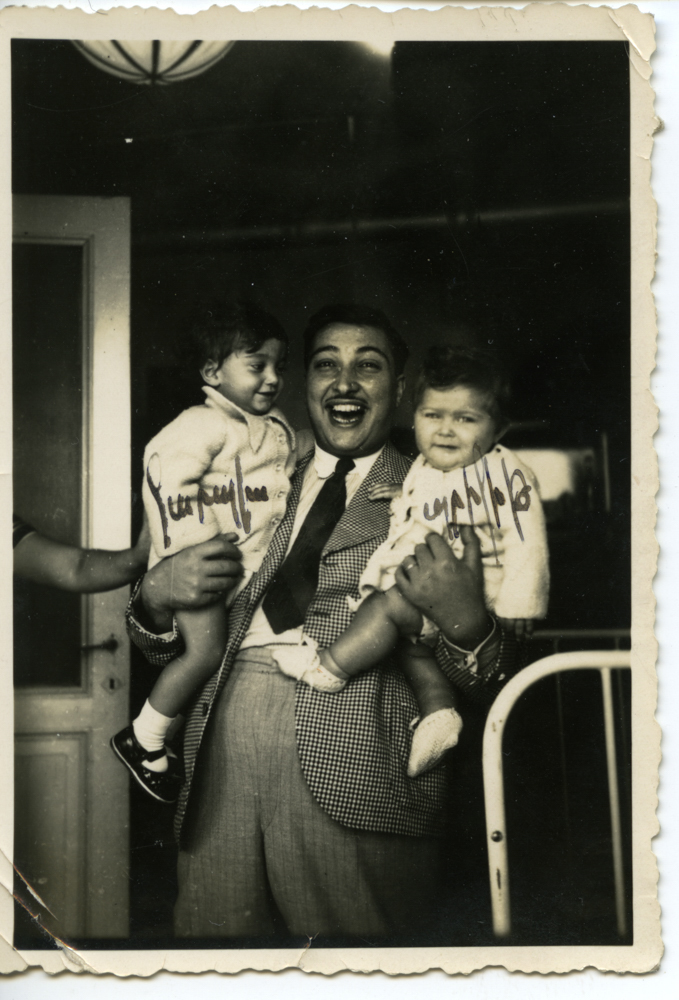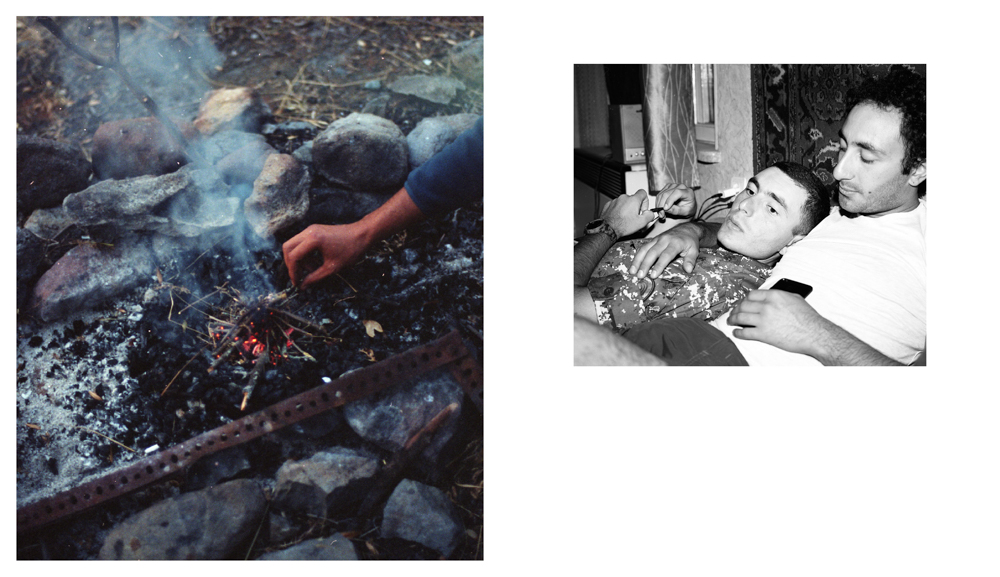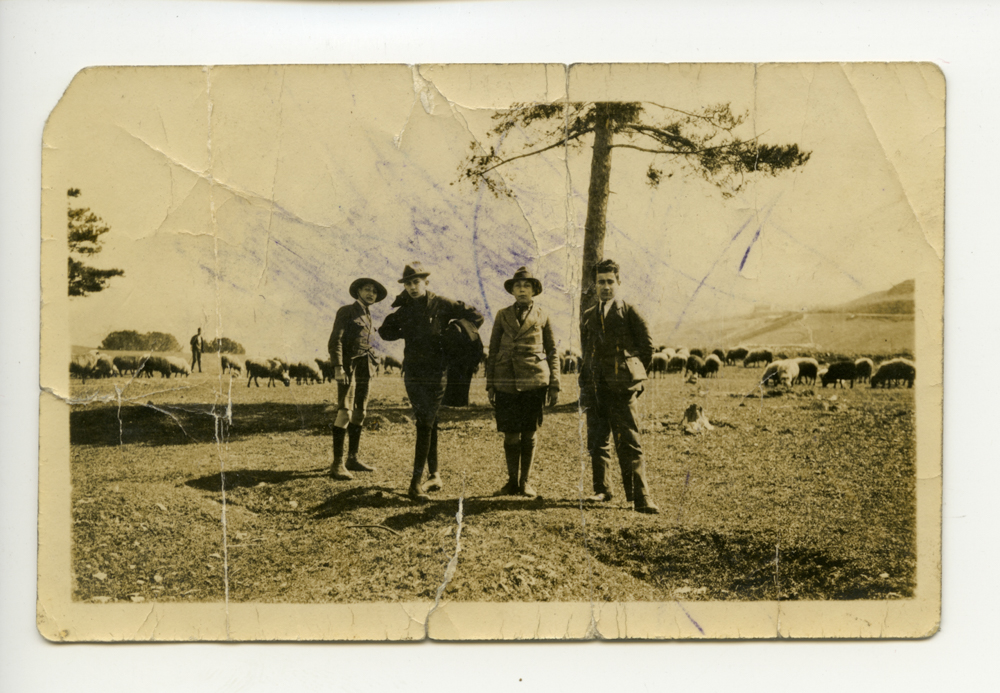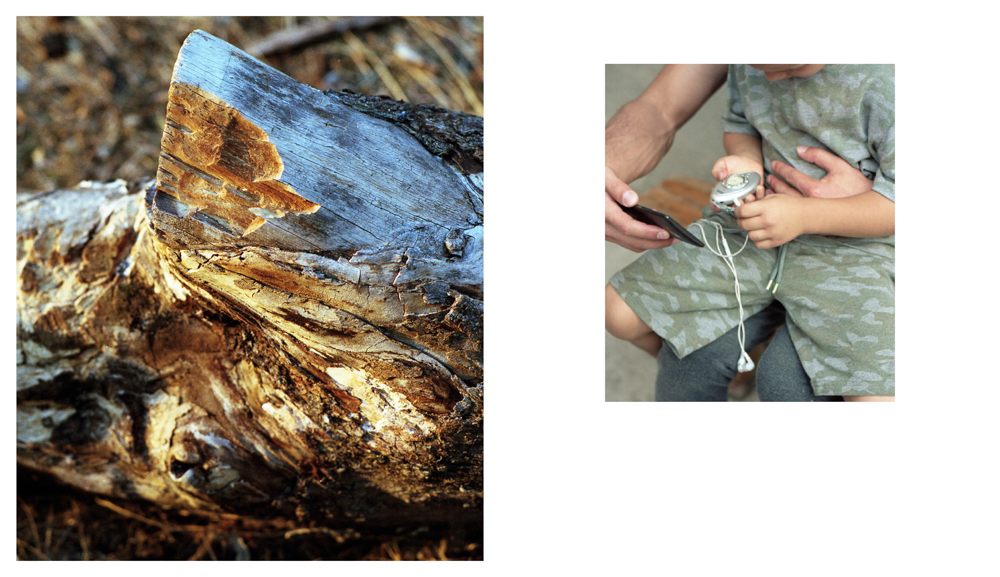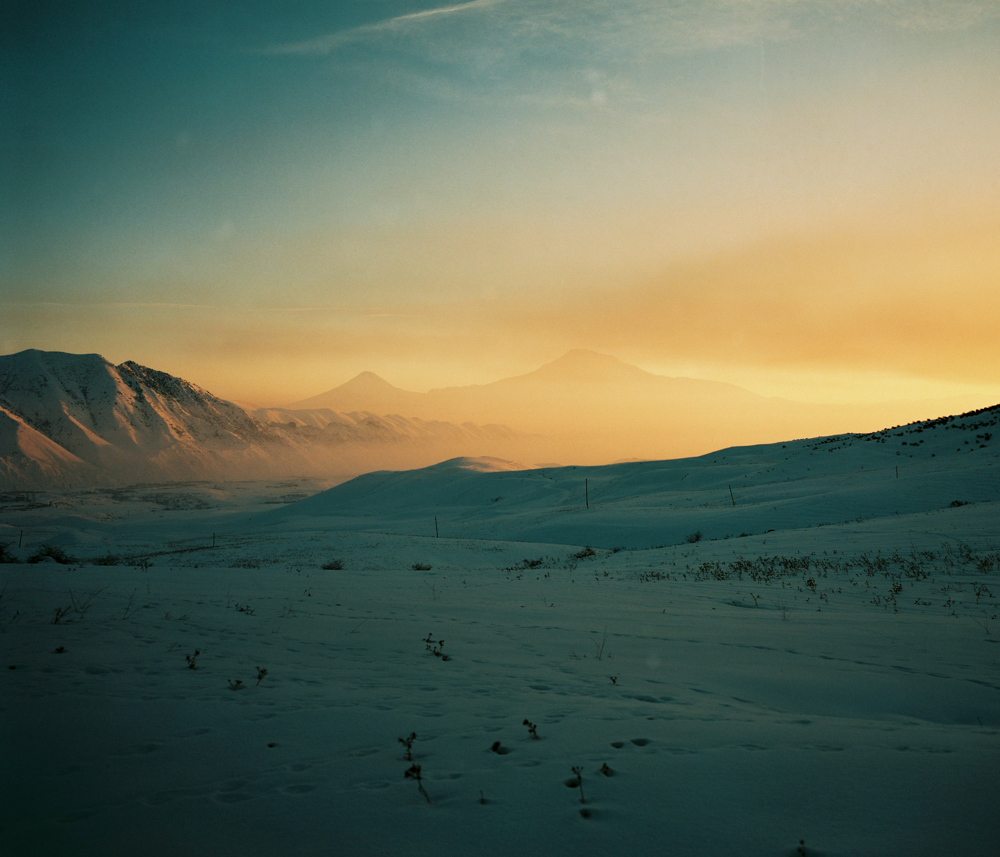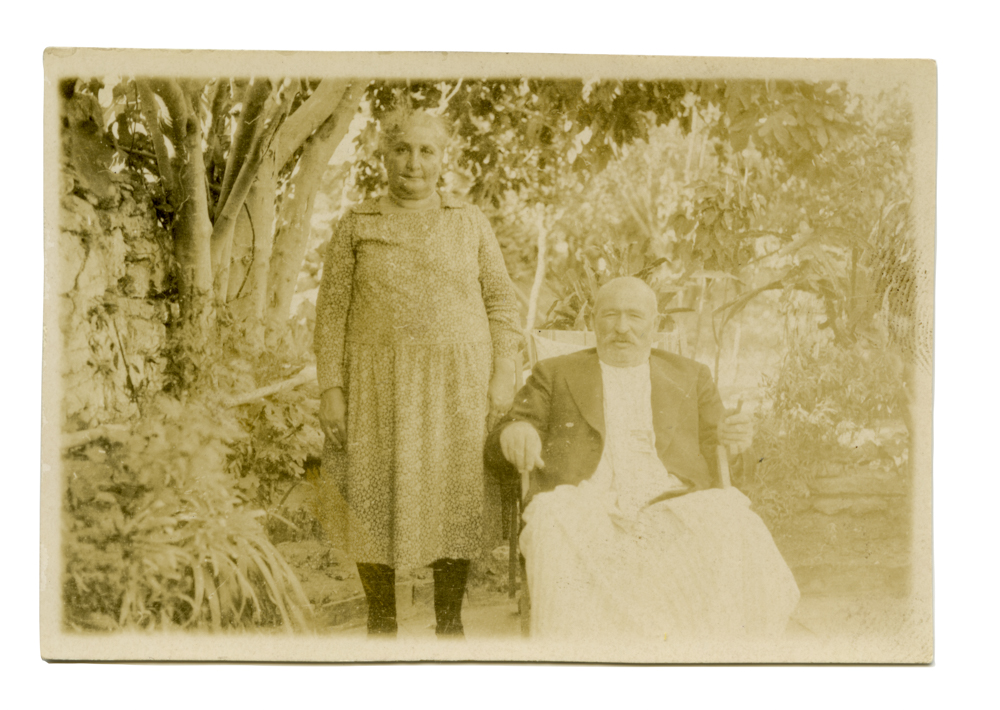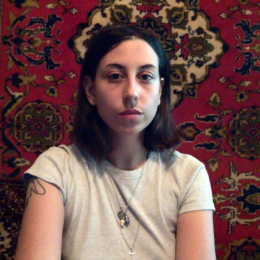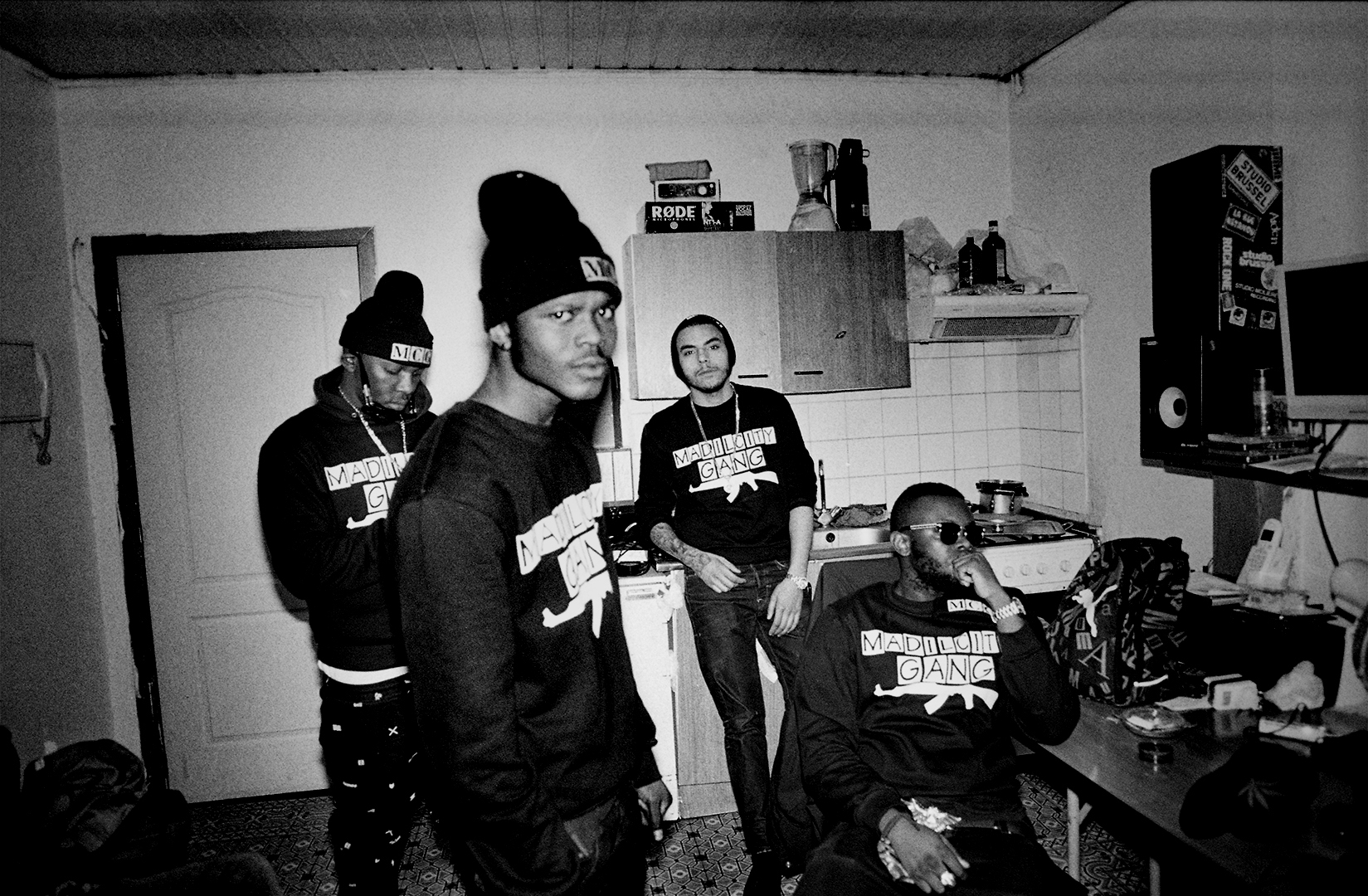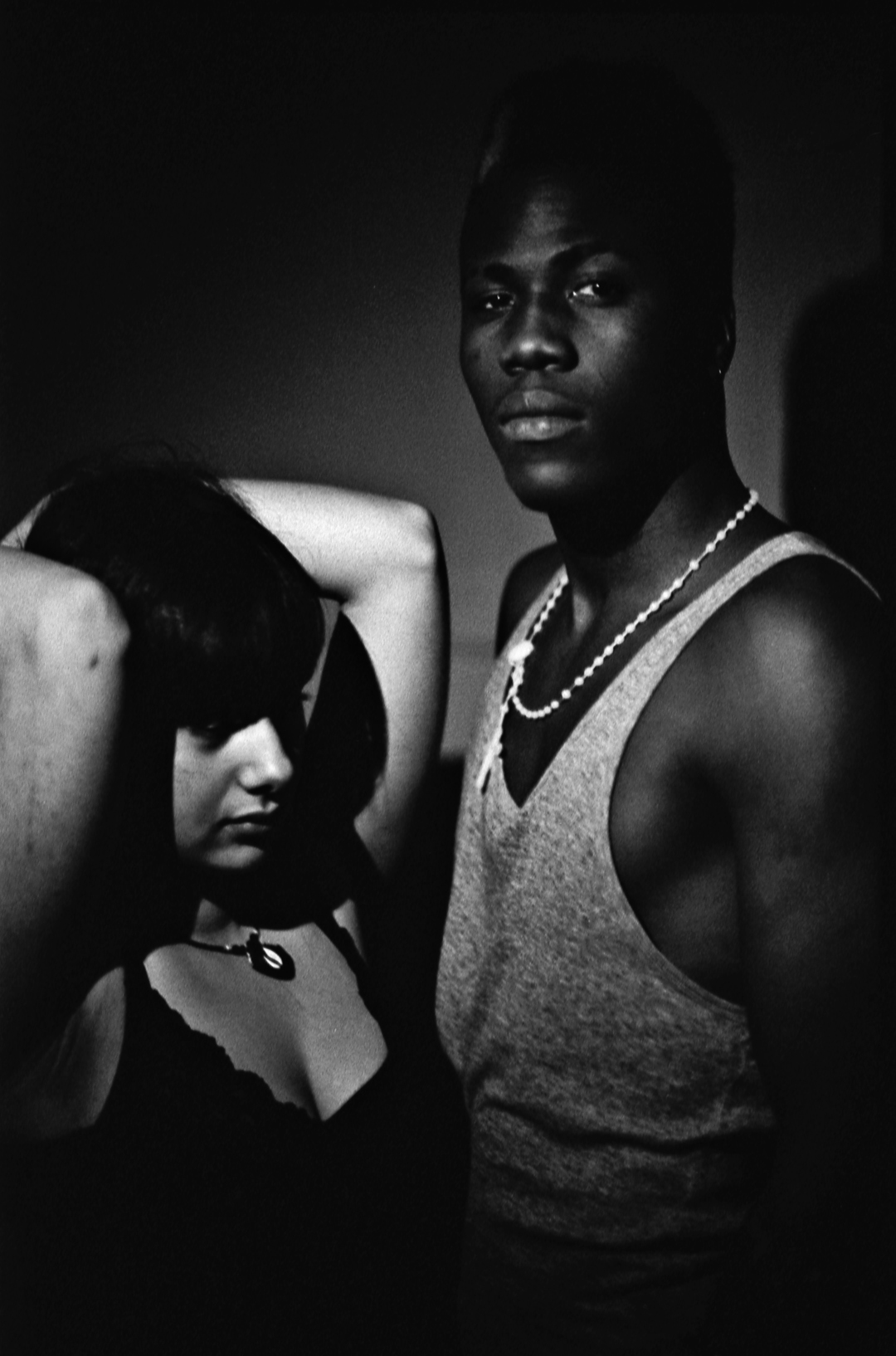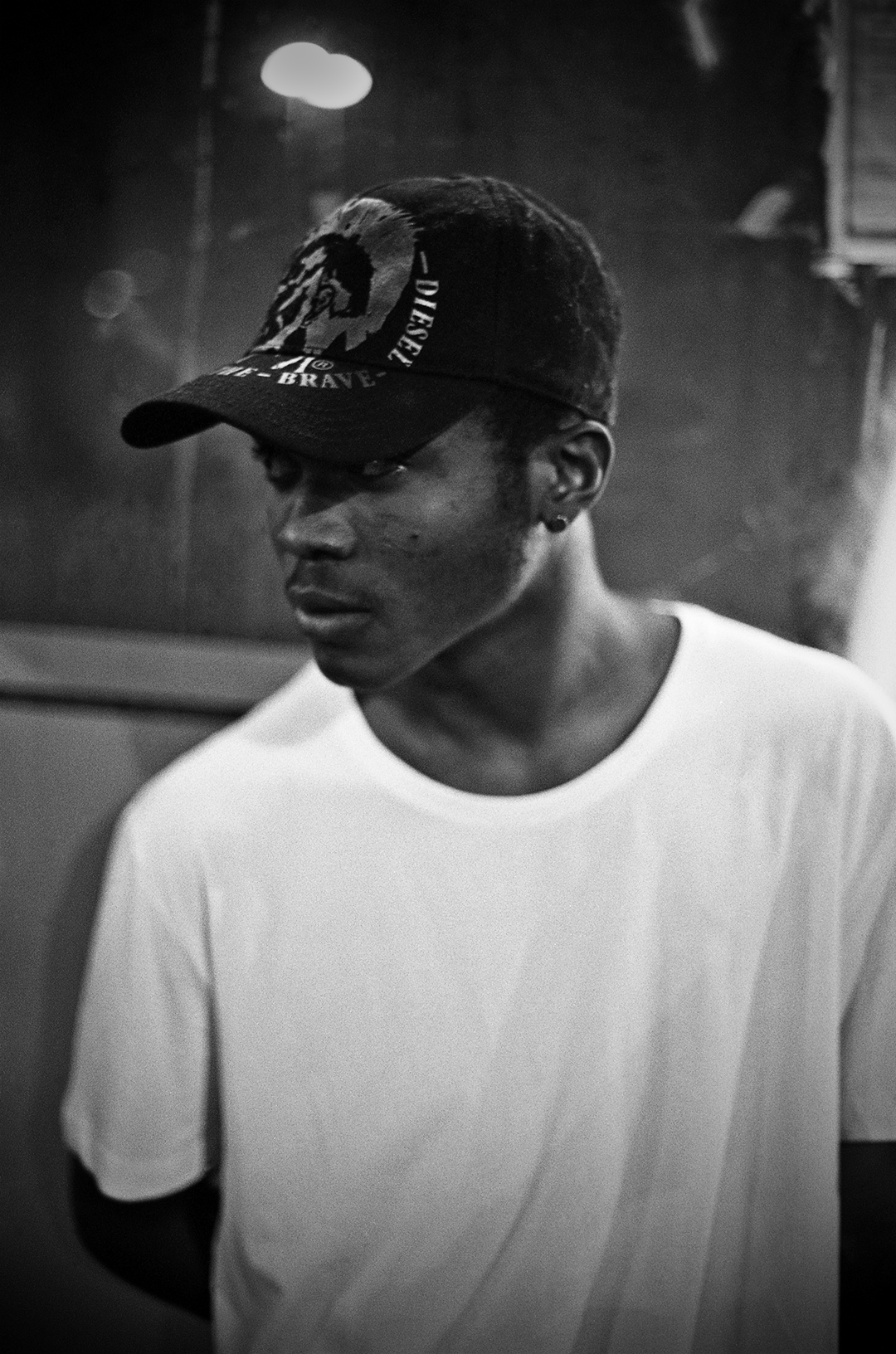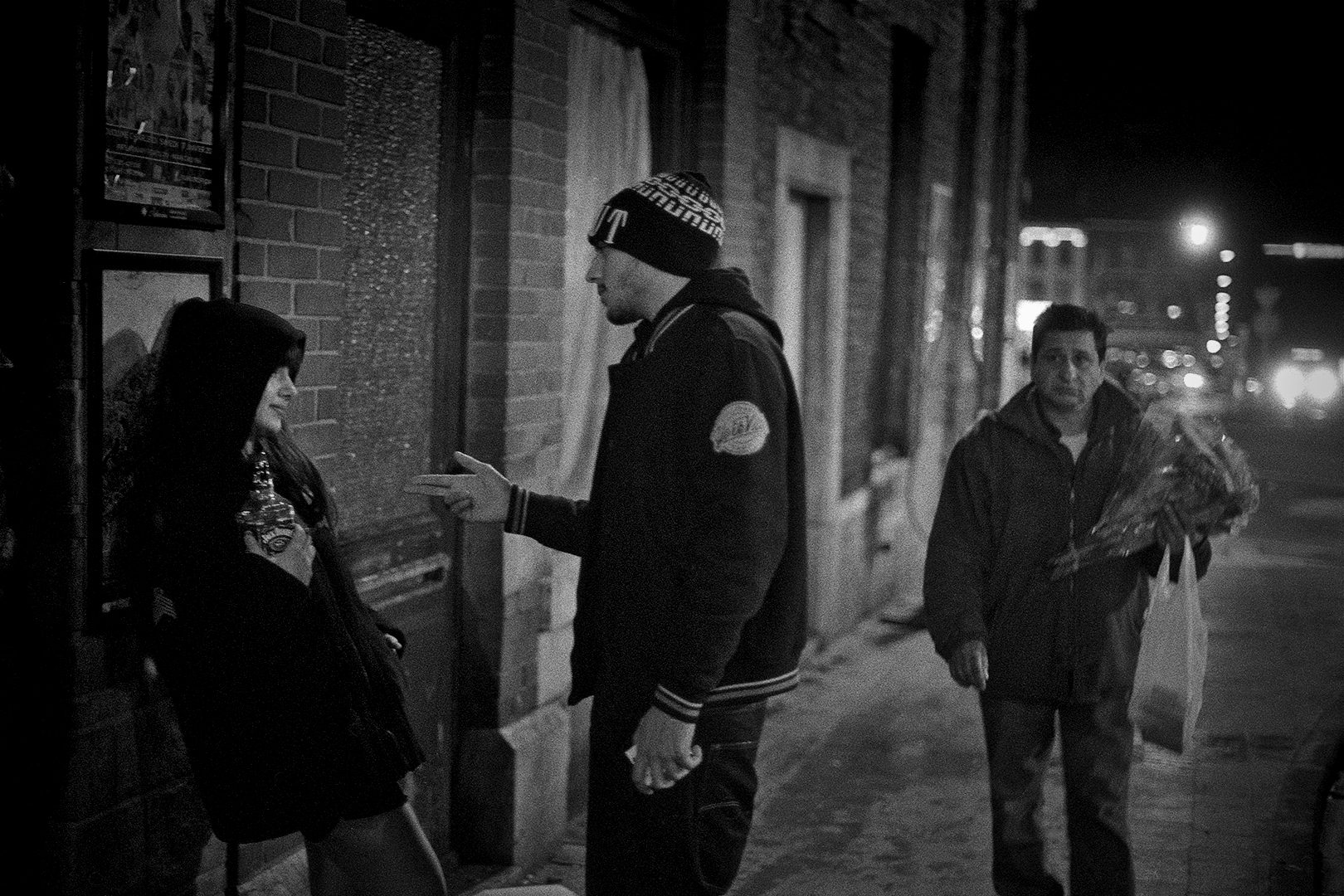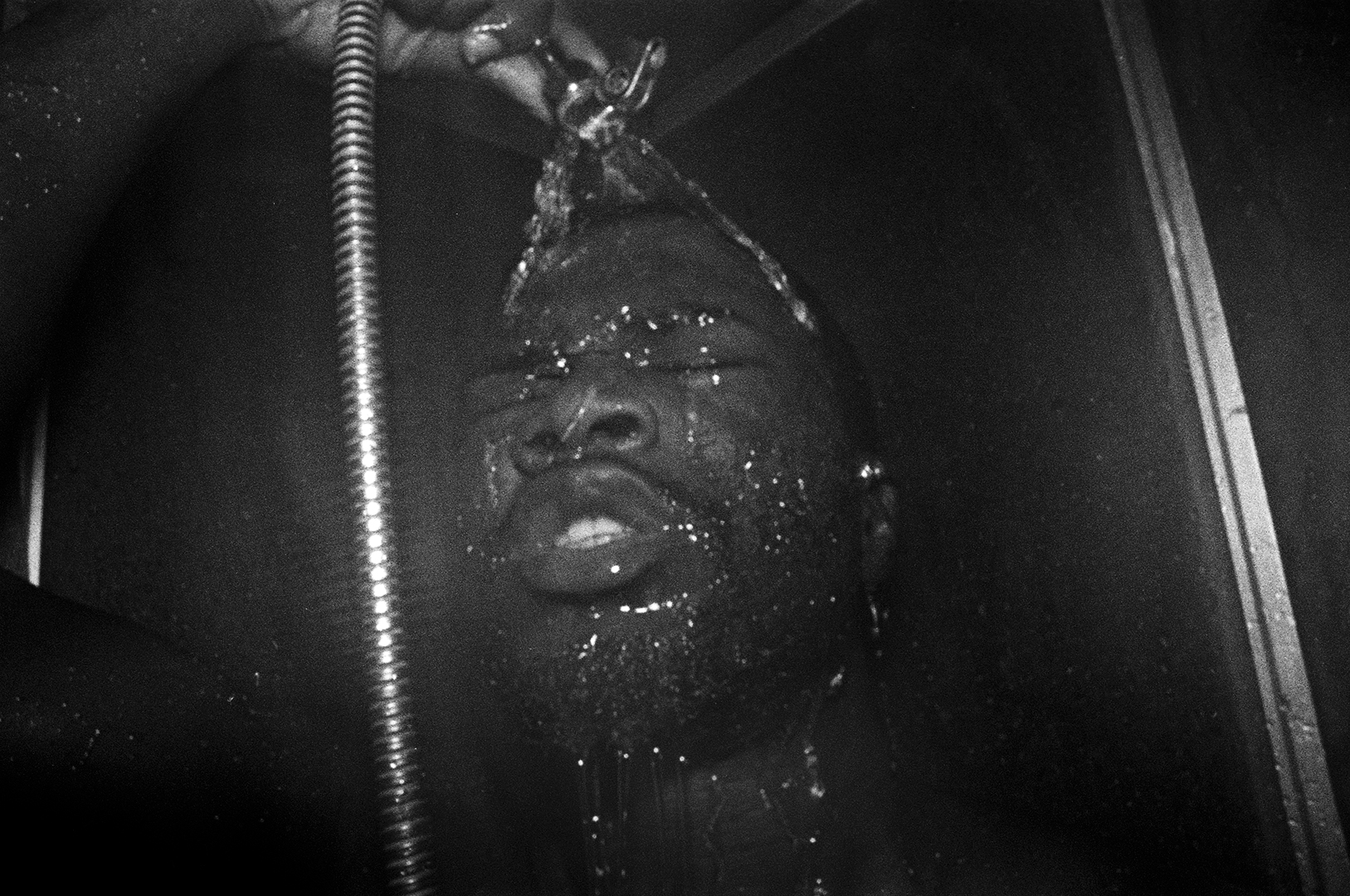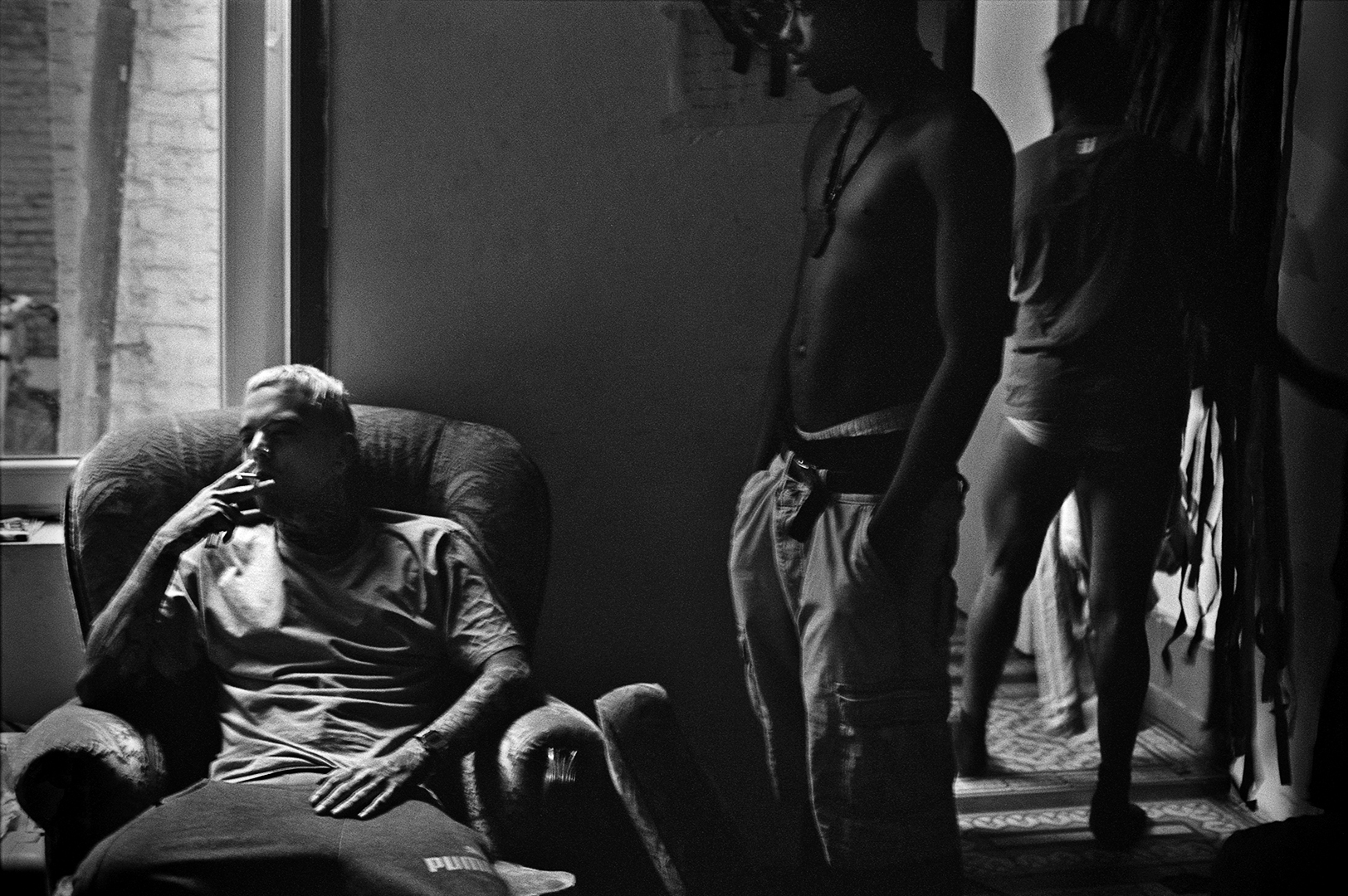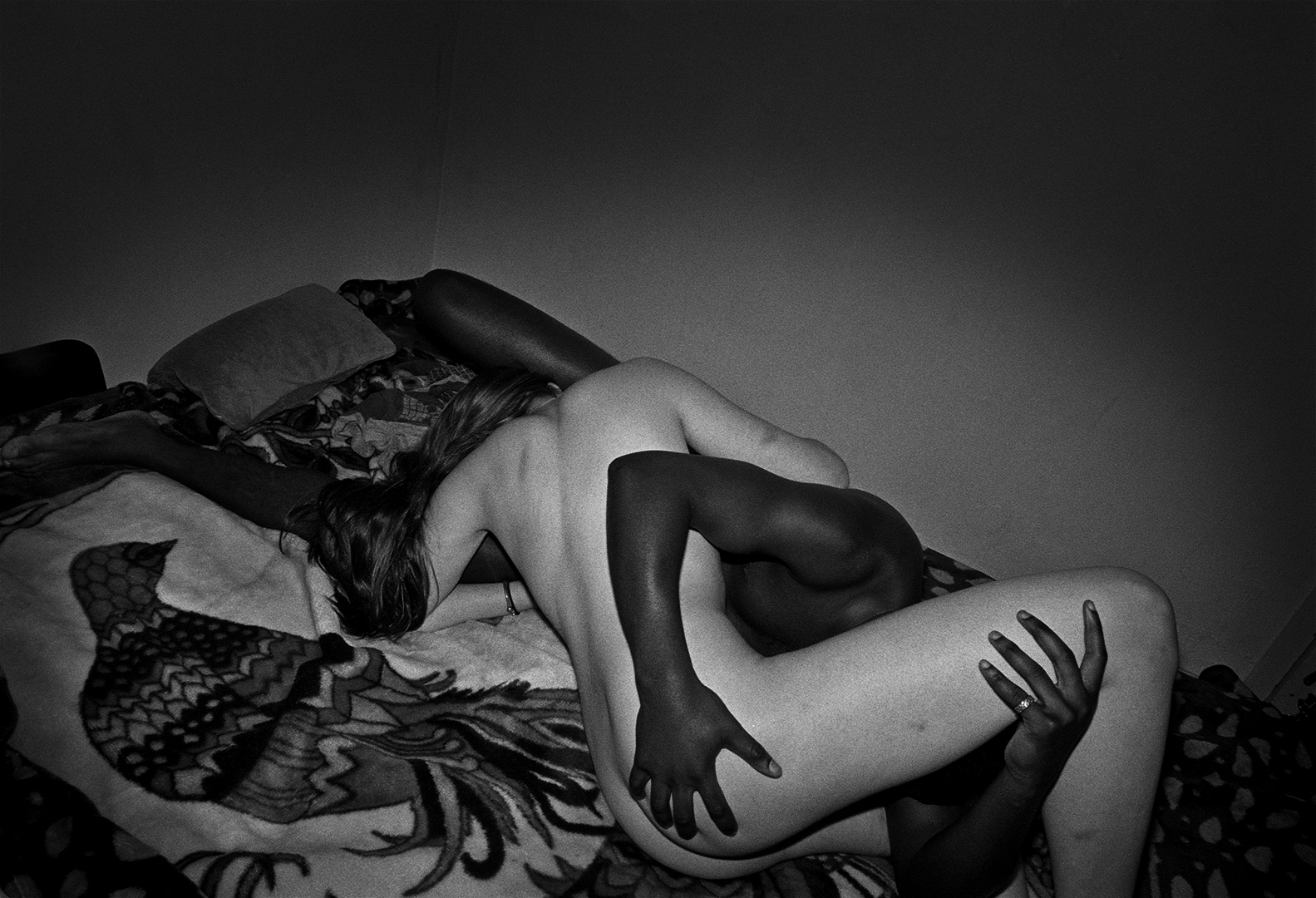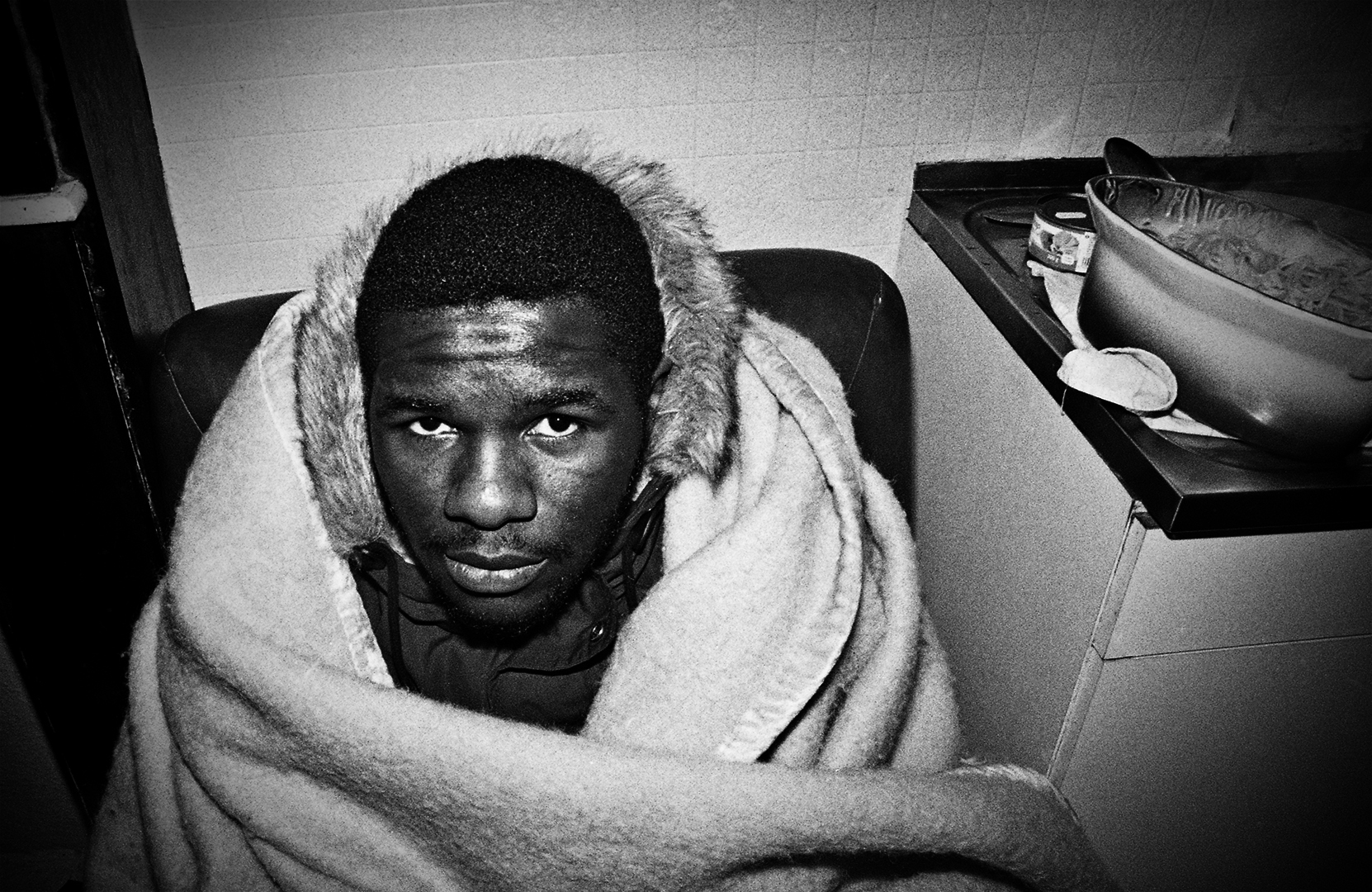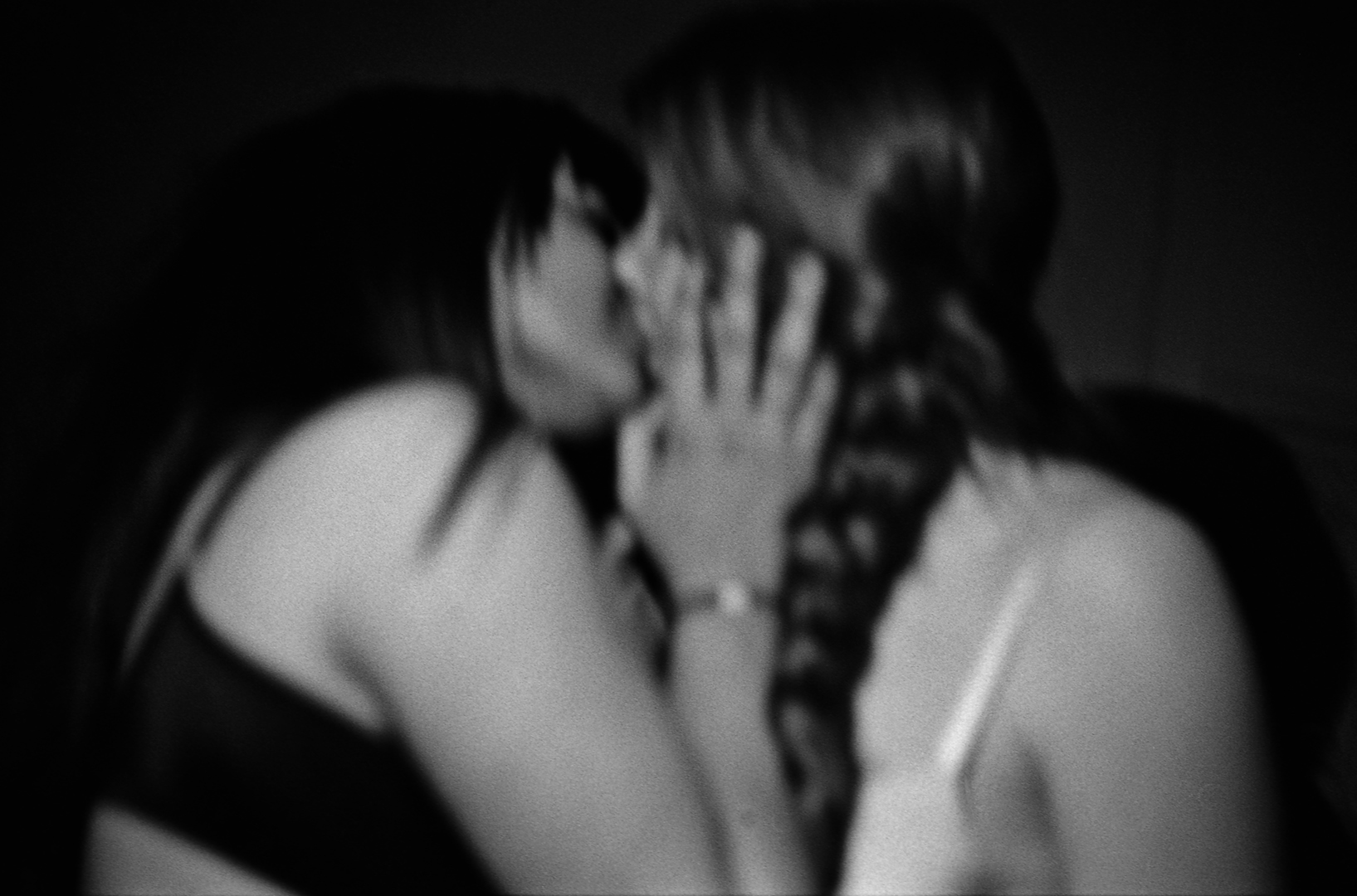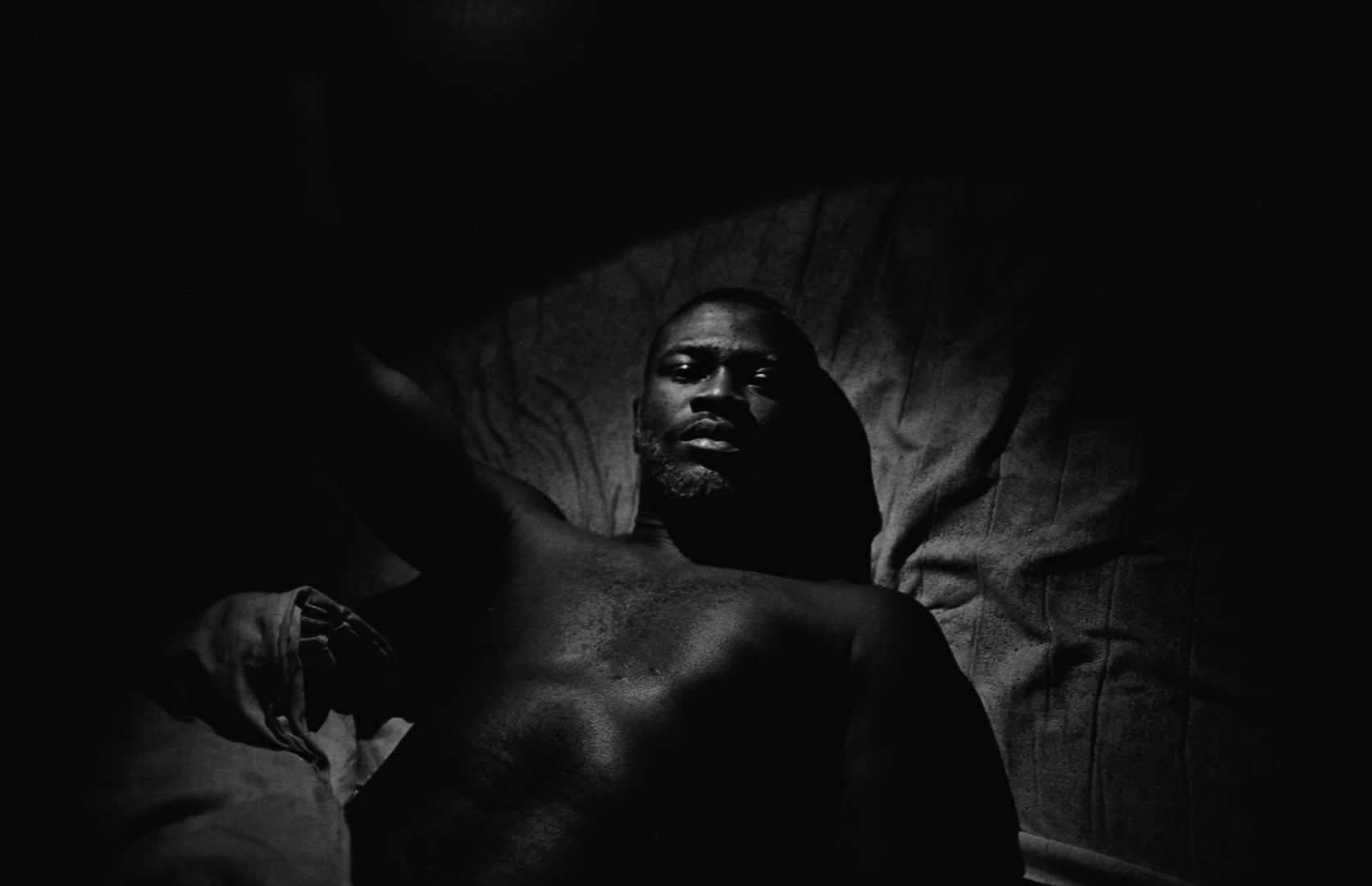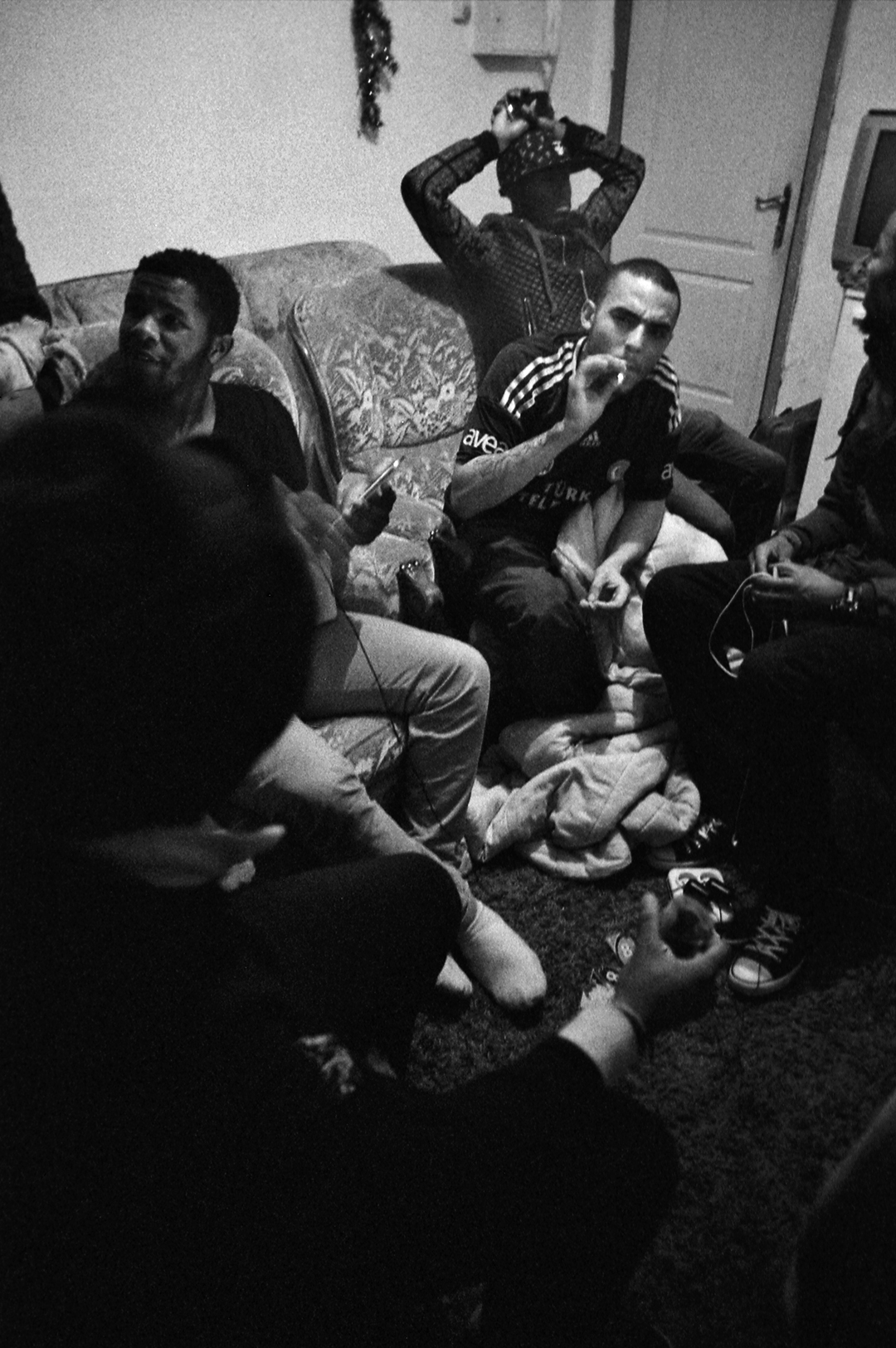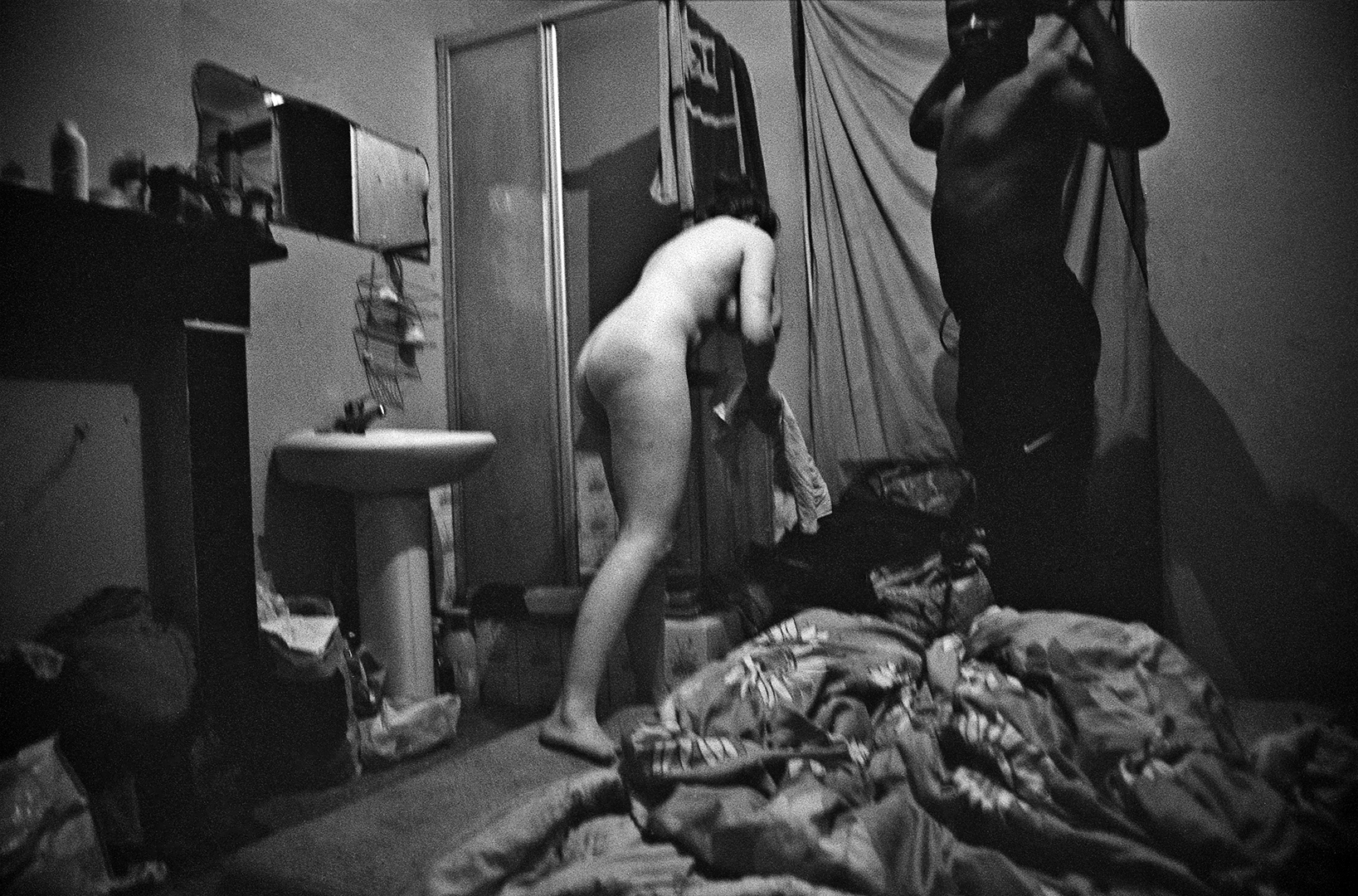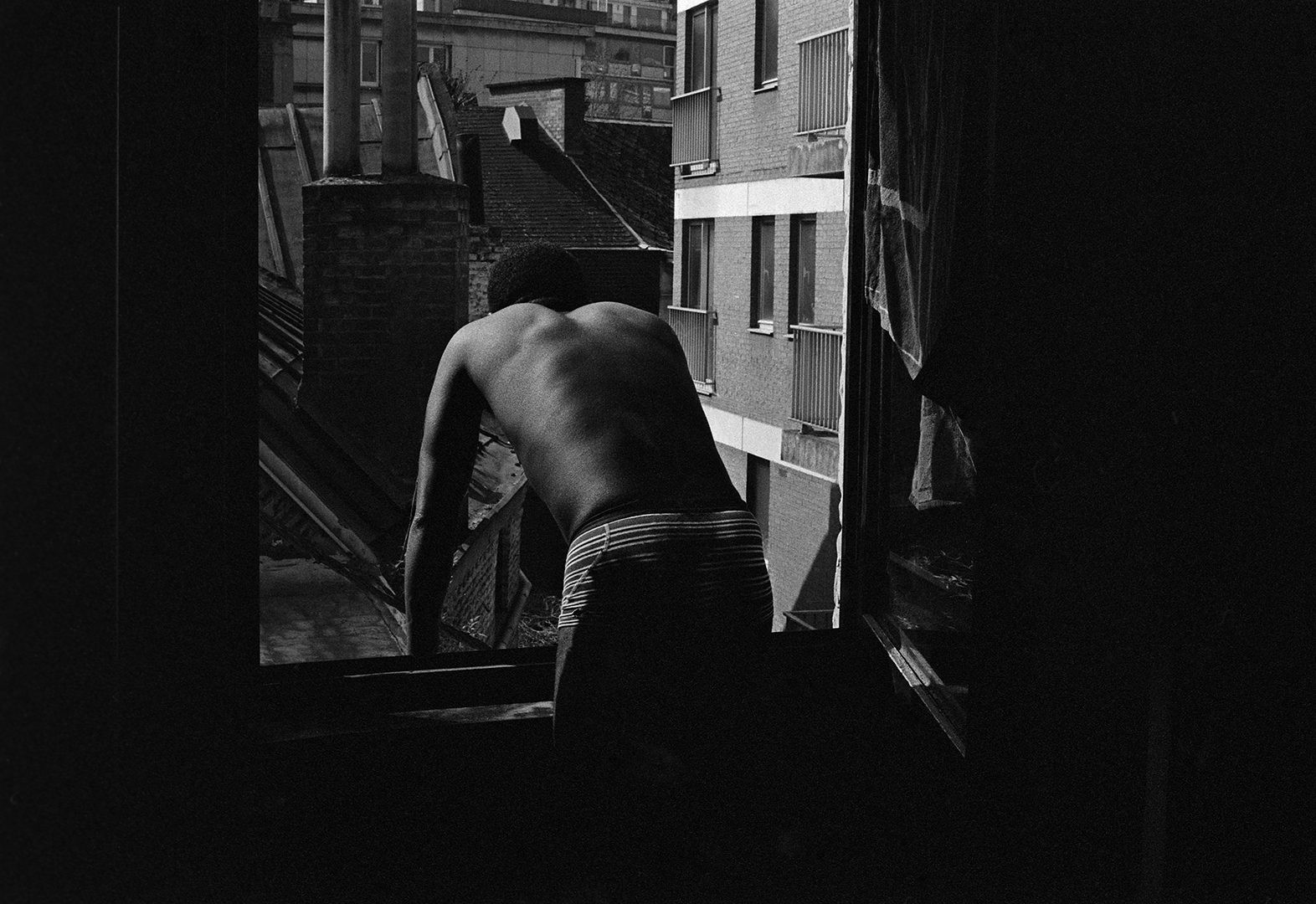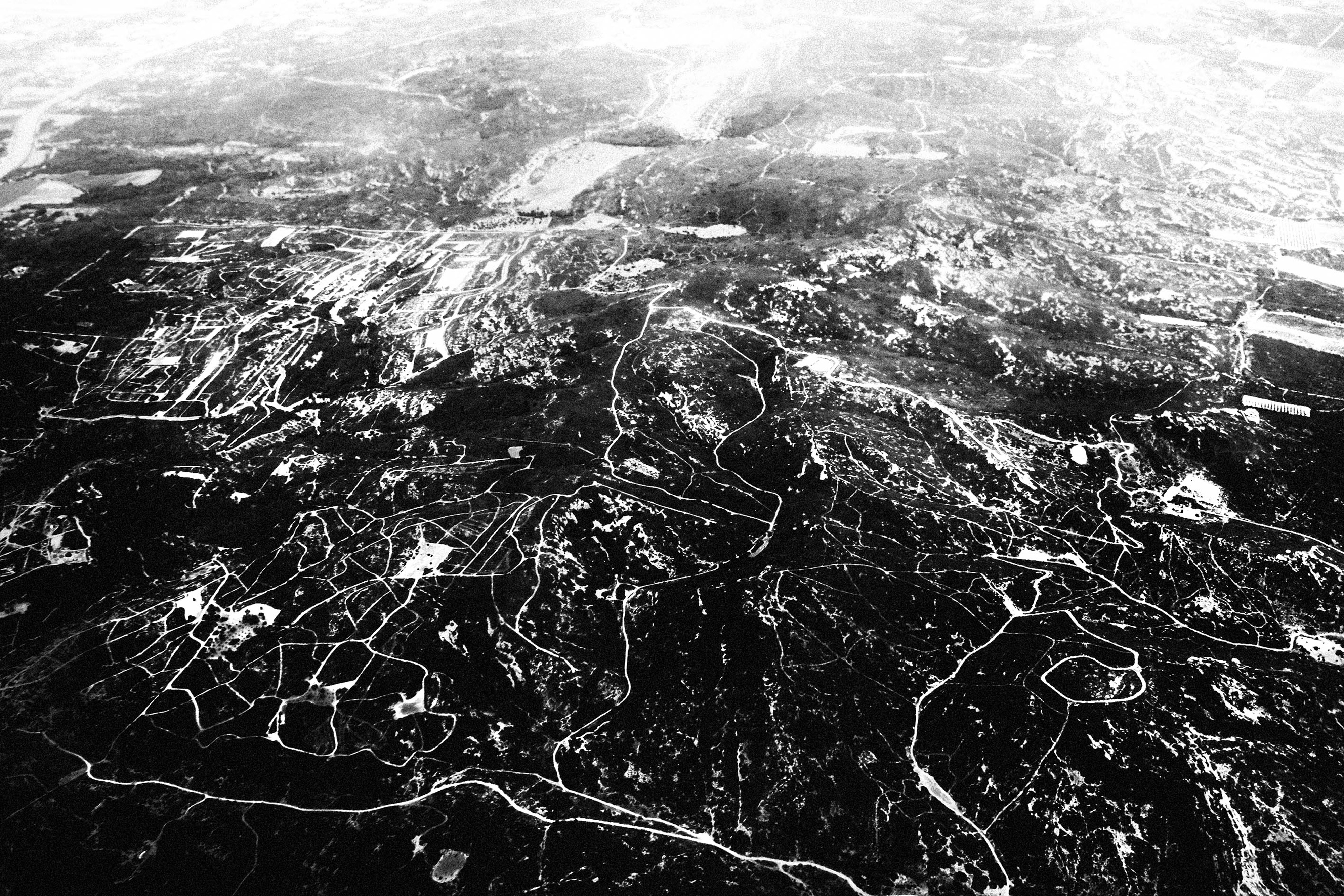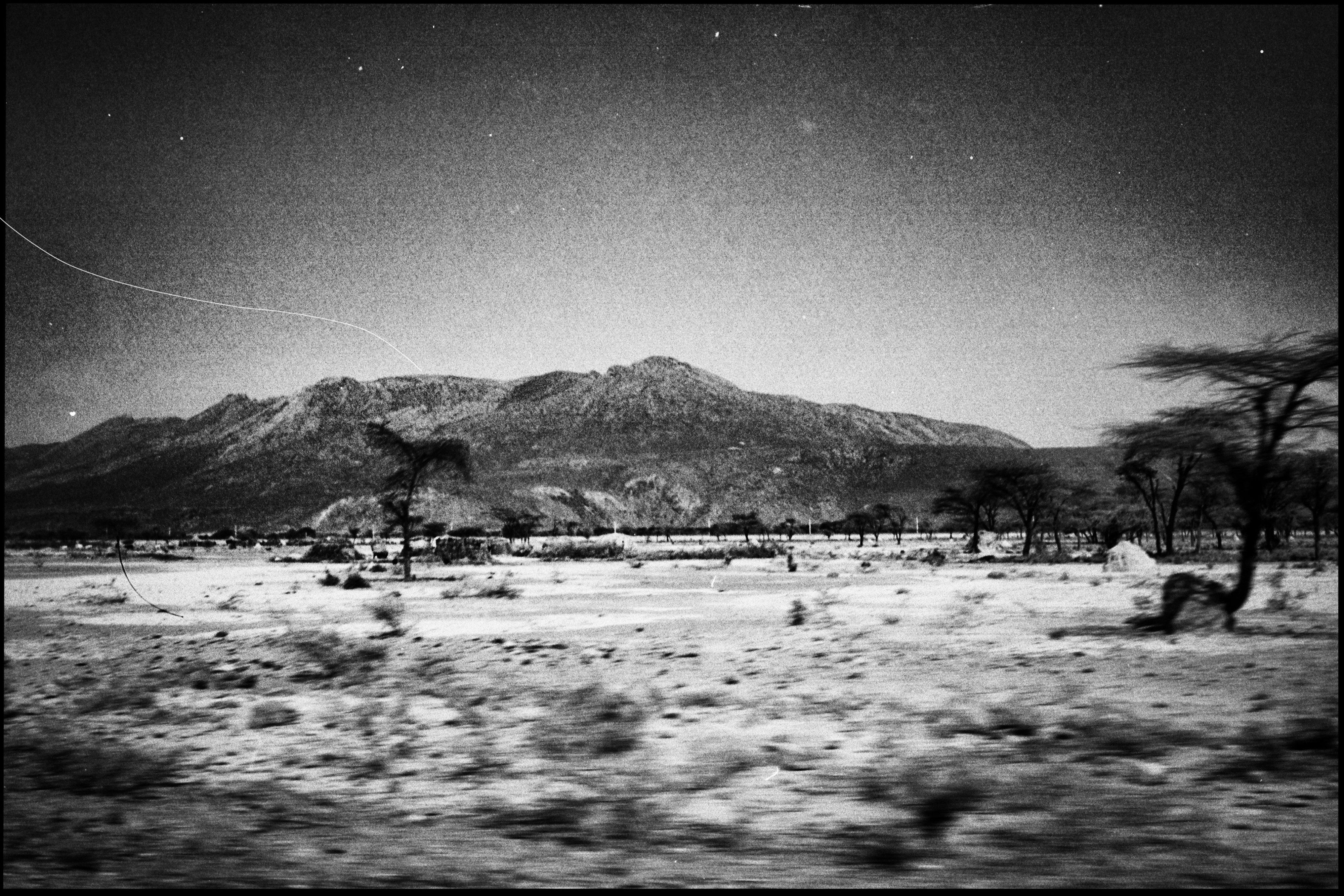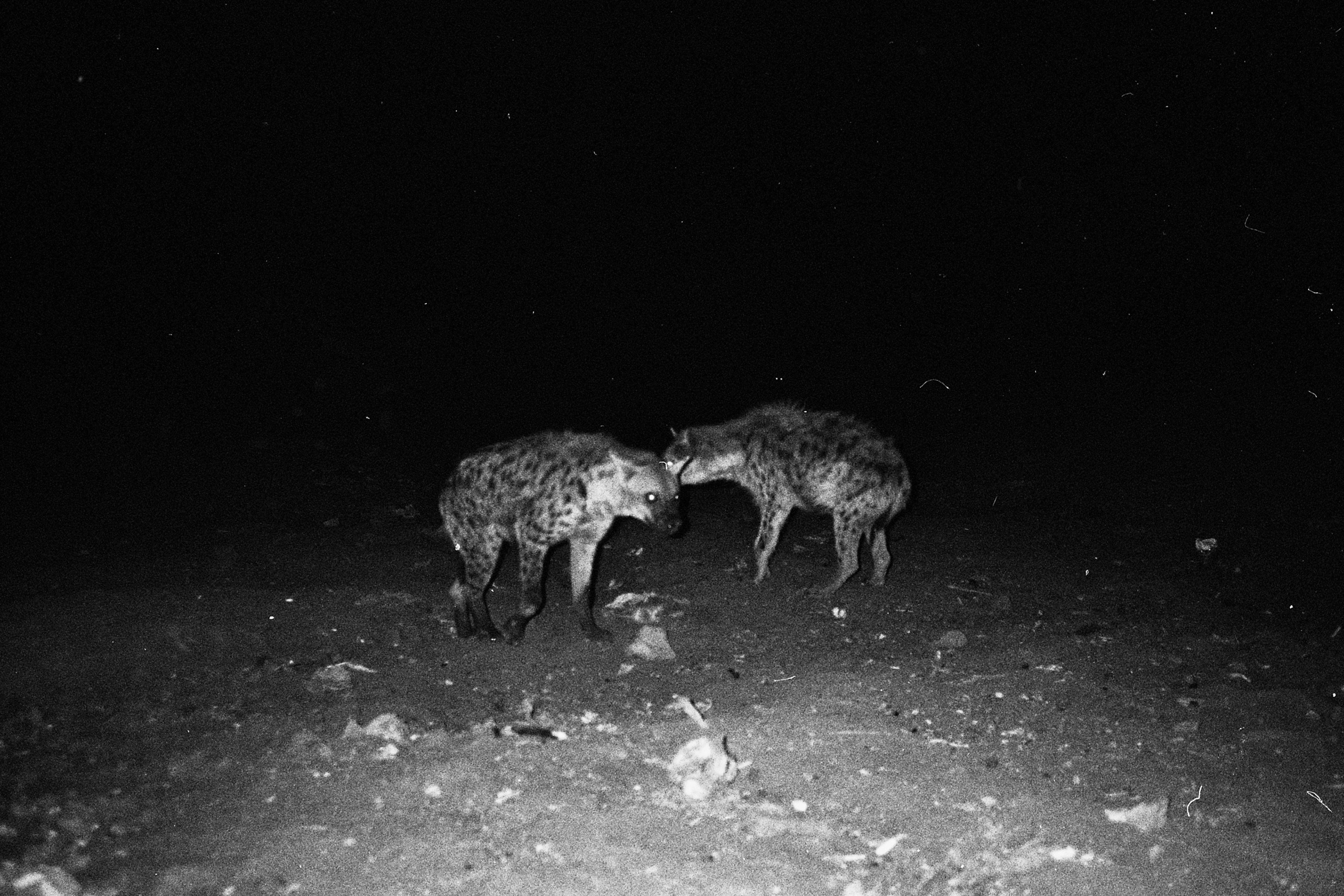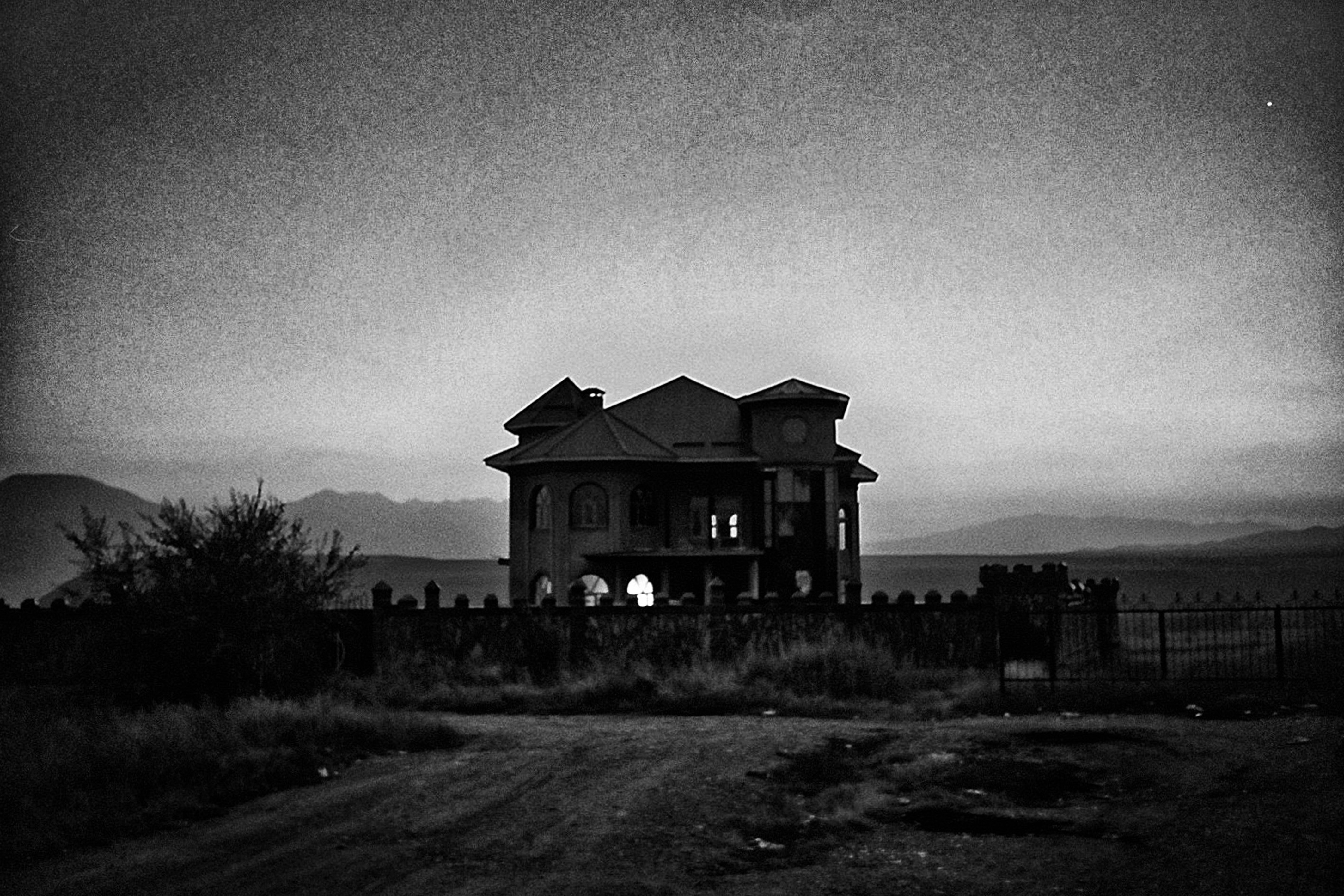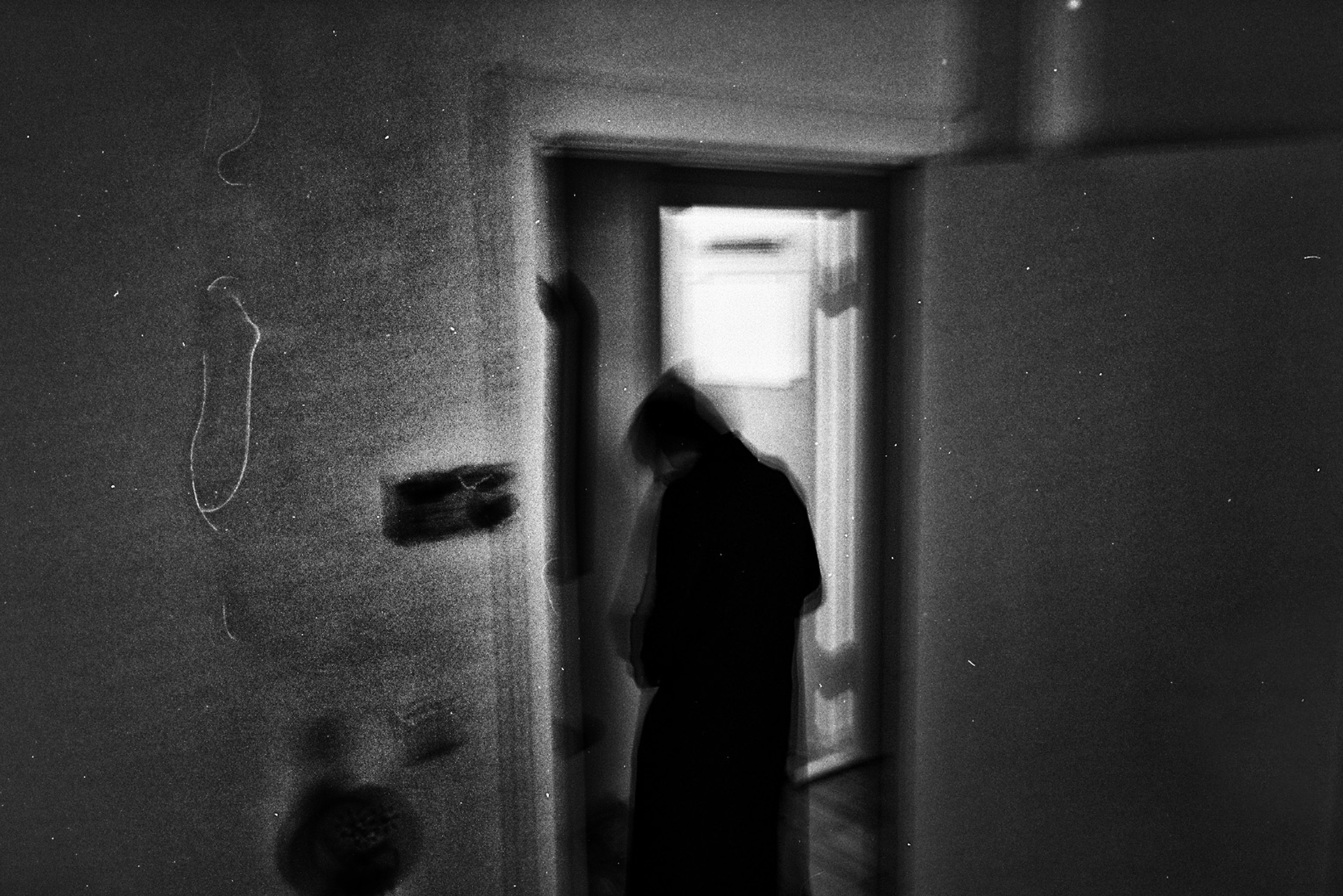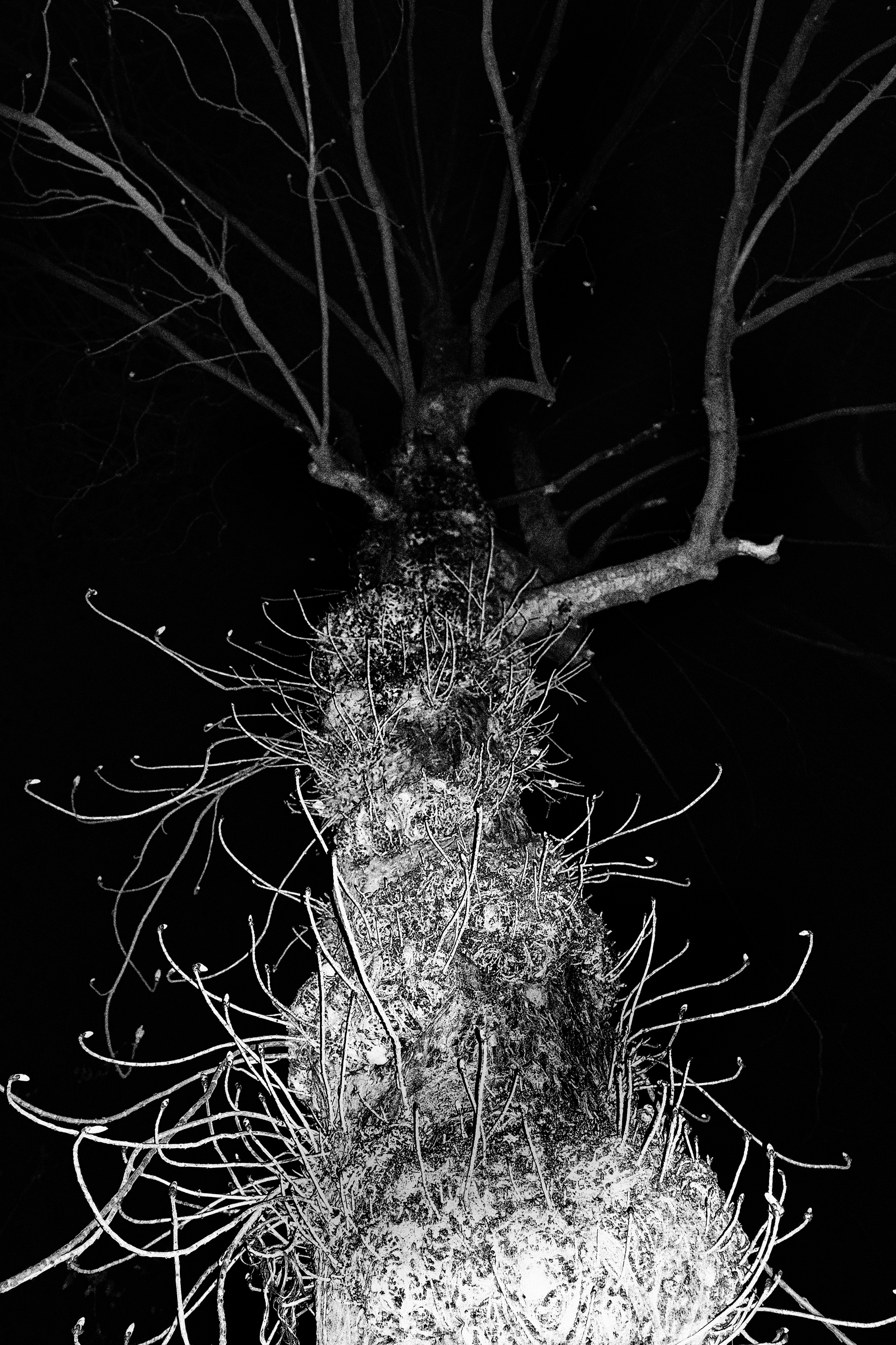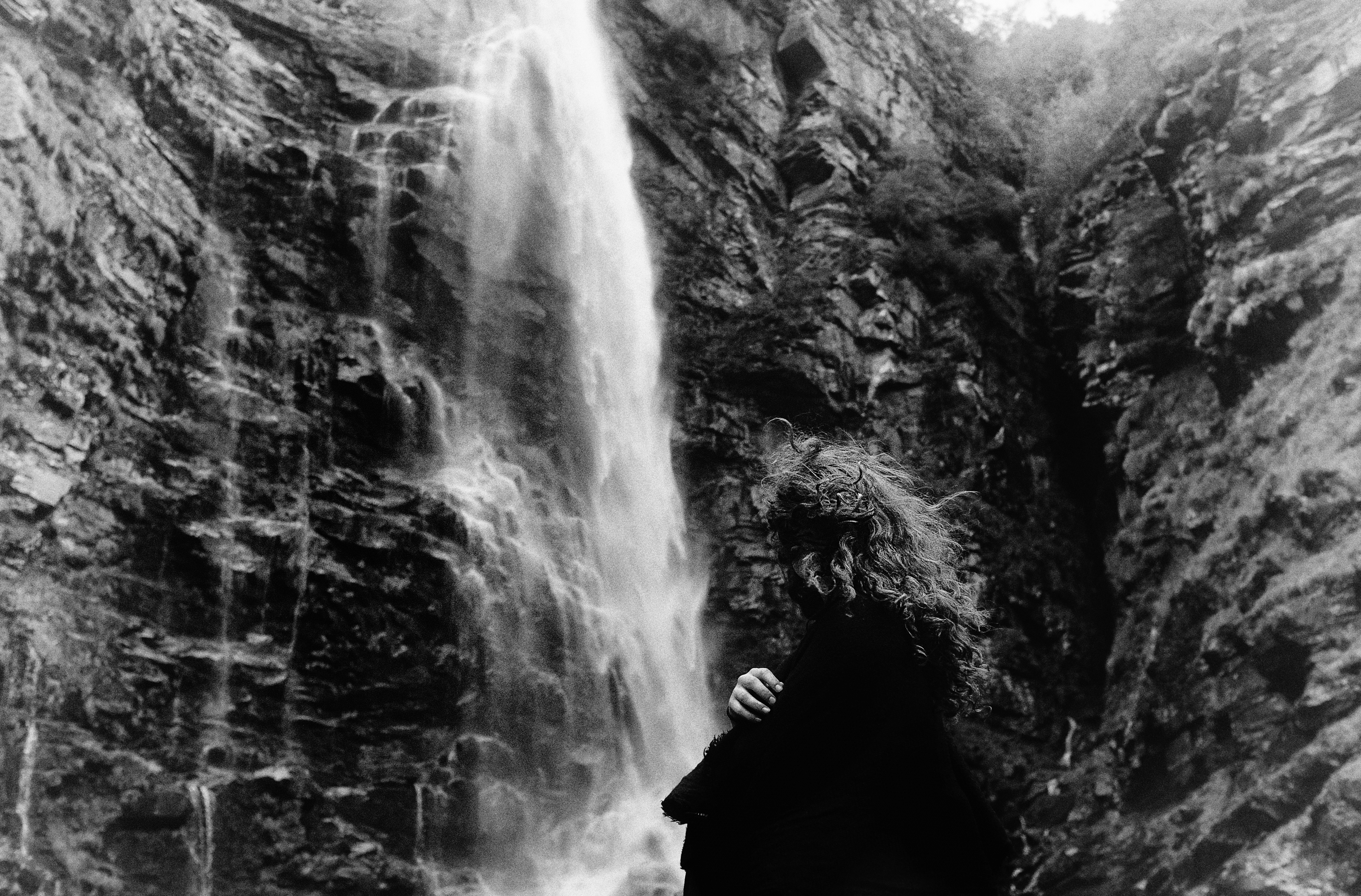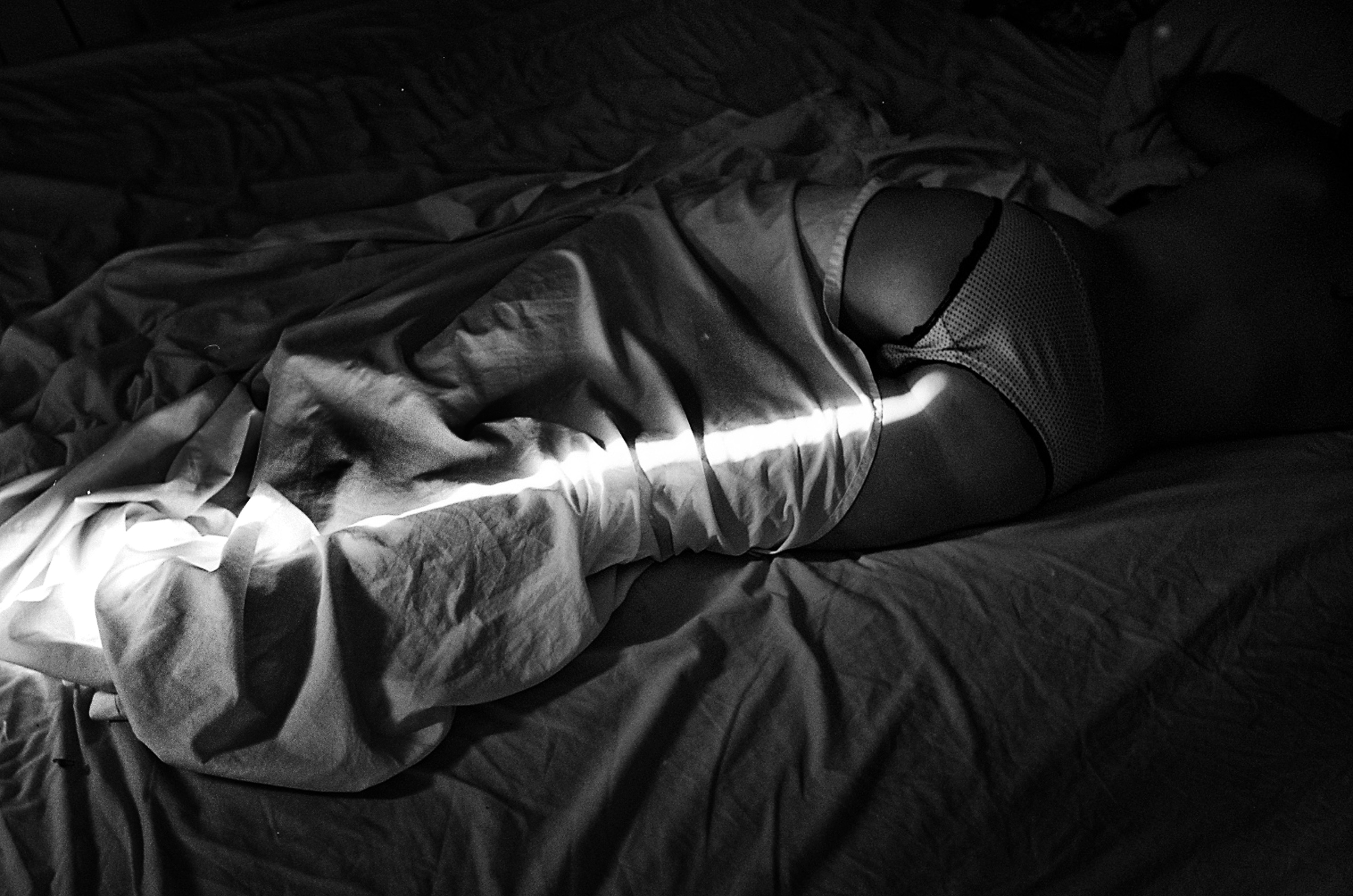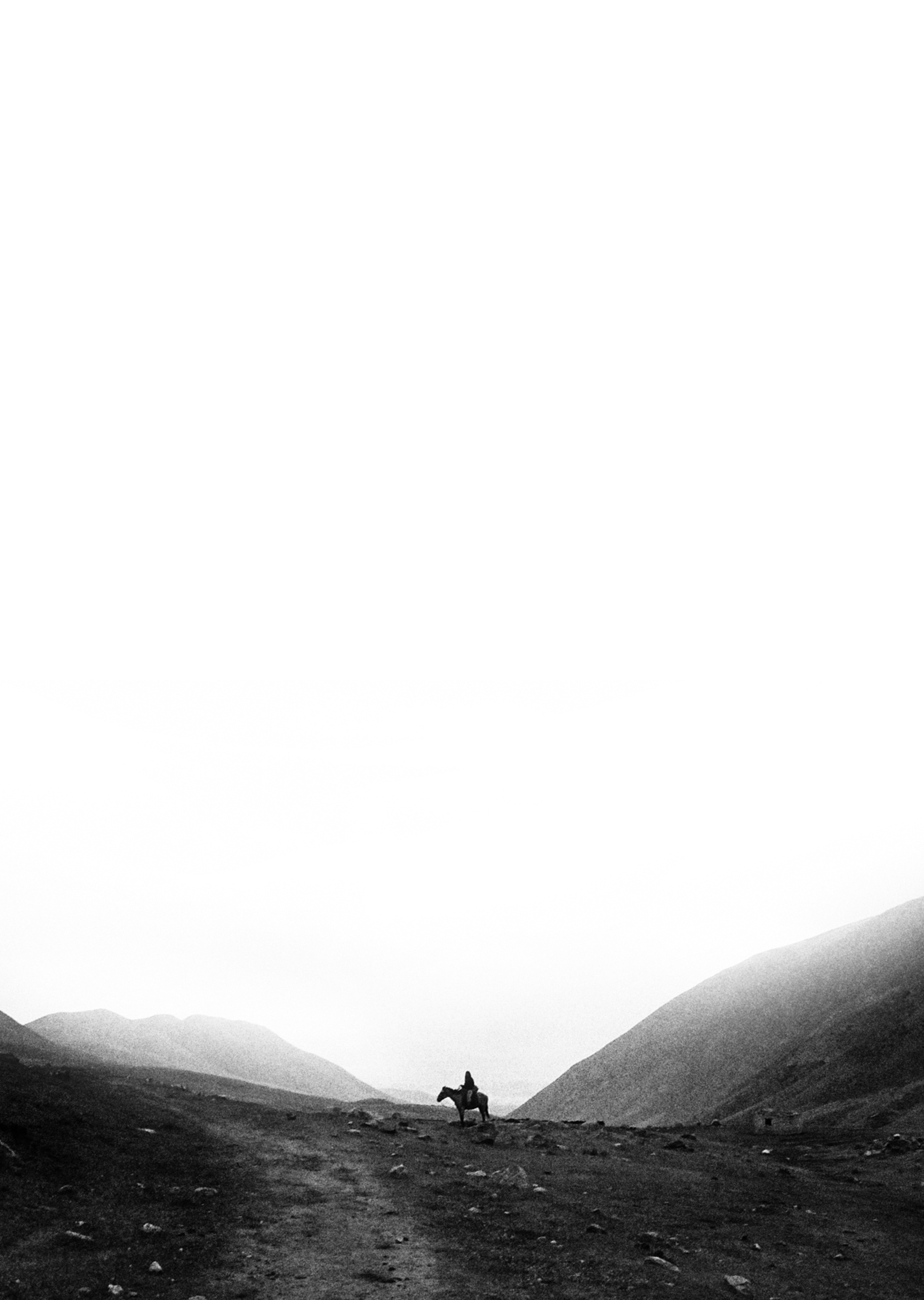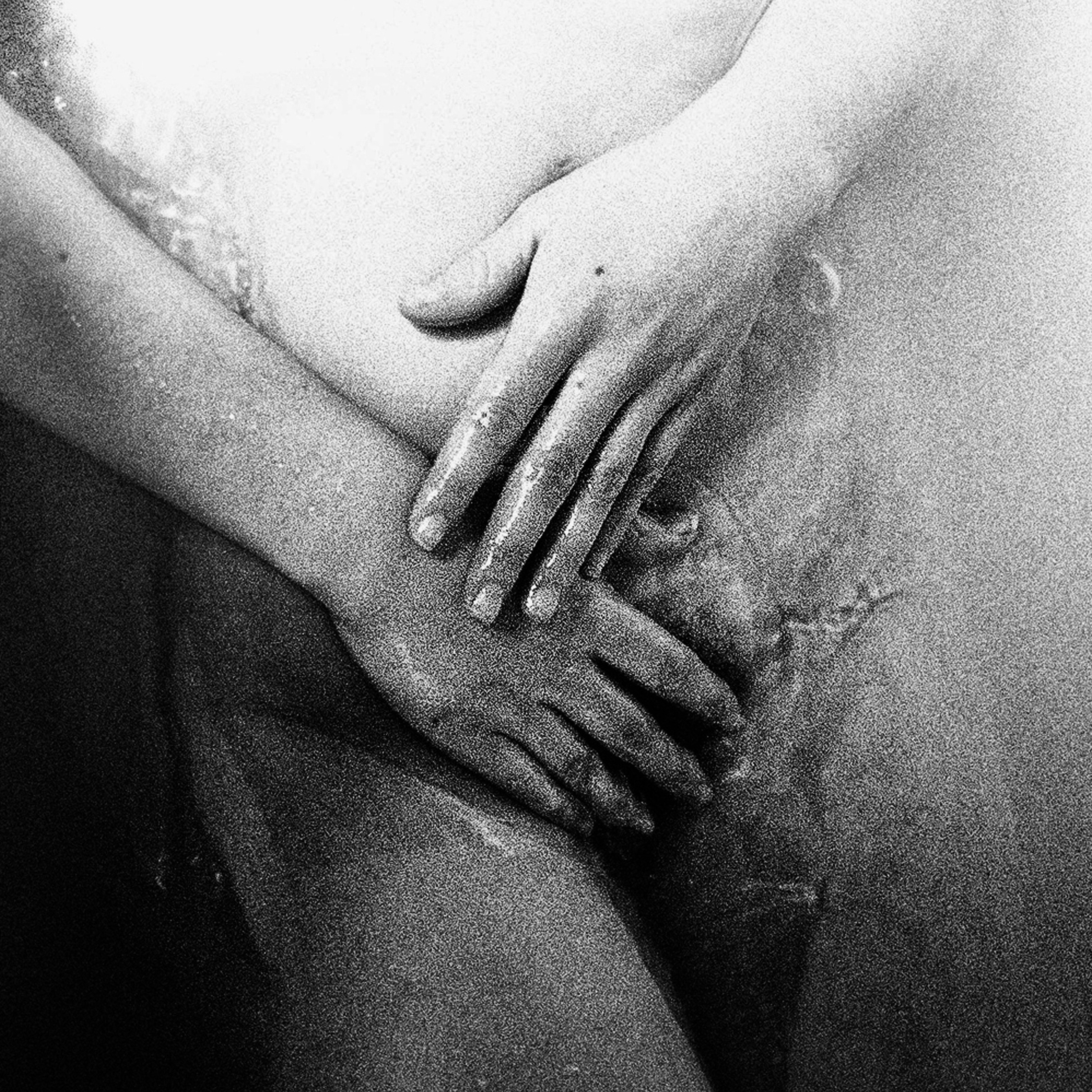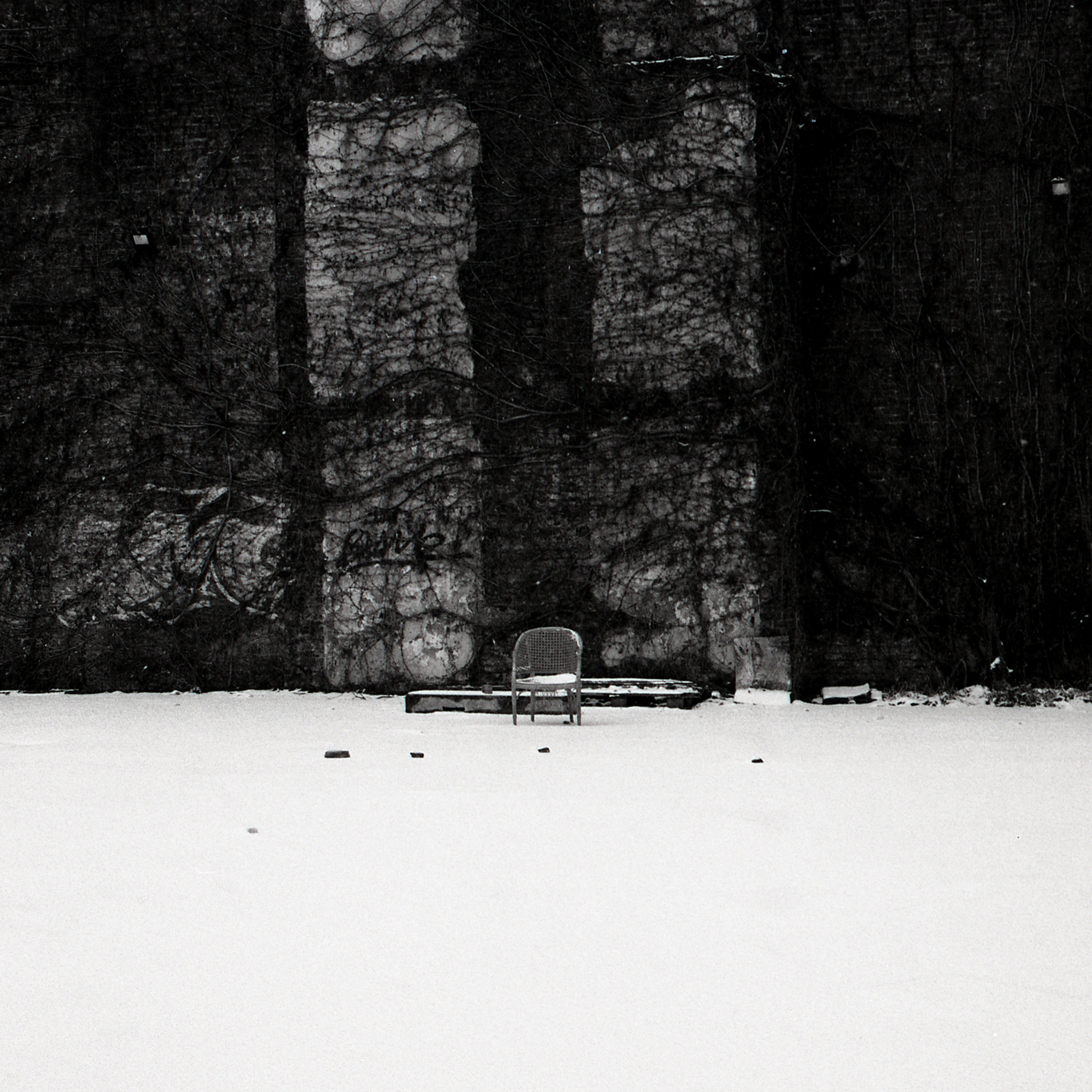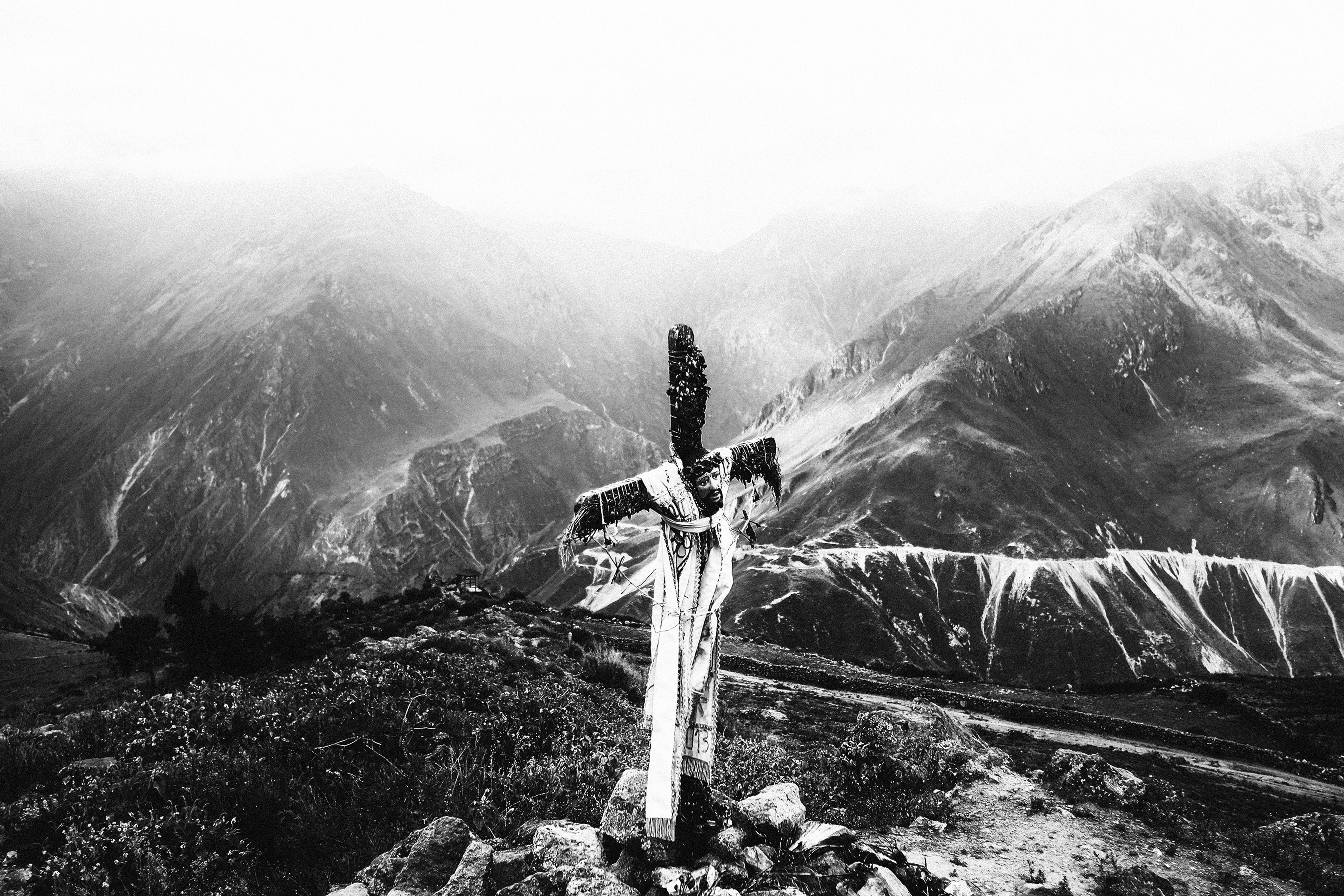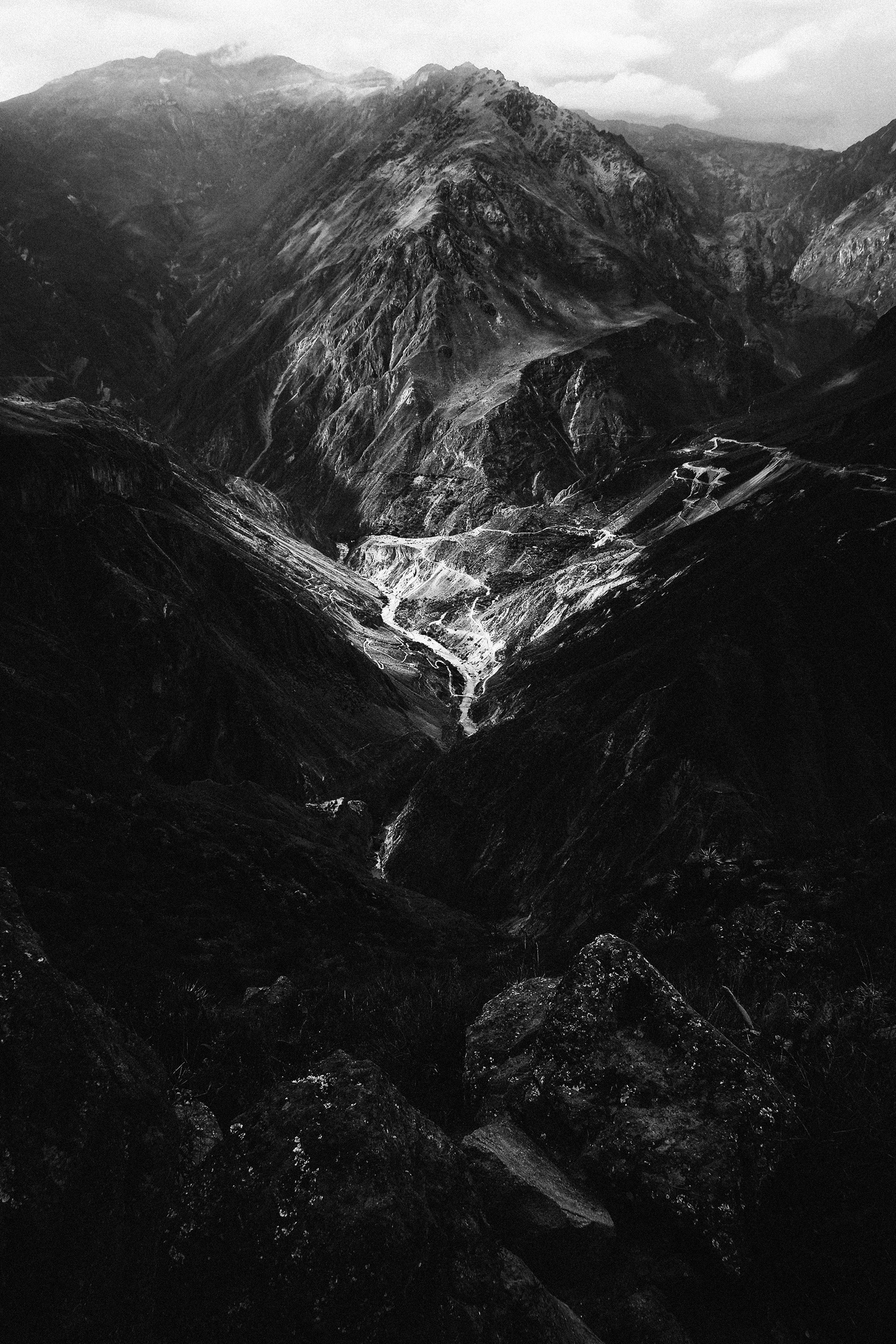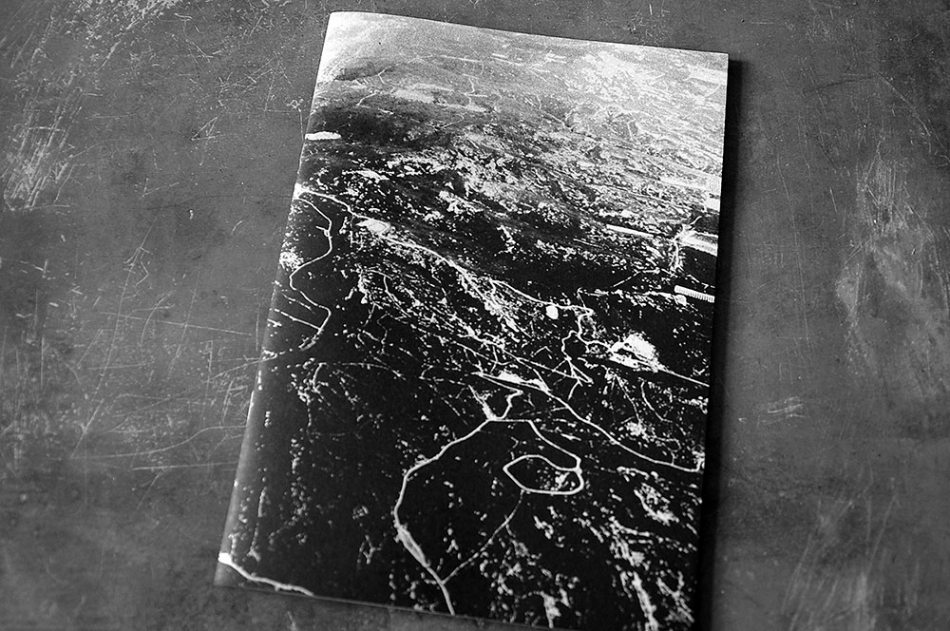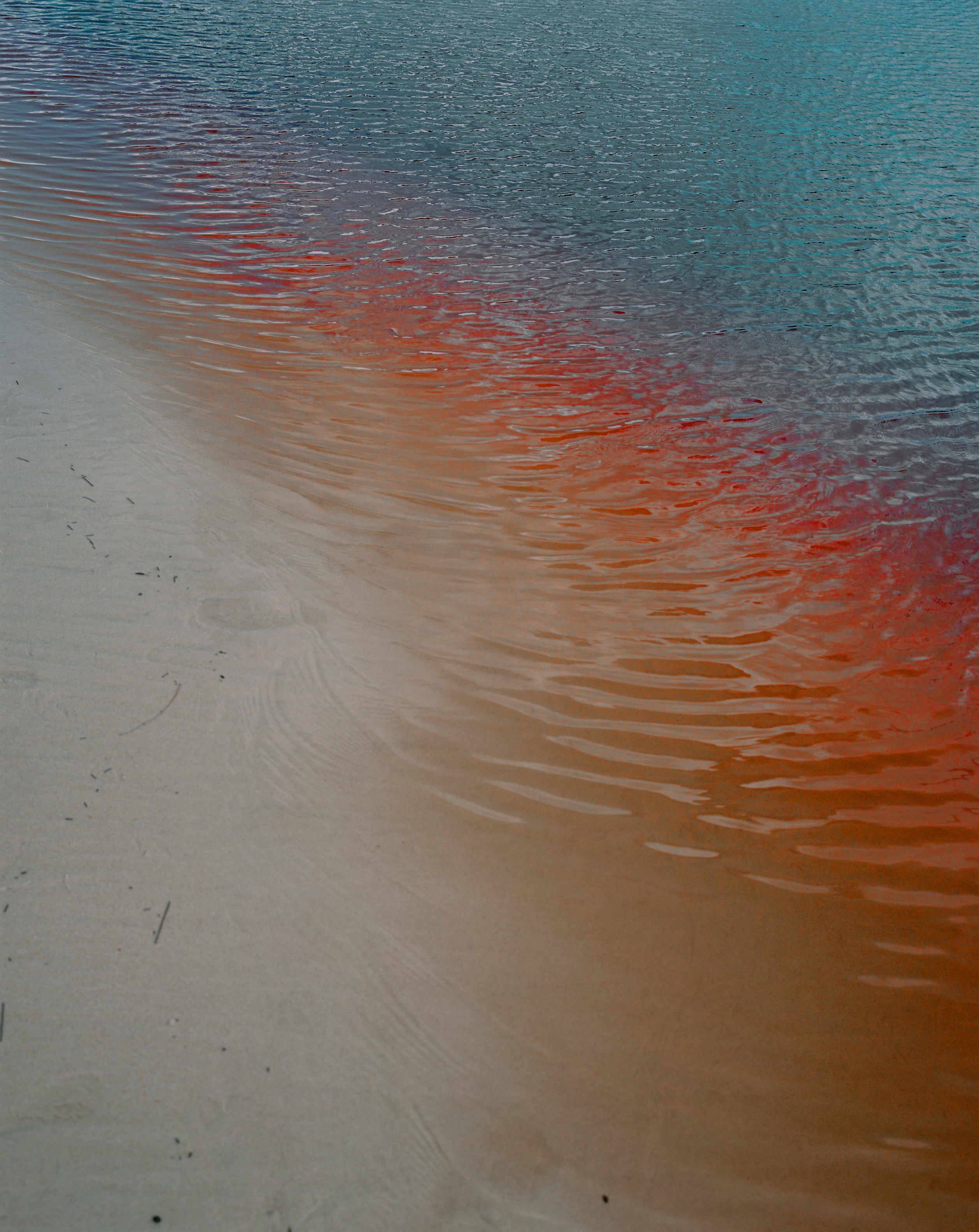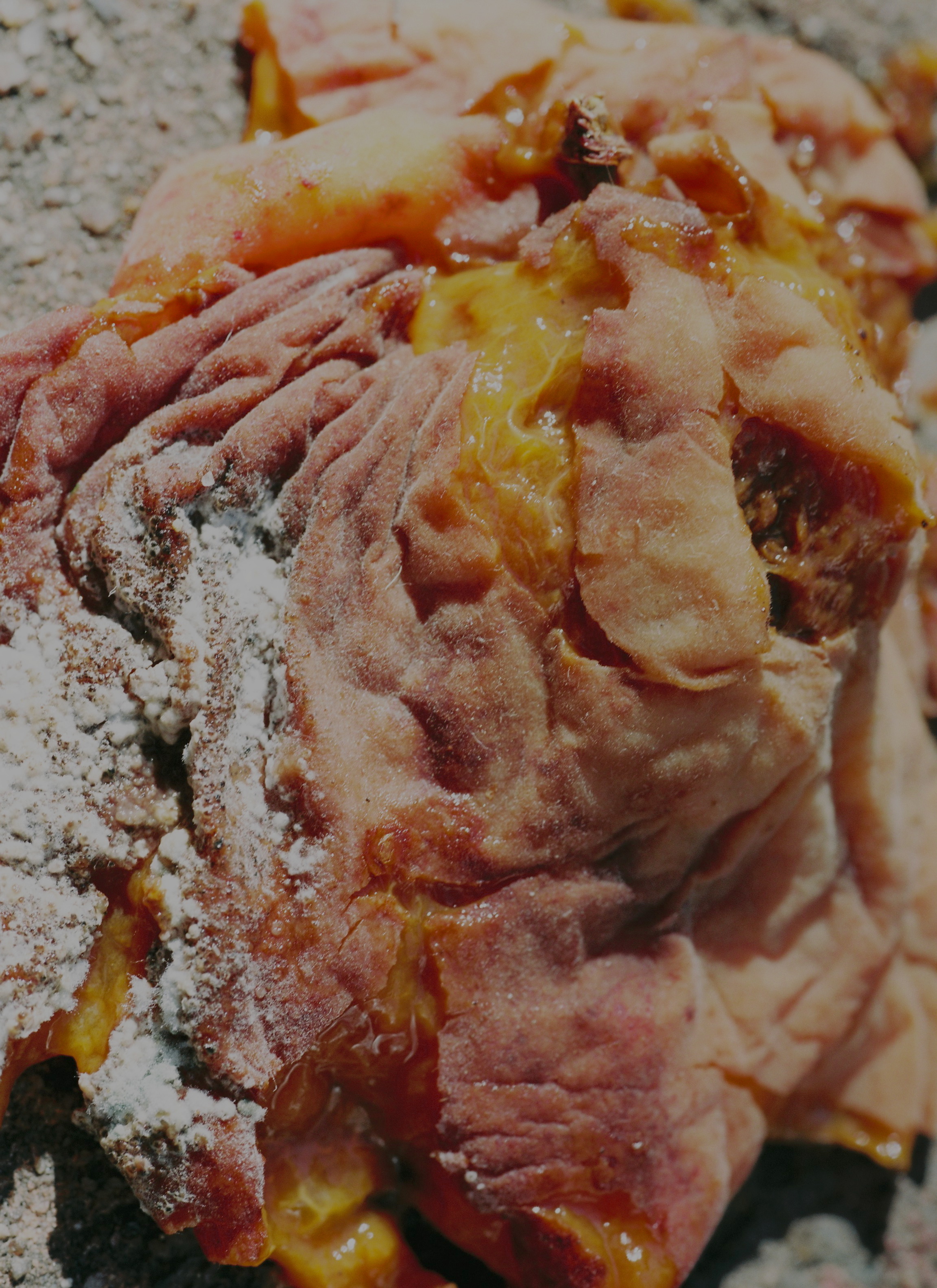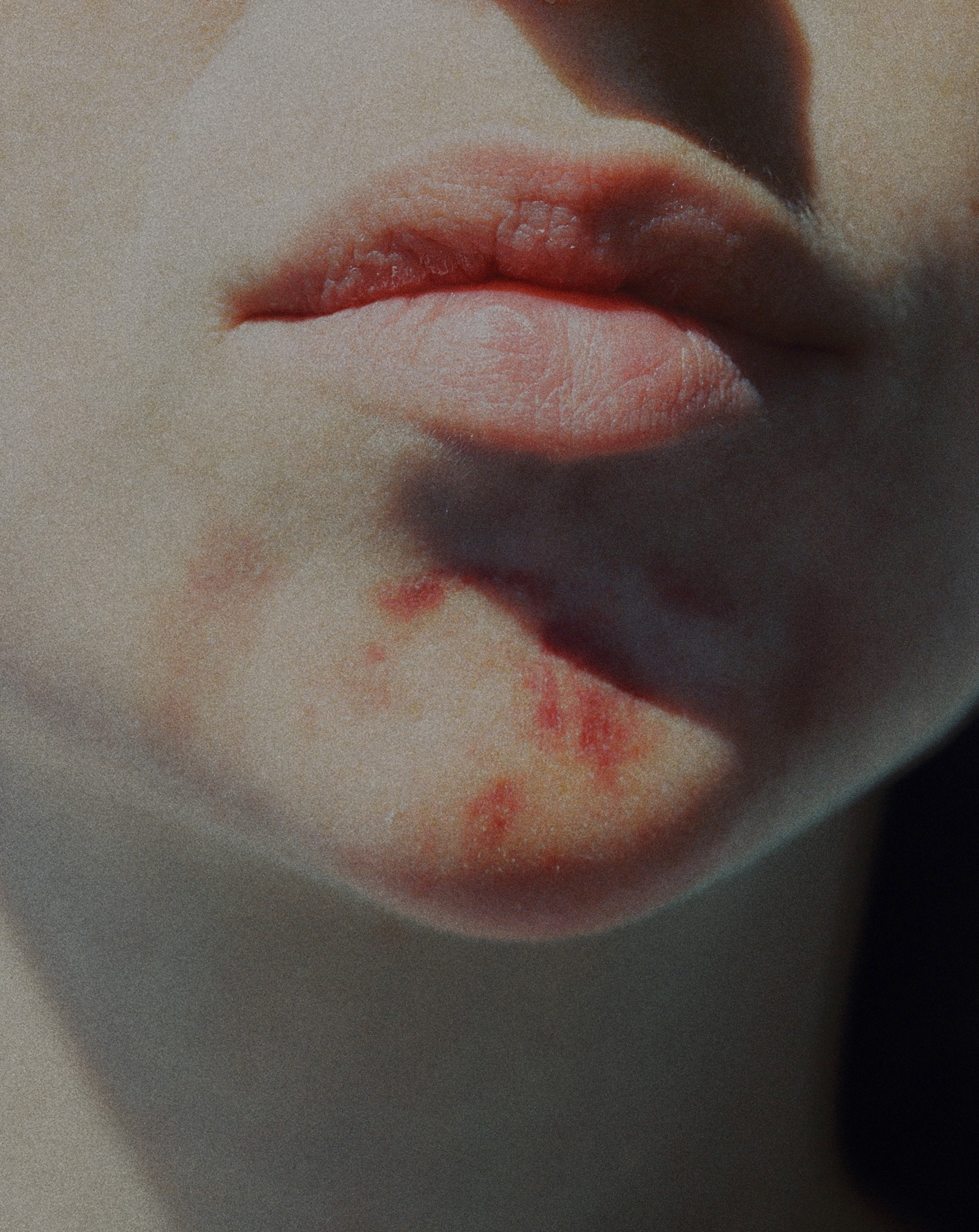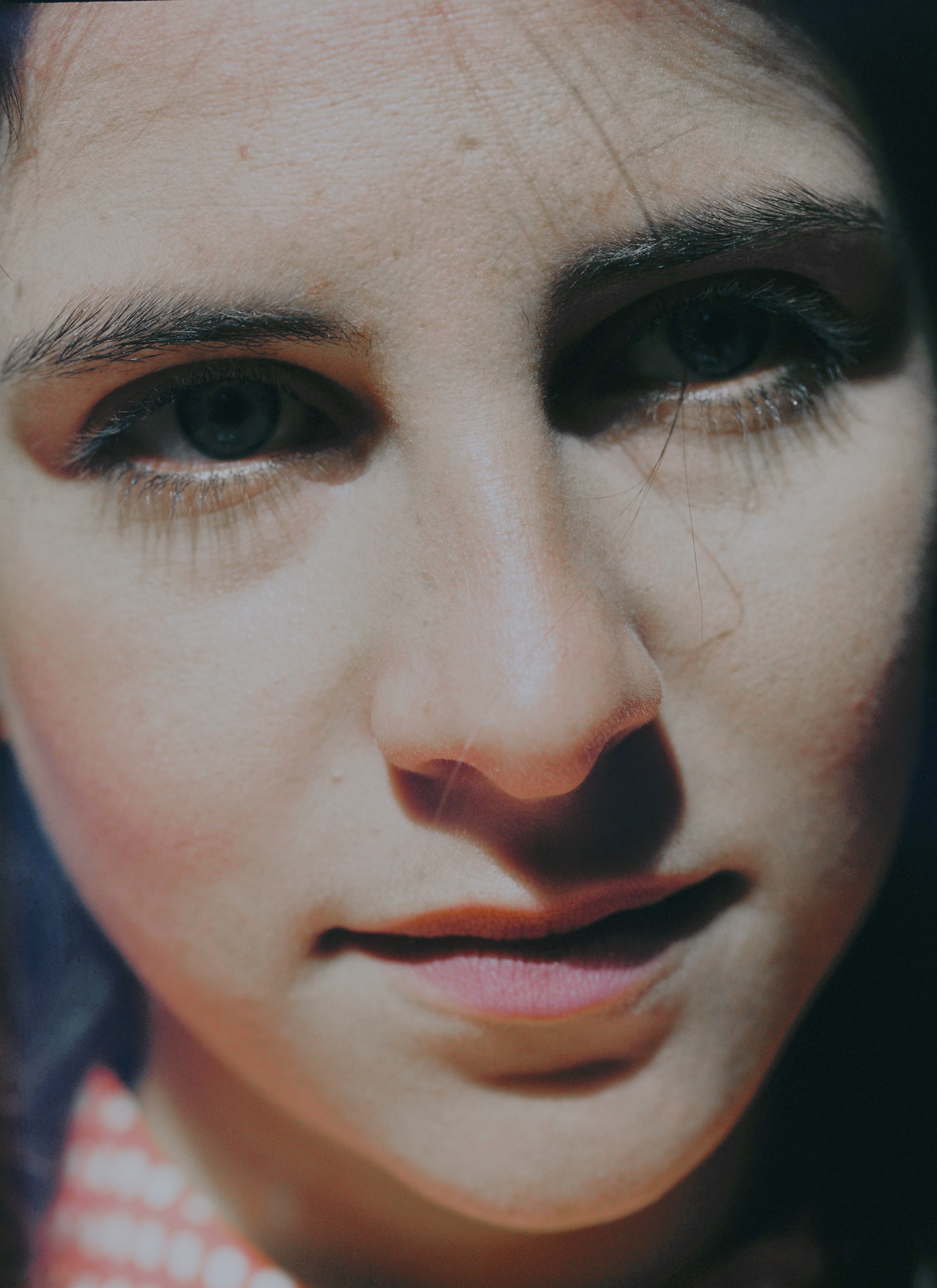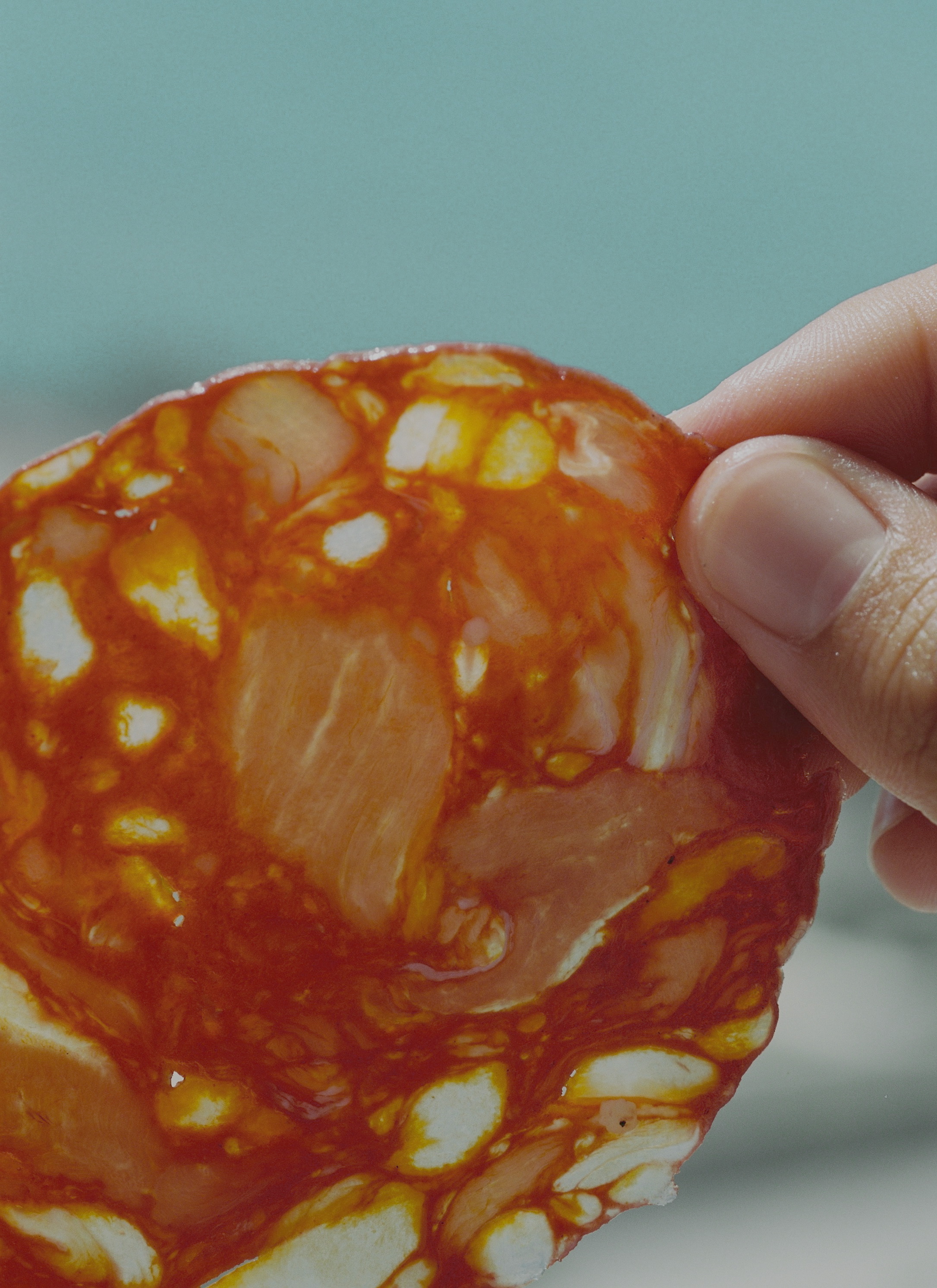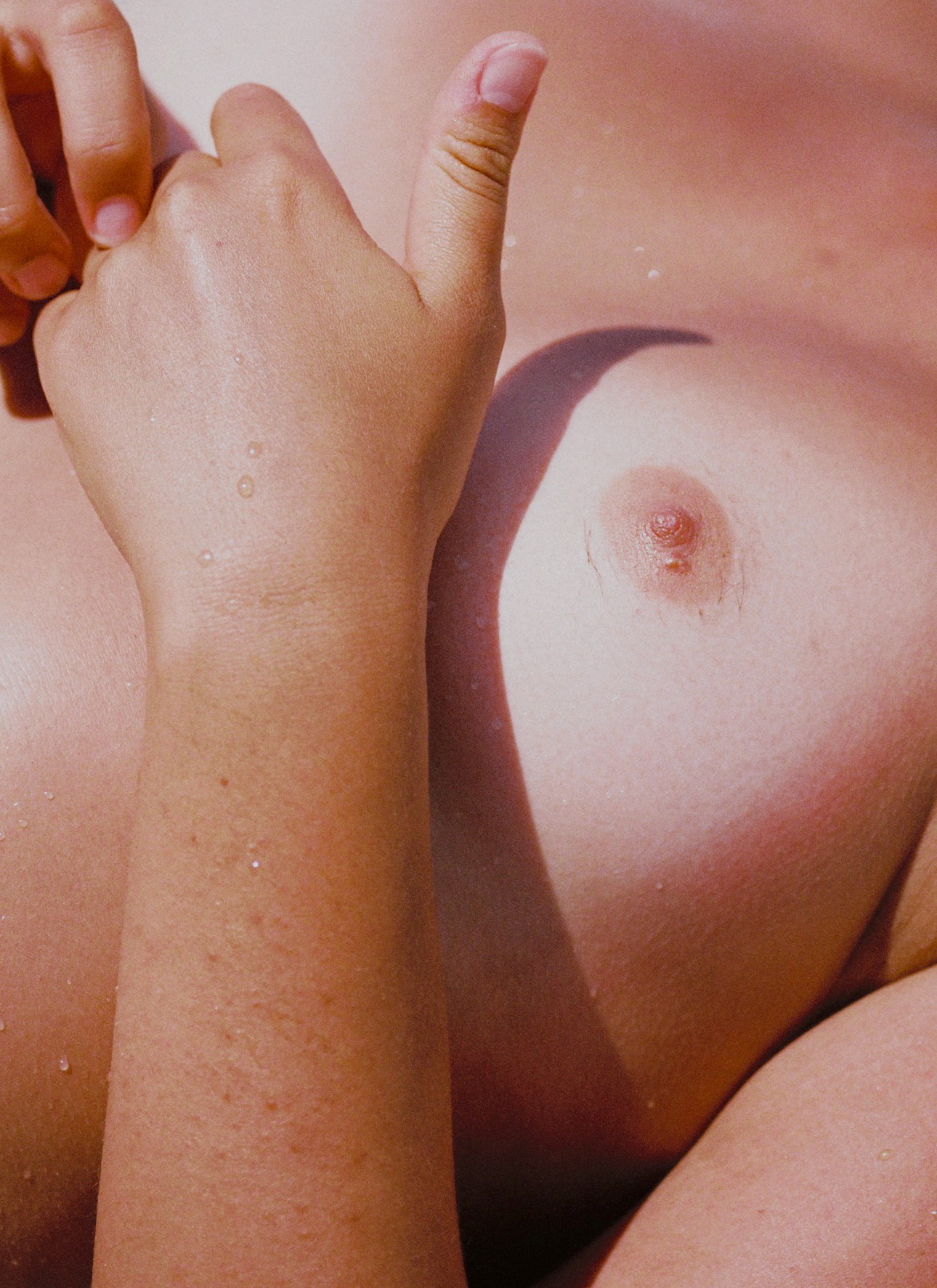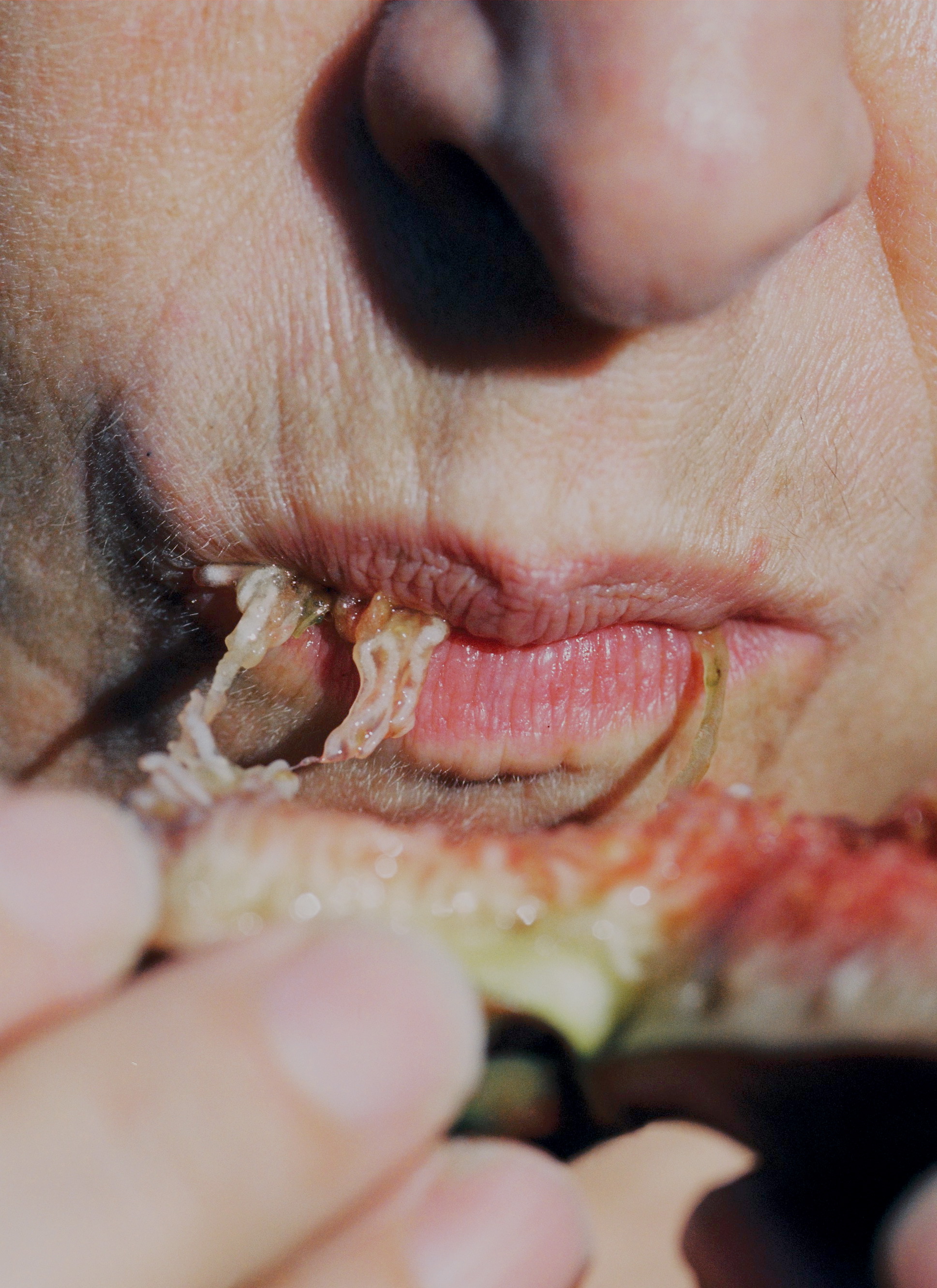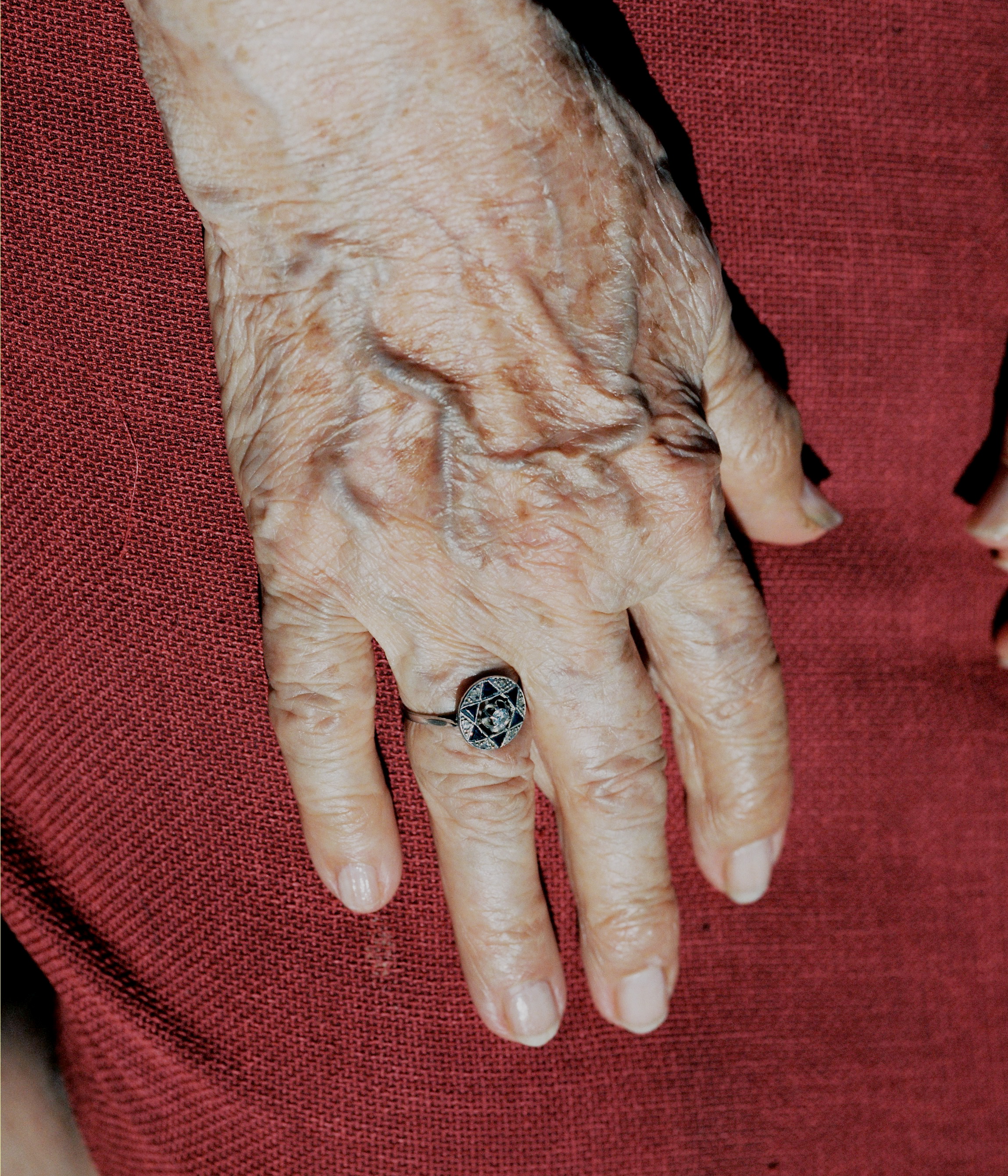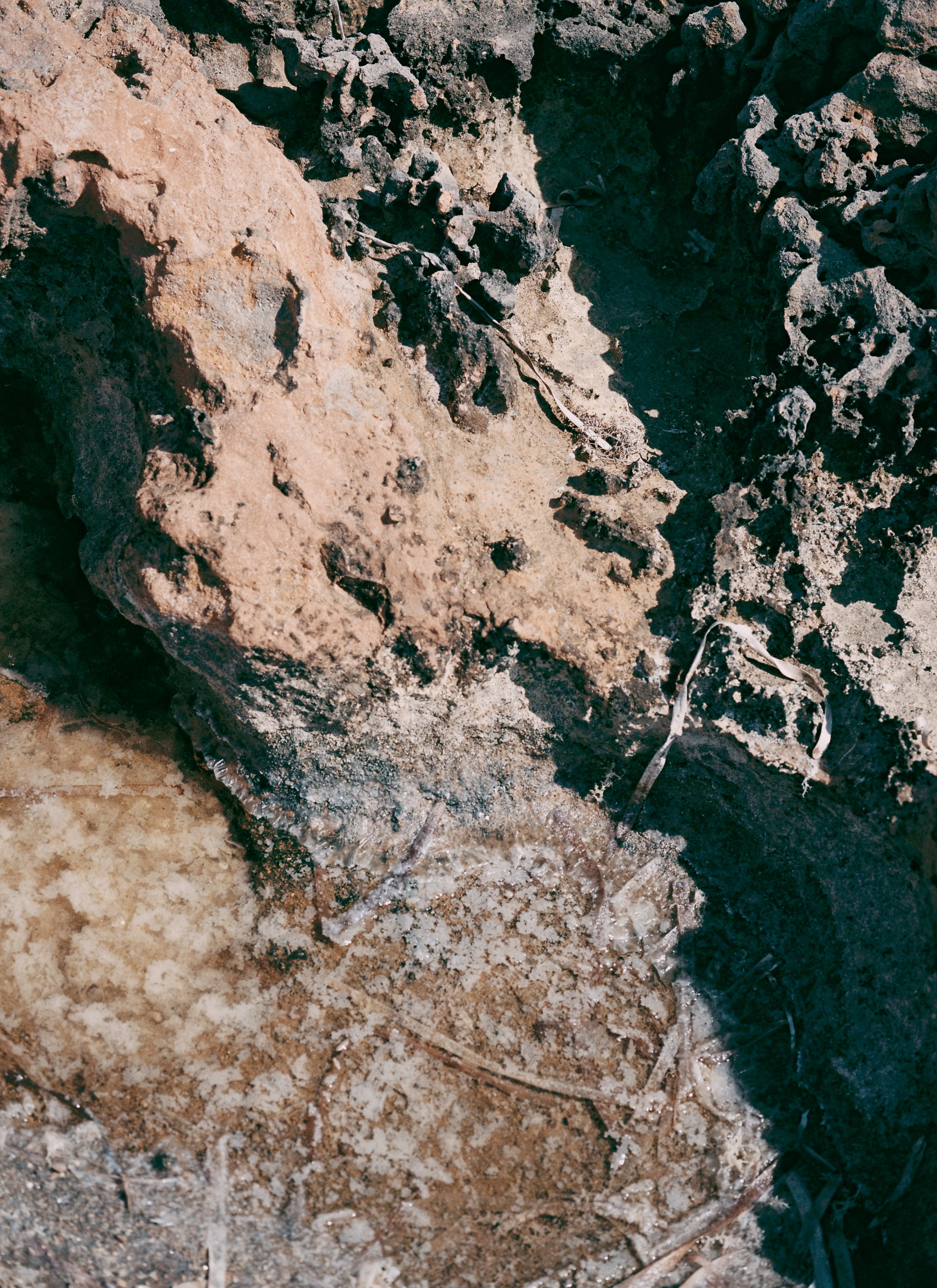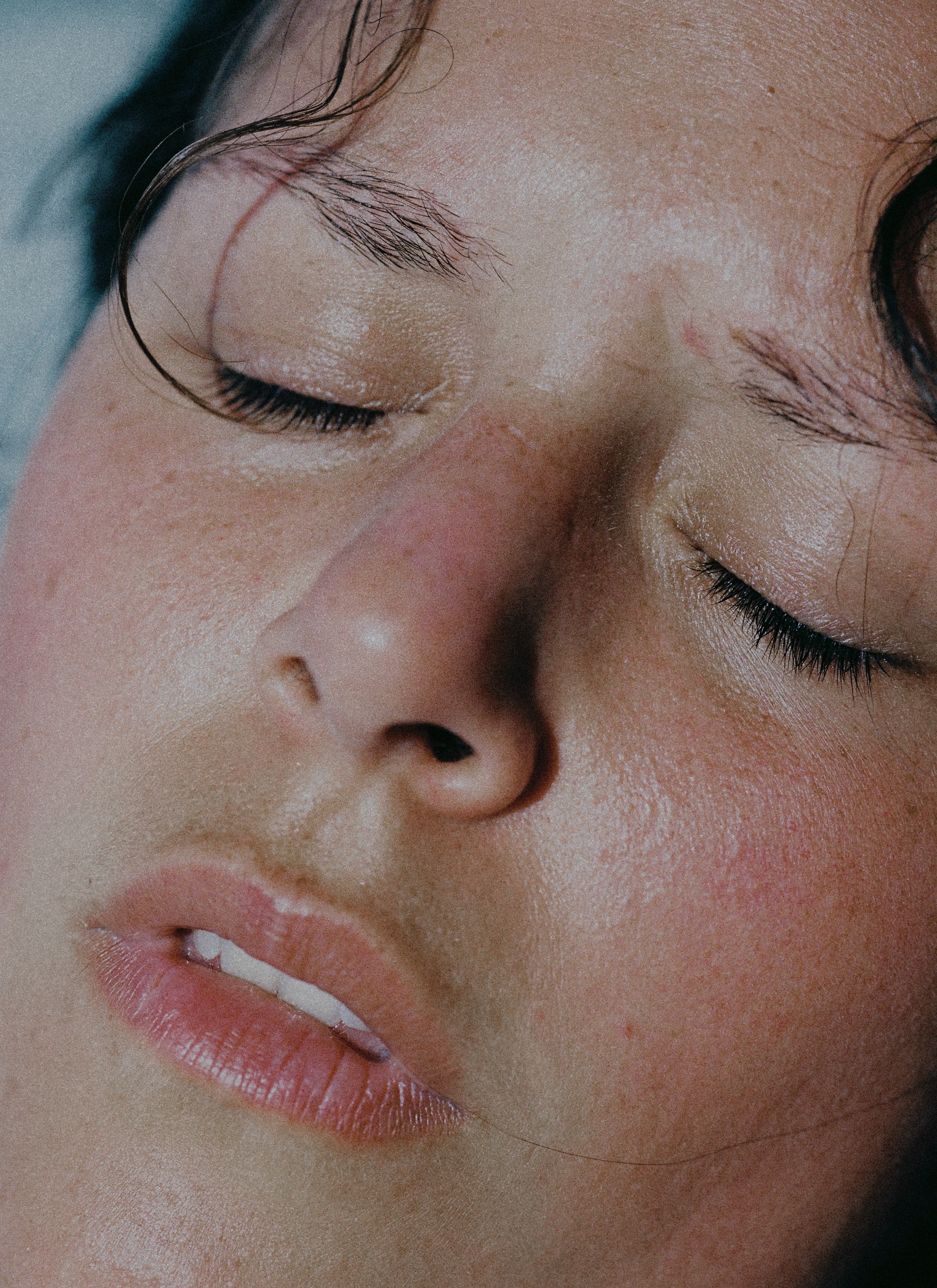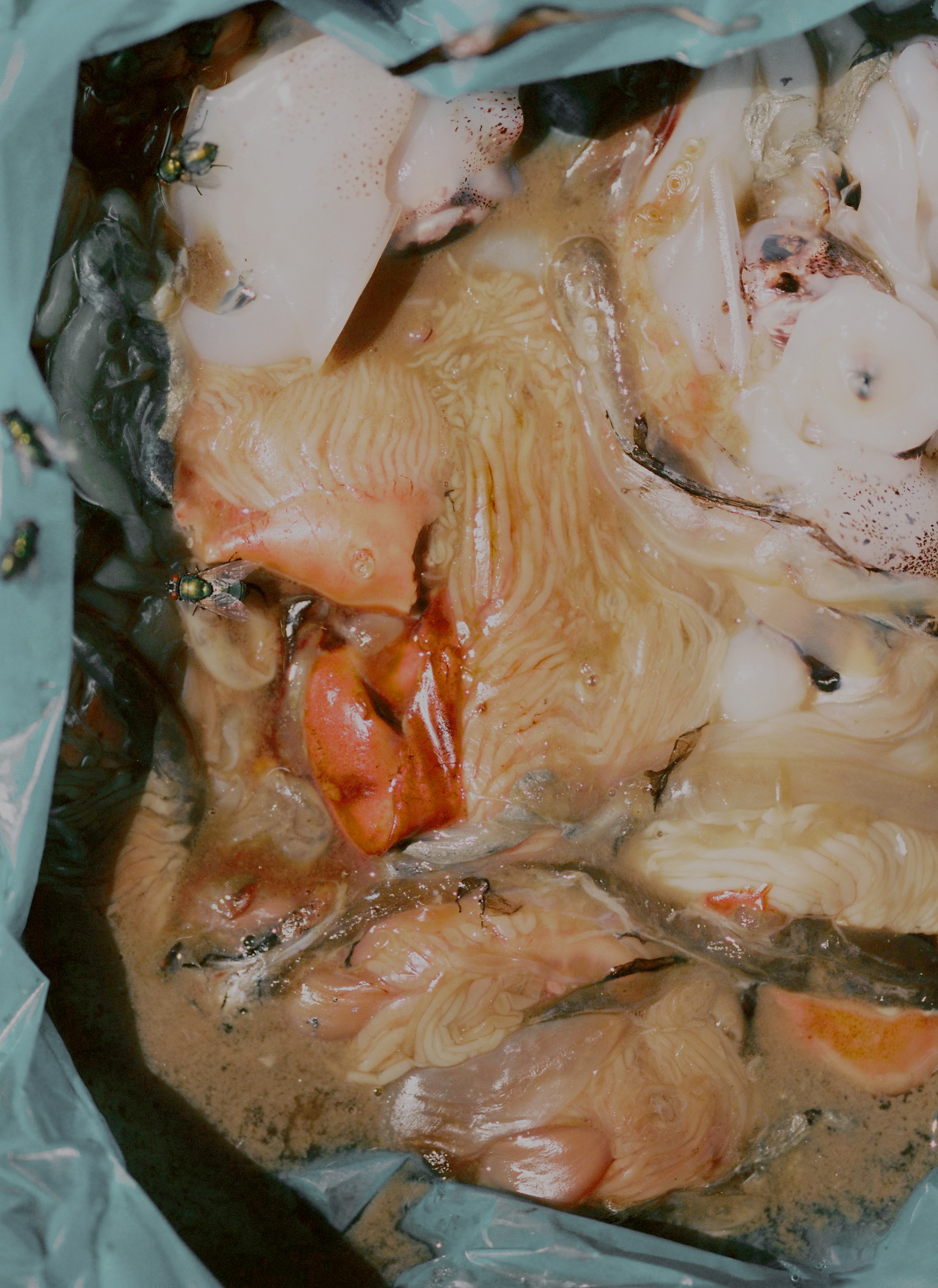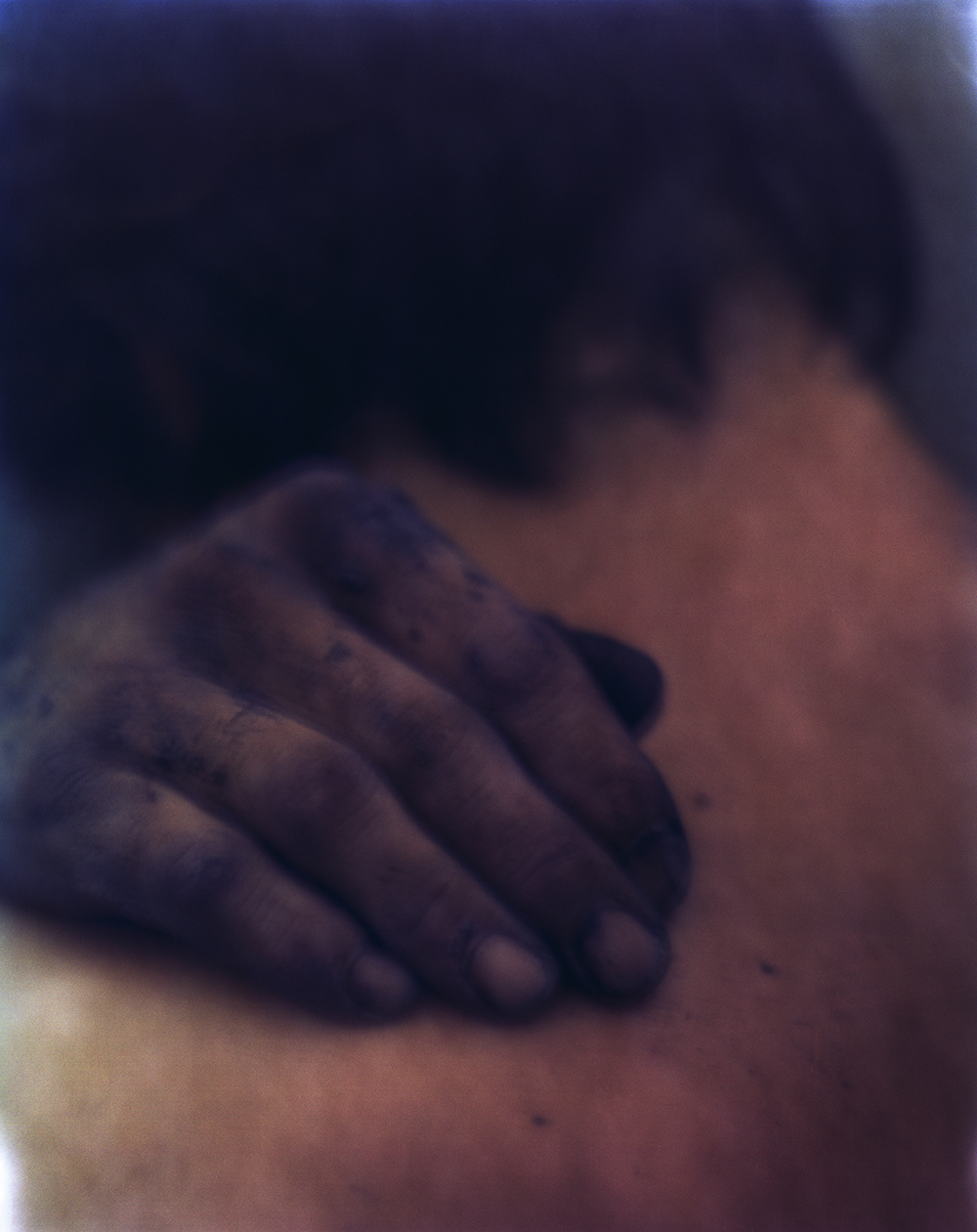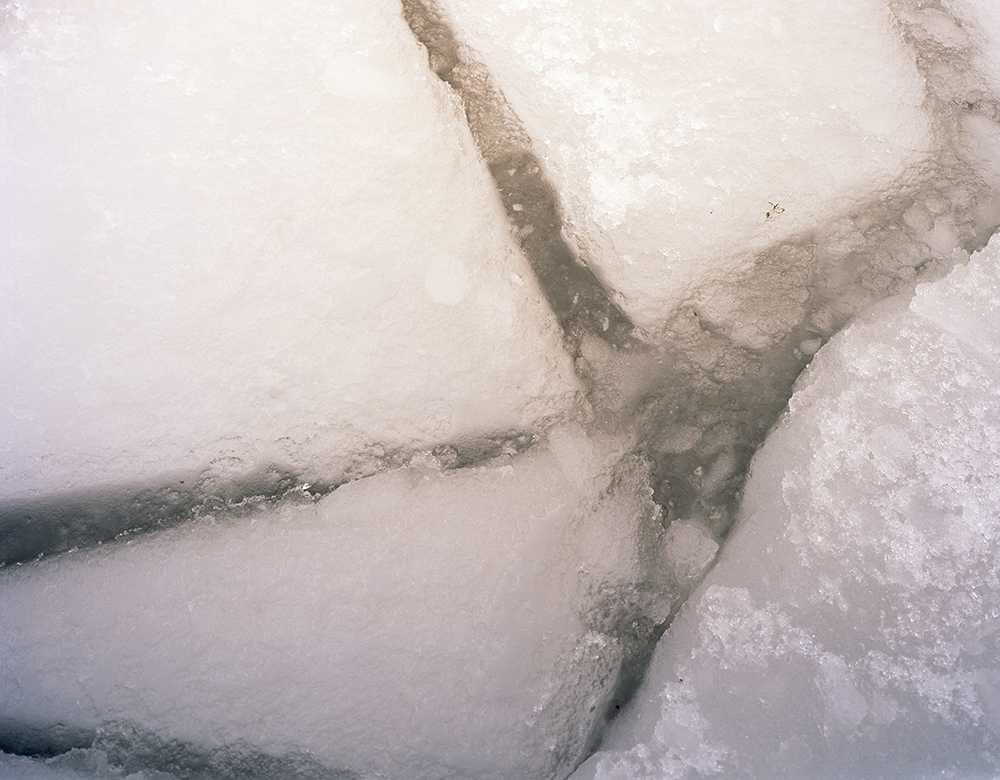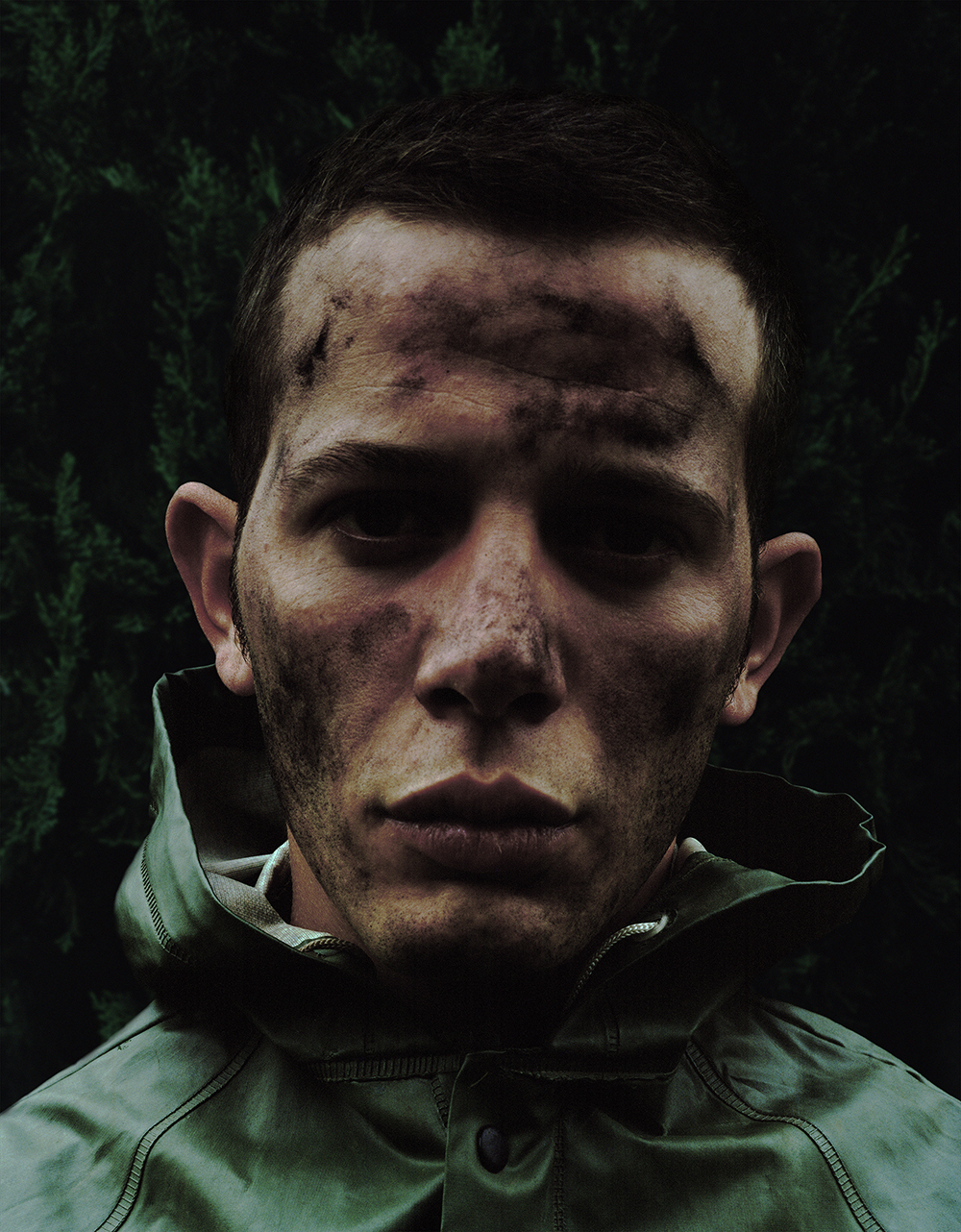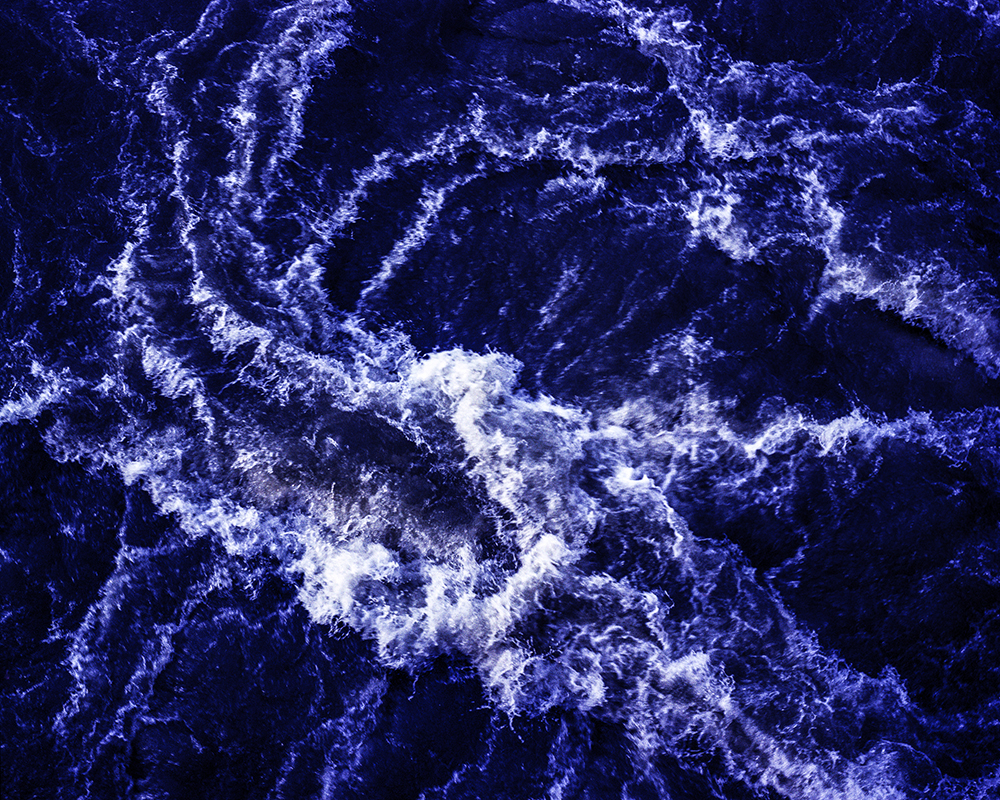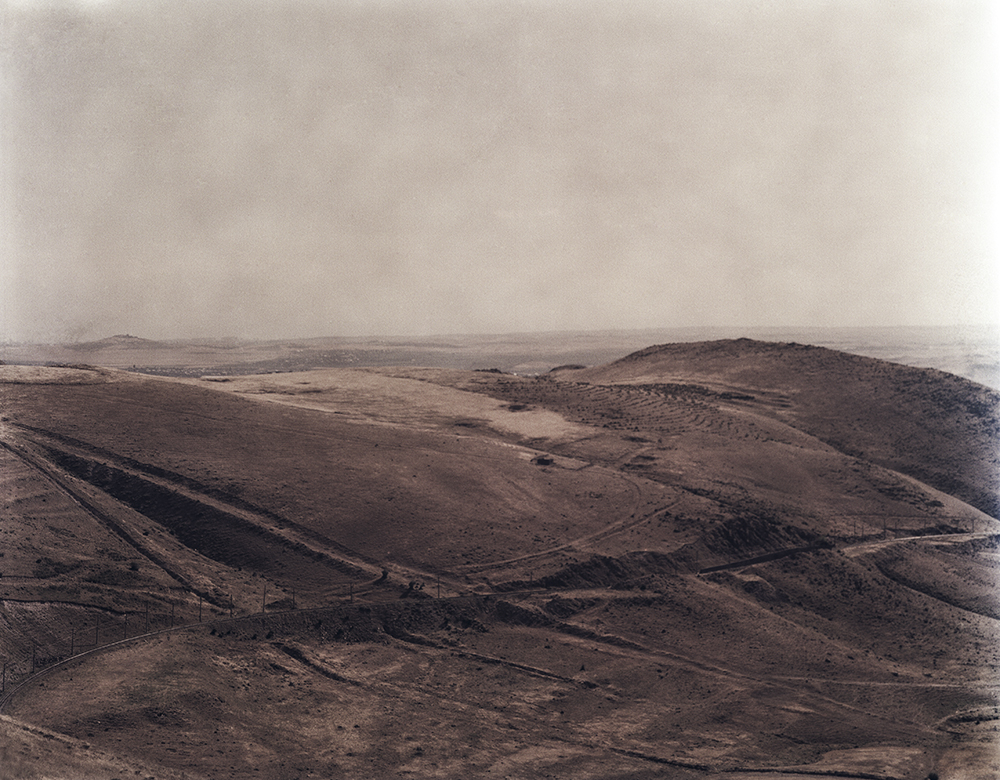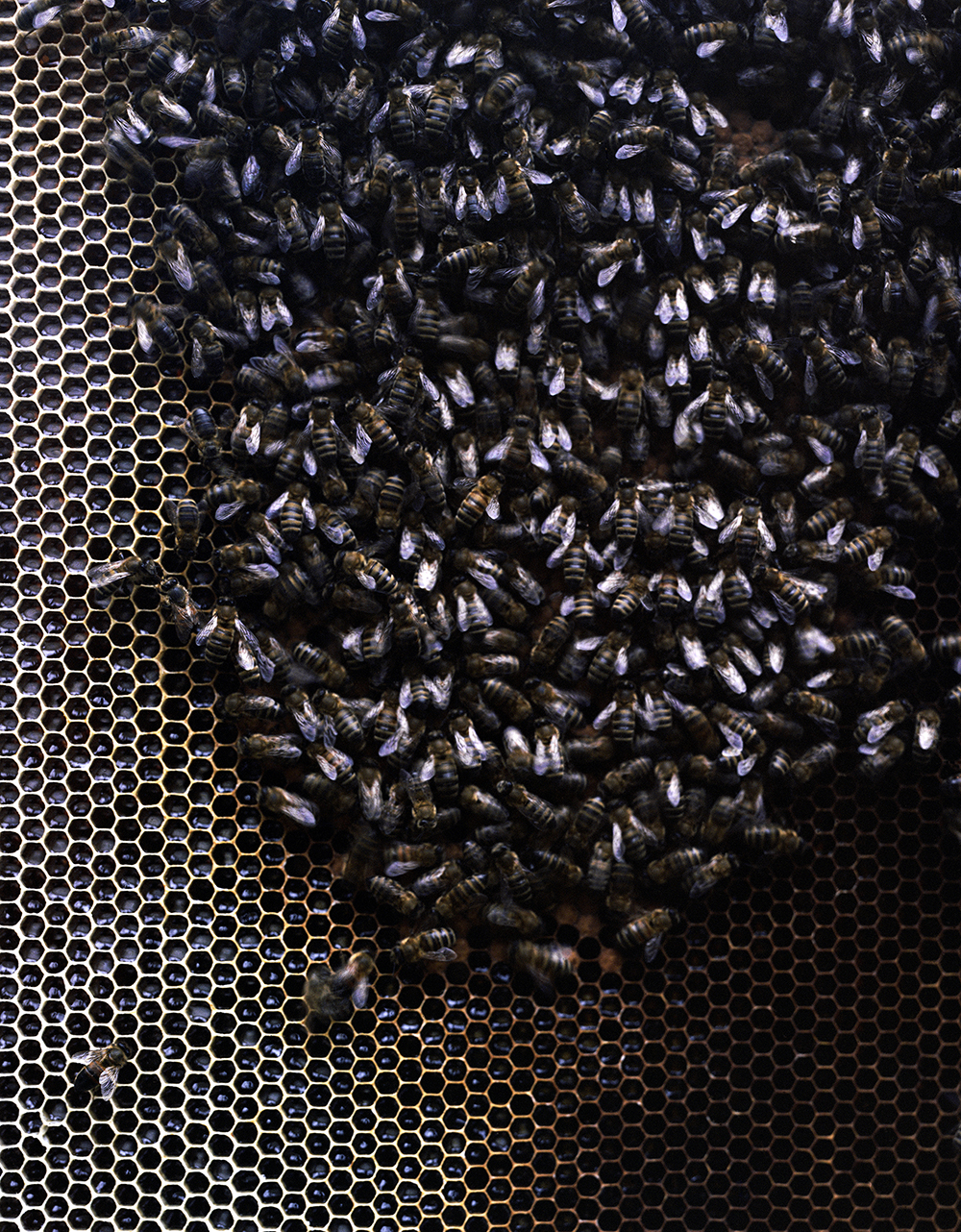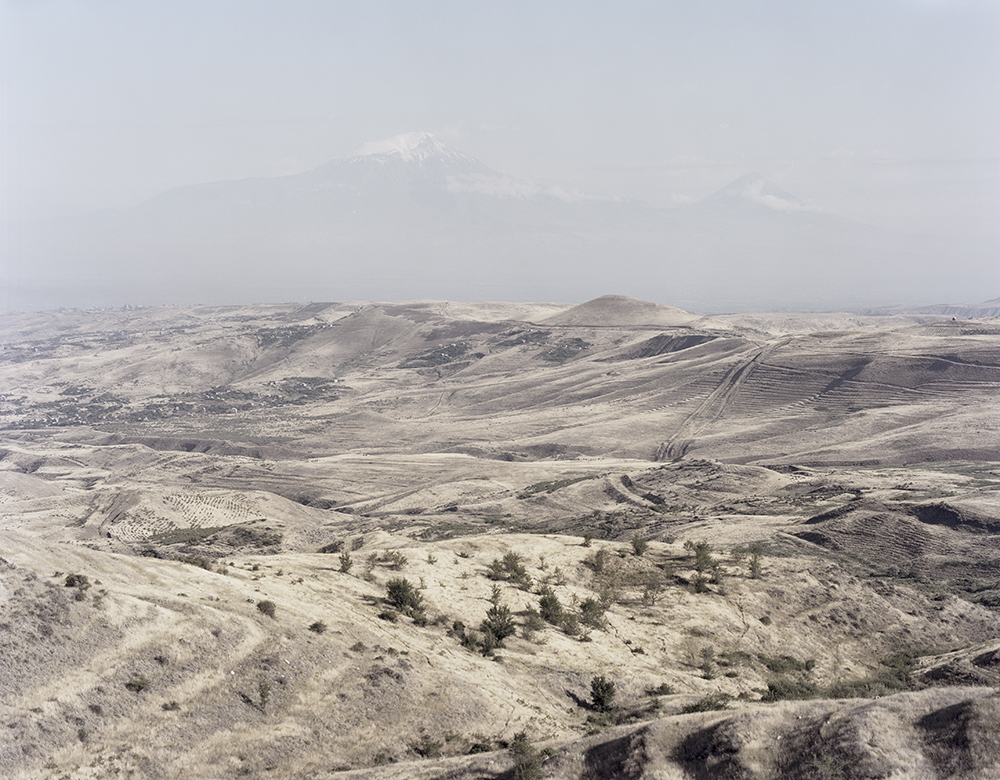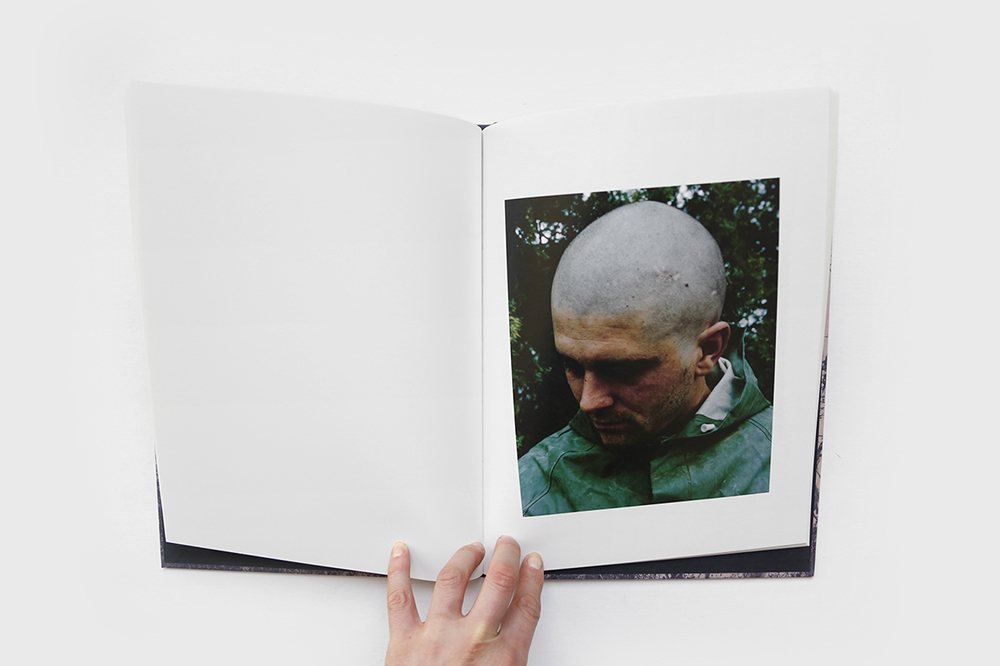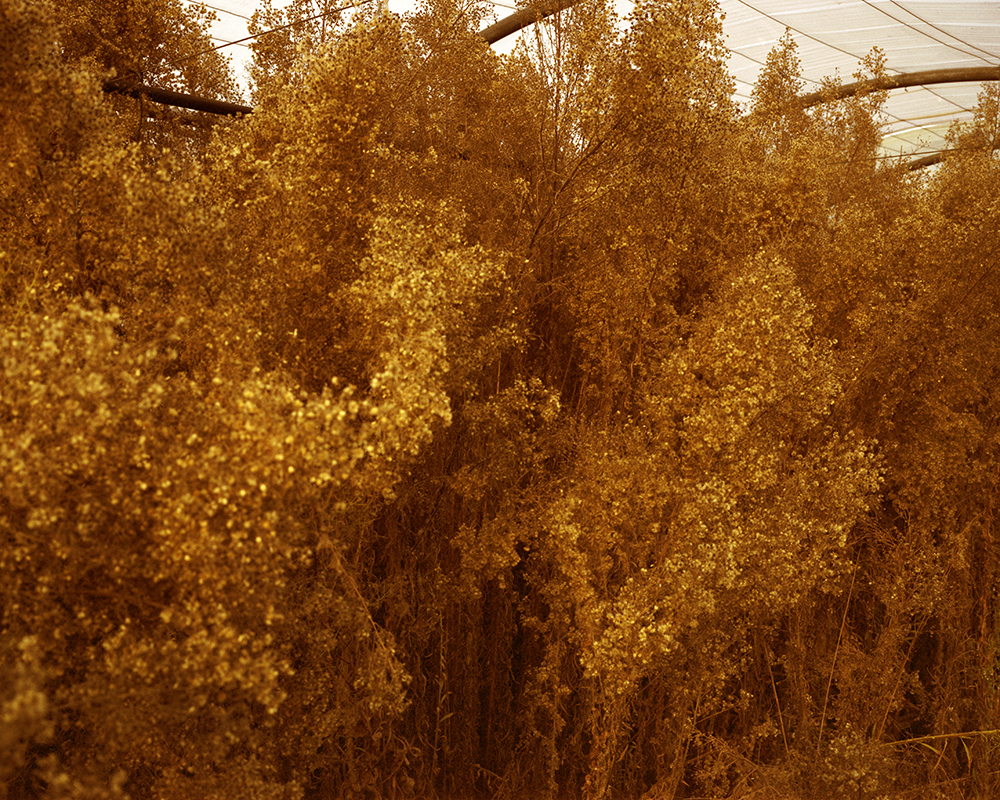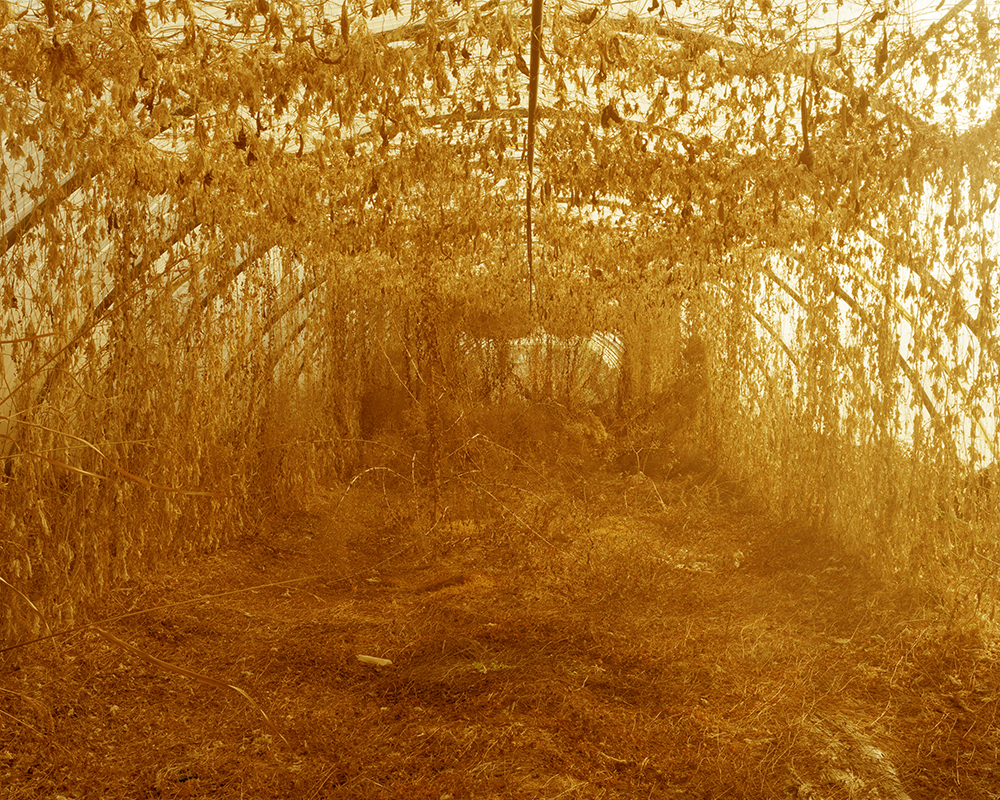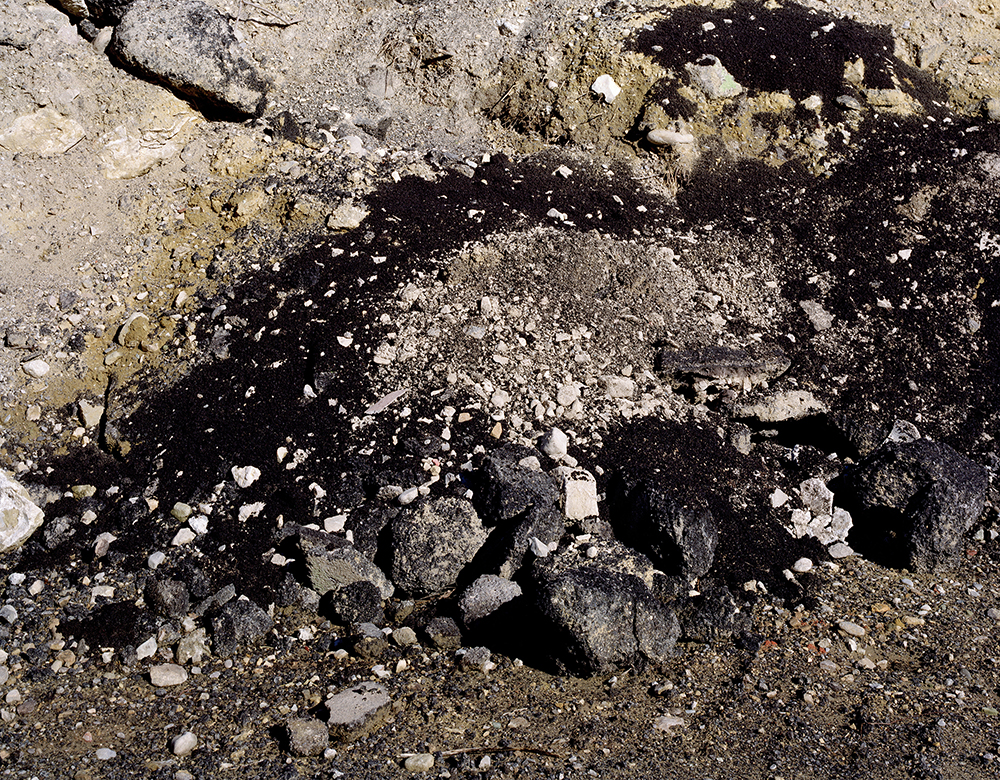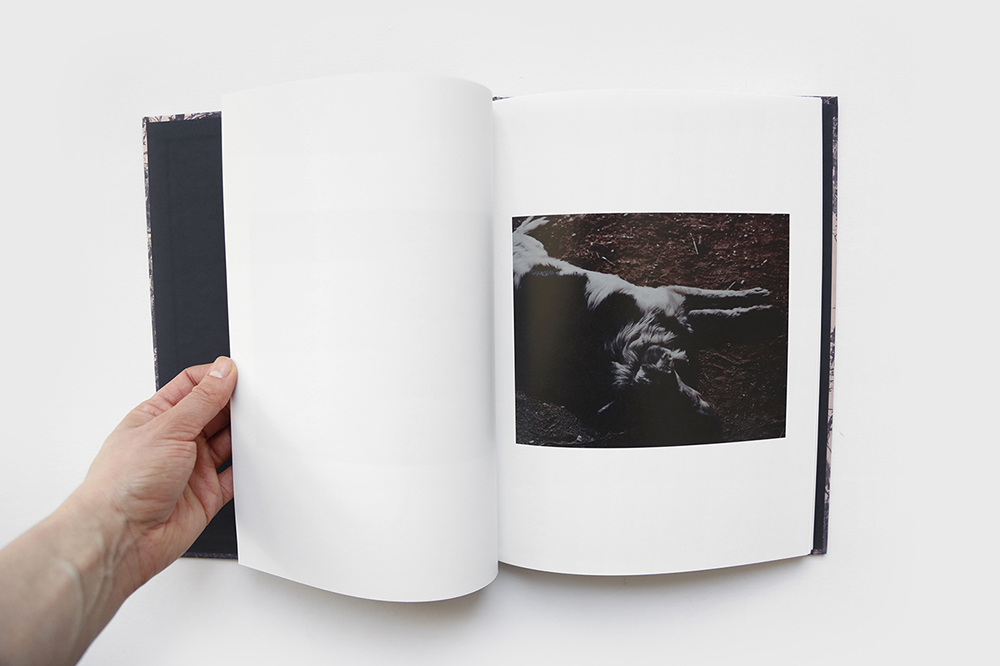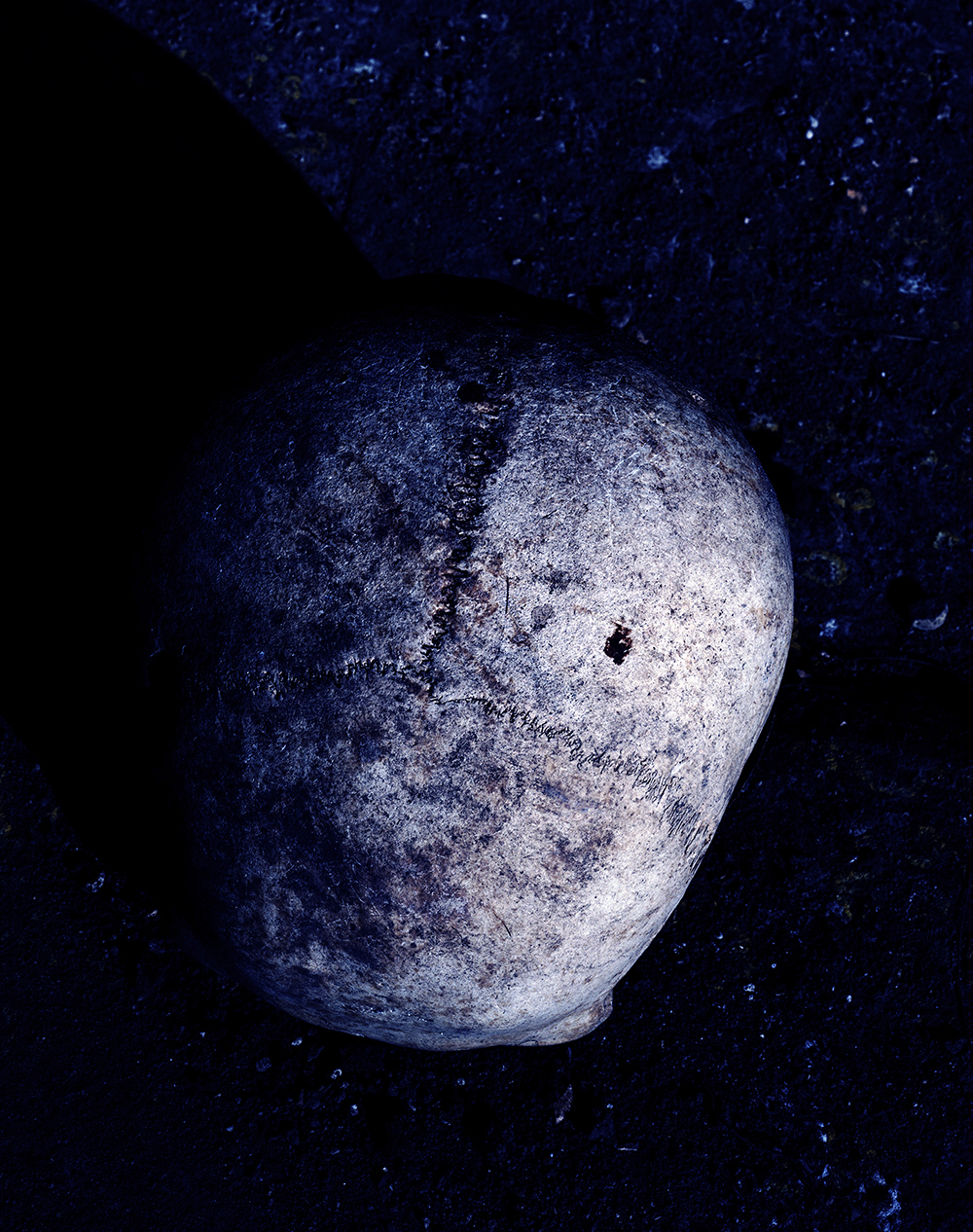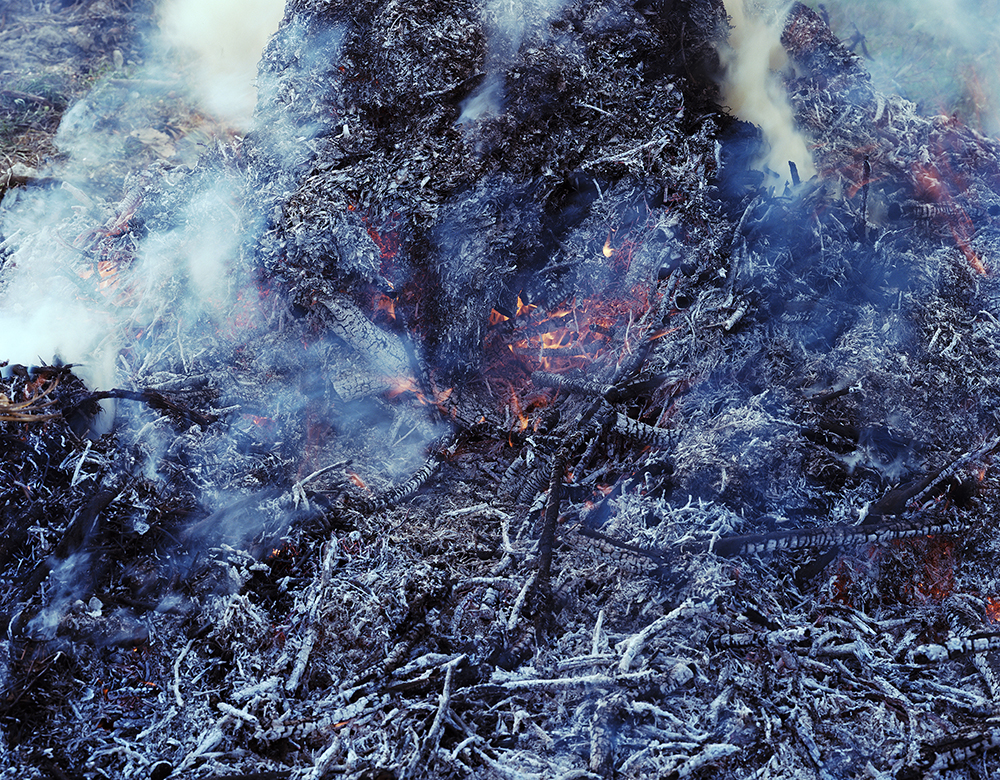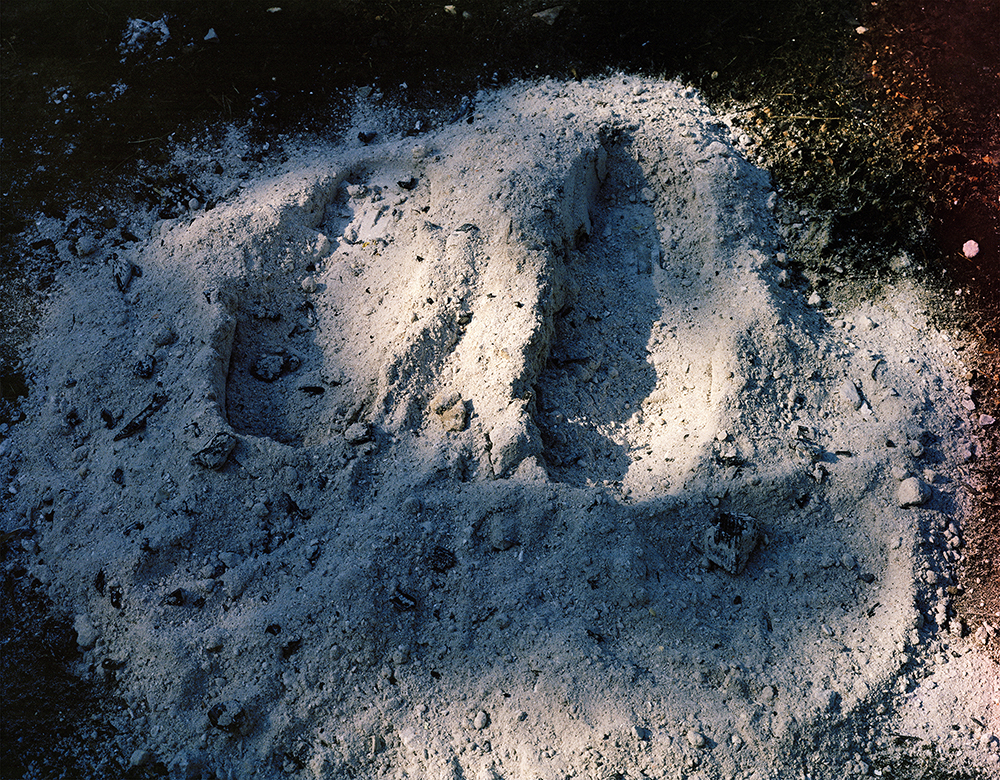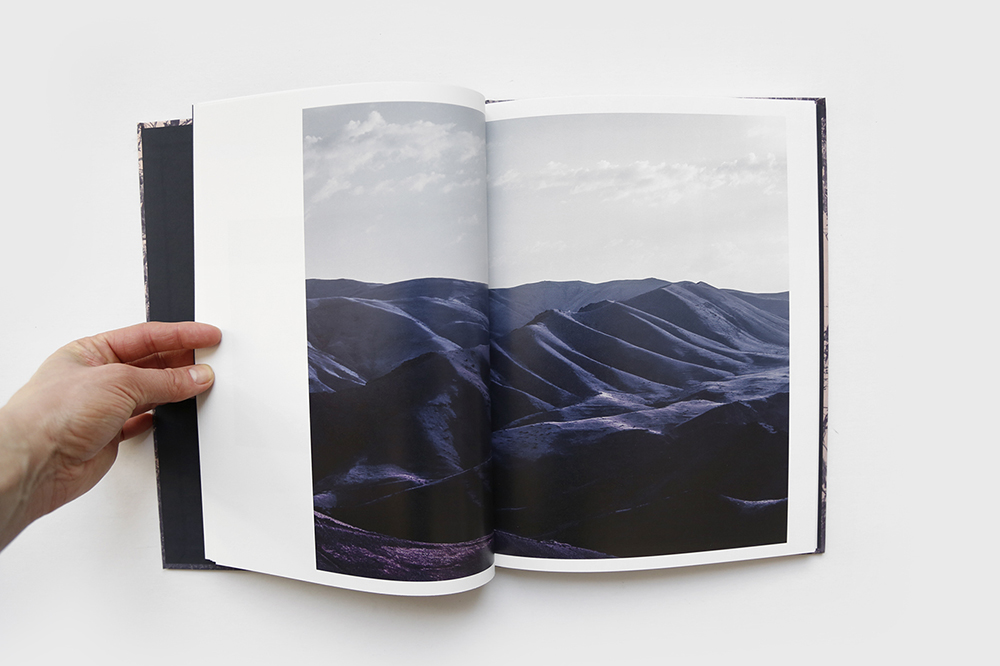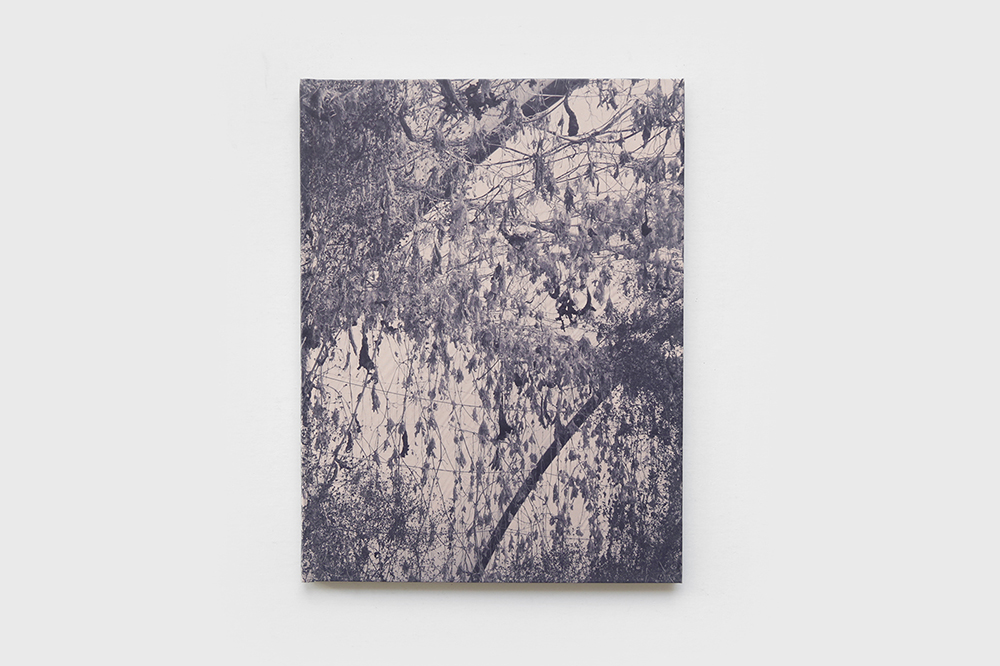Brian M. Cassidy & Melanie Shatzky
Artist Feature
Every week an artist is featured whose single image was published by Der Greif. The Feature shows the image in the original context of the series.
Rebecca Topakian - Gulizar and other stories
Oct 25, 2017
Among all the stories that make up my romantic imagination, Hayg’s father’s is most definitely my favorite. A well known pasterma producer in Constantinople – the best in his field – Hadji Garabet Kevork Topakian fancied a young, thin-boned and light-footed lady, an oriental Gradiva. In the photographs, her head was barely the size of Garabet’s hand, which lied heavily on her shoulder. An Armenian man, through and through, he was her father and her husband, his butcher’s hand, his peasant’s hand, wraped her dainty shoulder and could have, had he wished to, strangled or choked her with this one hand. She was a real life princess, and I would have wished to imagine her wearing a fancy dress with a spangled veil over her face; but instead, there she was, rather ceremoniously wrapped in a heavy, embroidered woolen cloth and wearing tiny shoes, with heavy silver charms hanging over her dark forehead. Something about it was so typical, so dour and full of splendor; rural grandeur.
Her parents had forbidden their love: he was too boorish a man. Against all odds, one night, Hadji Garabet Kevork Topakian crossed, under the moonlight, what I hope to be a sterile hill scattered with shrubs, against the freezing cold of those dry and white winters – Ararat in the horizon as a catalyst of all his desires, the wuthering heights of an austere Orient – and showed off at his beloved’s window. Away she went, gracious as a princess, and she took only one step of her light and elegant calf into her lover’s large hands and onto his horse – an old and heavy animal, most probably – and together they fled to Constantinople.
–
I went to Armenia in 2017, almost one hundred years after Hayk, my grand father, came to France. Born in Constantinople (Istanbul), he never saw oriental Armenia, the territory of what Armenia now is. This leads to the idea of an emotional and fantasized link to an unknown land. Ararat as the horizon, the armenian landscape is a land open for mythological stories and mysterious and intriguing sceneries. During a poetic wandering in the snowy mountains, I went looking for the features of my own family in the bodies and faces of Armenian men I photographed in the intimacy, seeking their long noses and their hairiness, building an imaginary album of possible faces. Questioning my own relationship to my armenian origin, and as a woman, in a patriarchal culture, I also question the construction of masculinity through the bodies, their gestures and postures.
This work was just started in 2017 and is totally in progress : some of the images are fresh out of the scanner from my last trip.
Artist Blog
The blog of Der Greif is written entirely by the artists who have been invited to doing an Artist-Feature. Every week, we have a different author.
Published in:
»Der Greif #10«
Friendships & encounters : Sarah Lowie
Nov 01, 2017 - Rebecca Topakian
“Sixmille,
Sixmille is the post code of Charleroi. An ancient industriel city in Belgium, called “The black city”. Formely covered in coal dust, Charleroi is particular, stange, awkward. A small town where almost everybody knows each other. And here I am, coming from the outside.”
I met Sarah Lowie last summer during Les Rencontres d’Arles 2017. We were renting a house with my friends Christopher de Béthune and Romain Pruvost (Classe Moyenne éditions, who is publishing my book <3), and she was our fourth flatmate. One of our first conversation was about love and love stories. Chris told me about her book and I could not wait to see it, which she presented and signed at the Tipi Bookshop table. I asked her what her book was about. And she told me this incredible story of her falling in love with a rapper in Charleroi, and leaving everything to live with him and his friends in their squat for a few months. “A universe completely different from what I used to know. They made me come with them, knowing I was a photographer. I came back the next weekend, and the weekend after that… Then everytime I could. I started to live with them. To follow their routine, to enter in their privacy. And their daily life. It became mine. I became one of their. They became my family. A world made of parties, lies, laughs, weed, troubles, excitements, manipulations, betrayals, dreams and derision, alcohol… A world built around the present moment. We were enjoying life, fully.” This part of her life seems to be out of reality, full of excitement, joy but also violence, everything catalyzed in a squat in Charleroi. “A way more authentic world then the one I knew before. Intense (…) A world that challenges everything.” What I loved about her book was the sincerity, the humble honesty about it. Her pictures are not of high technicity, nor they answer to pre-made categories of photography (what personal diary aesthetic should be ; what documentary aesthetic should be ; what photoreportage looks like, etc) : she photographed with instinct, offering to the viewer this object that does not fill any categories, halfway between diary and documentary, like her position : exterior and yet part of the squat.
Sarah Lowie studied Photography, screenprinting and engraving at 75 in Brussels, Belgium and during her last year she SIXMILLE. In June 2016, she exhibited for the first time SIXMILLE in Contretype. The work has also been showed in “Boutographies” in Montpellier.
Friendships & encounters : Christopher de Béthune
Oct 30, 2017 - Rebecca Topakian
I can remember the first words I exchanged with Christopher. I was working at Cosmos, the photobook fair of the Rencontres d’Arles in 2016, and he was this insanely tall tattooed guy who worked with Tipi Bookshop. You cannot go to Cosmos and not see him: he is unmissable. Then we had this most awkward conversation: I went to him, asked him if he was belgian, then if he knew the band « Daggers », he said yes, and I said « oh they are my friends » – they were his too. That moment might be when he decided to call me « Black Metal », nickname that he tried to spread in the photobook community. And well, that is how our friendship started. One year later, we were housemates during Les Rencontres d’Arles, along with Romain Pruvost and Sarah Lowie, whom I am going to post later this week.
Chris makes tons of books, zines. Made of his pictures, or of other’s, he just never stops. Though his photography seems to belong to a classical black and white tradition, reminding of a Moriyama legacy, I feel a particular sympathy for his distance, a coldness and modesty that let one enter his intimacy only in snippets. His pictures might be high contrast but still there is a gentleness, something radically personal and solitary, ponctuated with presences, human or animal. His books are small objects, simple in their way, forming together one story of wandering and mystic contemplation. In the end, he might be the one that could be called Black Metal…
—
“This serie is the result of three years of traveling, from the south to the south.
As we lost ourselves in seven countries, from the north to the north.
We found ourselves. We found others. We bonded.
Dawn over dusk, the unknown road was still ahead, and us, still vulnerable.
This serie is firstly and above everything a love declaration.
A love declaration to the one who took me out of my backyard, my comfort zone.
A love declaration to the one who put me out there, face to face with the plains.
And the plains was favorable to us, as the stars we traveled under.
Three years becoming three thoughts, the urge to saddle up is growing inside, one more time.
One last time, again.”
Christopher de Béthune about his serie Outlands.
—
Christopher de Béthune was born & raised in Brussels a long time ago.
Autodidact in photography since not so long ago.
Prowling without a cause and worshiping the japanese grandmasters as a daily routine.
Old camera lover, fanzine junkie, film aficionado, black and white devo, yes you can call him a fanatic.
Friendships & encounters: Lucile Boiron
Oct 27, 2017 - Rebecca Topakian
One of the guidelines I wanted to apply for my guest blogging was to invite photographers to talk about works in progress, about their process and their doubts, because I feel like we see too much of perfect works with perfect statements which leads us to think those artists are creative geniuses. It was hard to find artists who would accept to show this vulnerability, but Lucile said yes!
Lucile and I have been friends for a very long time. We met in the first photography school I attended before moving to Arles (France), and we sticked together in order to put up with never-ending chemistry or physics classes which made us think we would die of boredom. At that time, our photos were naive, young, and we didn’t know shit about what contemporary photography was. I left this school after one year and we didn’t see each other much, but we always shared our works. For years, we have been there for each other, giving advice, critics, and encouragements.Whenever I scan new films, I immediately send screenshots to her and wait for her « yes » or « no ». Lucile always had a tendency to photograph her family, her sisters, her mother, even before we met at school. While one could say my work tend to a fascination for masculinity, hers is definitely leaning towards the feminine side of the spectrum, so I guess we have a good balance between us!
I love all of her projects, but I always had a thing for this project in particular. There is something mysterious and tense about these bodies, at the same time intimate and distant, something powerful in these women of different generations, that always makes me fascinated by her images. To have an idea for a work and make it can be easy, but what is trickier is letting your subconscious guide your work, lead you to things you didn’t even know you had inside, and then make something of it. That’s what Lucile did with this work, following an instinct and photographing her family every summer, while she had other projects going on, and making something definitely personal and intimate. This is the kind of work for which you need no explanation, no “what exactly does she want to say with this”. I nurture a secret hope that she will make a book of it, and I’ll be the first to buy it.
Now I let Lucile talk about her work :)
—
“This serie (Des Corps) is a kind of family album transcribed through the prism of flesh. I always feel a mix of fascination and anguish in the face of the inevitable aging of bodies. It’s very difficult for me to produce a speech on these images, because these are very intimate, very raw, and undoubtedly revealing of my own disorders. If some pictures may seem cruel at the first sight, I see them rather as proofs of the visceral love I feel for all these women. It’s quite paradoxical because we don’t touch each other in my family, I guess that took all these very close up portraits, it’ s a way of transgressing this physical barrier. As it is still an embryonic project, I begin to think of the different possibilities of showing these images. The rendering of the organic matter is essential, so I would like to test different print process like the Fresson, to avoid the smooth aspect of classical prints.”
—
Lucile Boiron studied Applied Arts before turning to photography as a natural step when she attended the Ecole Nationale Supérieure Louis-Lumière in Paris. In 2016 her work takes a new turn, with new series like Internet Romance and Young Adventurers chasing the Horizon, opening a reflection on the possibilities of the photographic medium in art field. She explores hybridization process between different mediums, considering images as a building material. She actually lives and works in Paris
Friends & encounters: Marine Lanier
Oct 26, 2017 - Rebecca Topakian
Pictures © Marine Lanier
Photos of the book © Tipitin
So Marine Lanier’s work is the subject of my first guest post.
I decided the guideline of my posts would be friendships and encounters. There is so many great photographers or artists I could talk about, but I think personal relationships are the ones that truly build one’s work more than any other influences.
My first encounter with Marine was quite funny. I was at the photobook fair called « Le Bal Books Weekend » at le Bal, Paris, talking with my friend Benjamin from Poursuite éditions. I was drawned to a pink-mauve mysterious book on his table called Nos feux nous appartiennent. When I opened it, I was thrilled by both its simplicity and accuracy: no defined subject I could name with a word ; no determinate location ; none of those mimic one can find in contemporary photobooks (you know, when it looks great at first then you realize it’s just again one of those books that mixes up document and poetic arrangements and a few stones in a photo studio and you feel that you saw that 1000 times?). There’s a poetry in her book, a simplicity – you feel that she very precisely touched something while it still looks vague in some way. It made me think of Virginia Woolf’s writing, as in The Waves, when you don’t understand anymore who the narrator is but you allow the book to lead you to an unknown place. My friend Pascal Amoyel told me « do you like her book ? There she is ». I told her I loved her work, and she told me she also knew and loved my photos from Palestine. We talked for a bit, then she told me she made the landscapes photos in Armenia, to which I answered I was going there two months later. I didn’t know at that time how she described her work, then I read later an interview in which she talked about familial mythology and imaginary places – which is precisely what I work on since my series « Awaiting Oblivion »: there were so many subjects, places and visual bridgings between us ! I must admit I felt like I met my photographic-soul-sister. I totally fell in love with her work and consider her as an example of what a good contemporary photographer is: in control of her work, yet allowing the incident to take place. She knows how to use the suggestive and poetic power of photography, embracing its potential to show what words cannot name. This book was definitely my favorite of the year.
Now let us hear Marine Lanier talk about her work:
“Nos feux nous appartiennent” gathers together different series that have been echoing each other since 2006. This collection explores the theme of the clan and by extension the concept of belonging, through the narratives that run through it and the remote imaginary places that family legends recount.
The word “clan” comes from the Gaelic word for family, or offspring. It also derives from the Gaelic word for sprout and thus speaks to us of branches, roots, ramifications and fragments that resurface in an obsessional manner.
I come from a family of gardeners, landscapers, plant breeders, horticulturists, and florists. For five generations the men of my clan have organized space, and sought to maintain and discipline it. They have pruned trees, carried off and burned plant waste; kept a watchful eye over fires; towed away roots; raked the leaves of yards littered with gravel; planted hedges; delivered flowers; adorned funerals, baptisms, birthdays and weddings; and participated in all the rituals that shape lives. The scent of orange blossoms has a transfixing effect on our family. Its perfume leaves us stunned and brings to mind withered flowers, green moss, sheared stems, and rising sap.
Fire is the crux of this structure. It is a highly symbolic catalyst that acts as a rallying force. The landscapes of Armenia are made up of great charred deserts, military viewpoints that are depopulated of bellicose events. They are places of gunshots and lookouts, spots from which shots are fired. We see my brother’s soot-covered face; the injured hand of a wine-grower’s hand, a repository of the outdoors, injured from a friction burn. We see the sequences of the birth of a brazier fire until its extinction; the family greenhouses invaded by lush vegetation from the southern hemisphere, vegetation that is dry and scorched, covering hectares that remind us of the flight of boat people from Vietnamese. Something grabs our attention: a radiant light shines upon our faces, a shadow flickers across our skin. The heat holds us back at the edge of the circle. The fire envelopes us with its strong, pungent, charnel, definitive smell. The brazier is a luminous, radiant magnet whose sparks writhe up into the surrounding fog. We stand in silence, hypnotized by the height of the flames. This goes beyond the joy, drama, passage of time, ancient tales, words that are torn from life. All this takes place in the immediacy of the element. We know that it is no longer necessary to cry out, to compensate for the absence of words, to howl in the darkness. We now can imagine the beauty of what is unspeakable, the strangeness of the unnameable, the open spaces of what is unthinkable, the distant tragedies that escape, flee, yet circulate through us.
Born in 1981 Marine Lanier lives and works between Crest and Lyon in South Eastern France. After studying geography, literature and cinéma, she took a degree in photography at the l’Ecole Nationale Supérieure de la Photographie in Arles in 2007. Since then she has worked on a mixture of public commissions, teaching and personal research projects. She regularly undertakes commissions on the themes of territory and landscape, most noyable for the natural heritage department of the Drôme department and with the photography collective « Les Climats » Her work is regularly exhibited in France and abroad.


